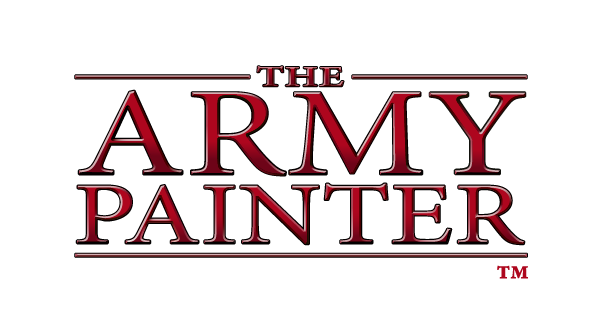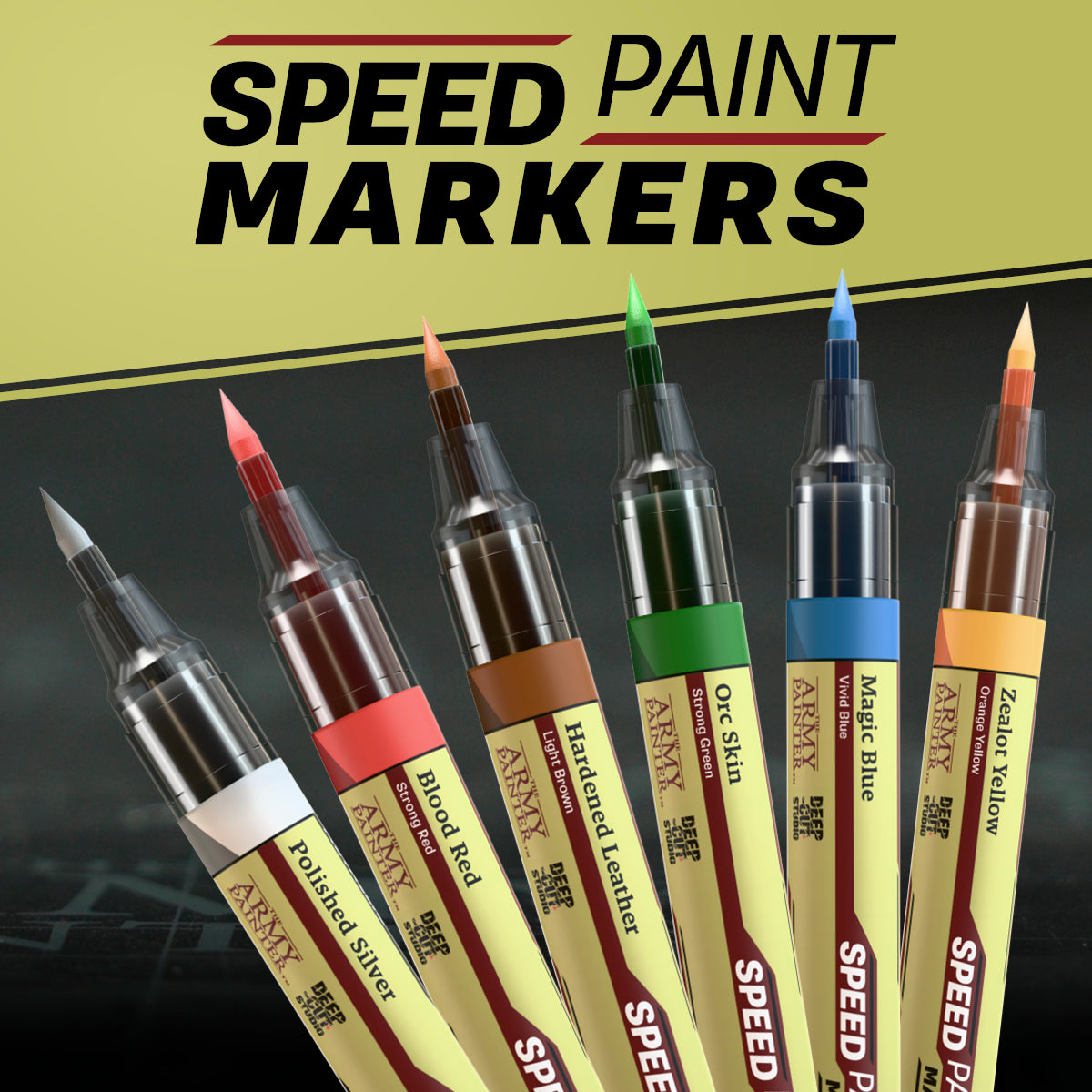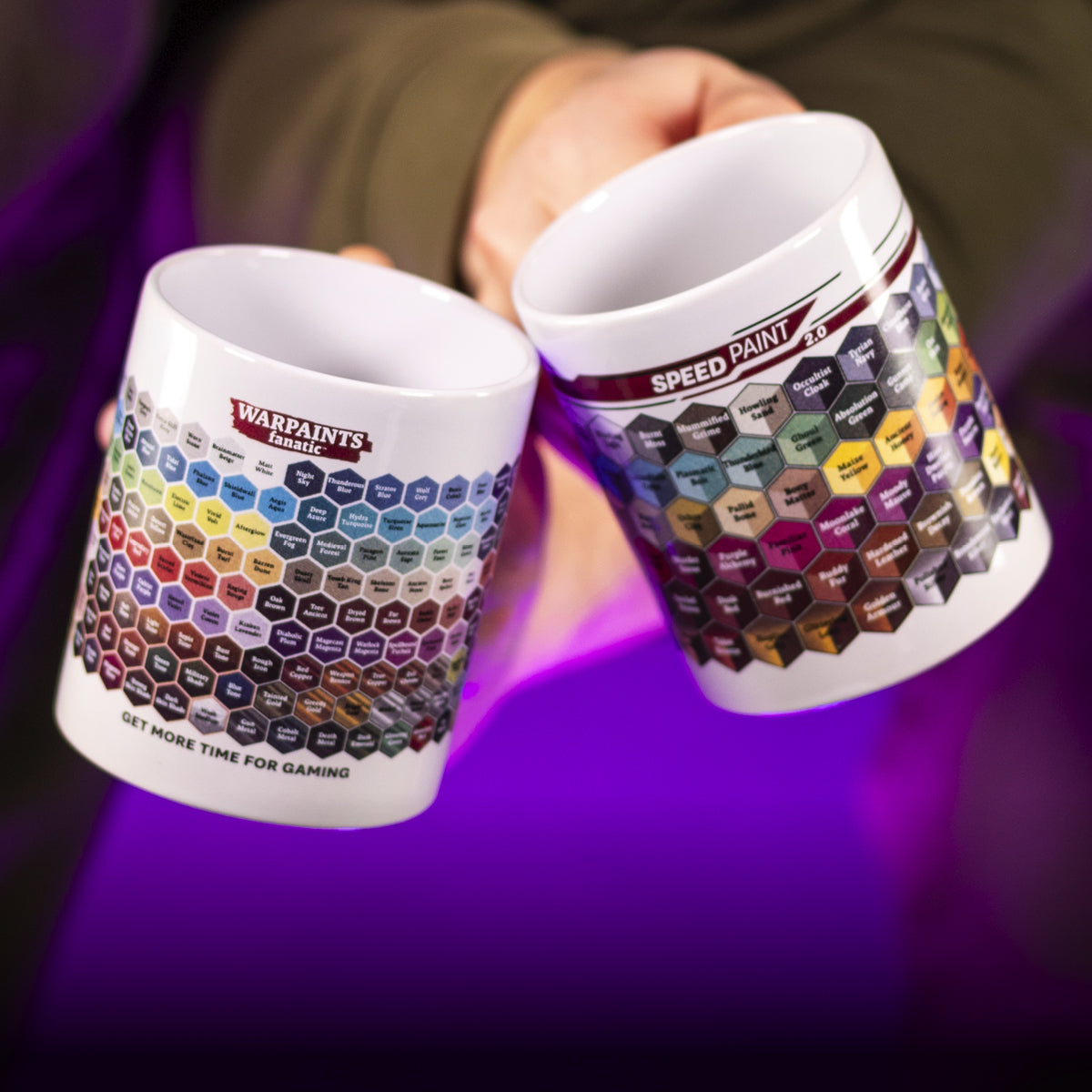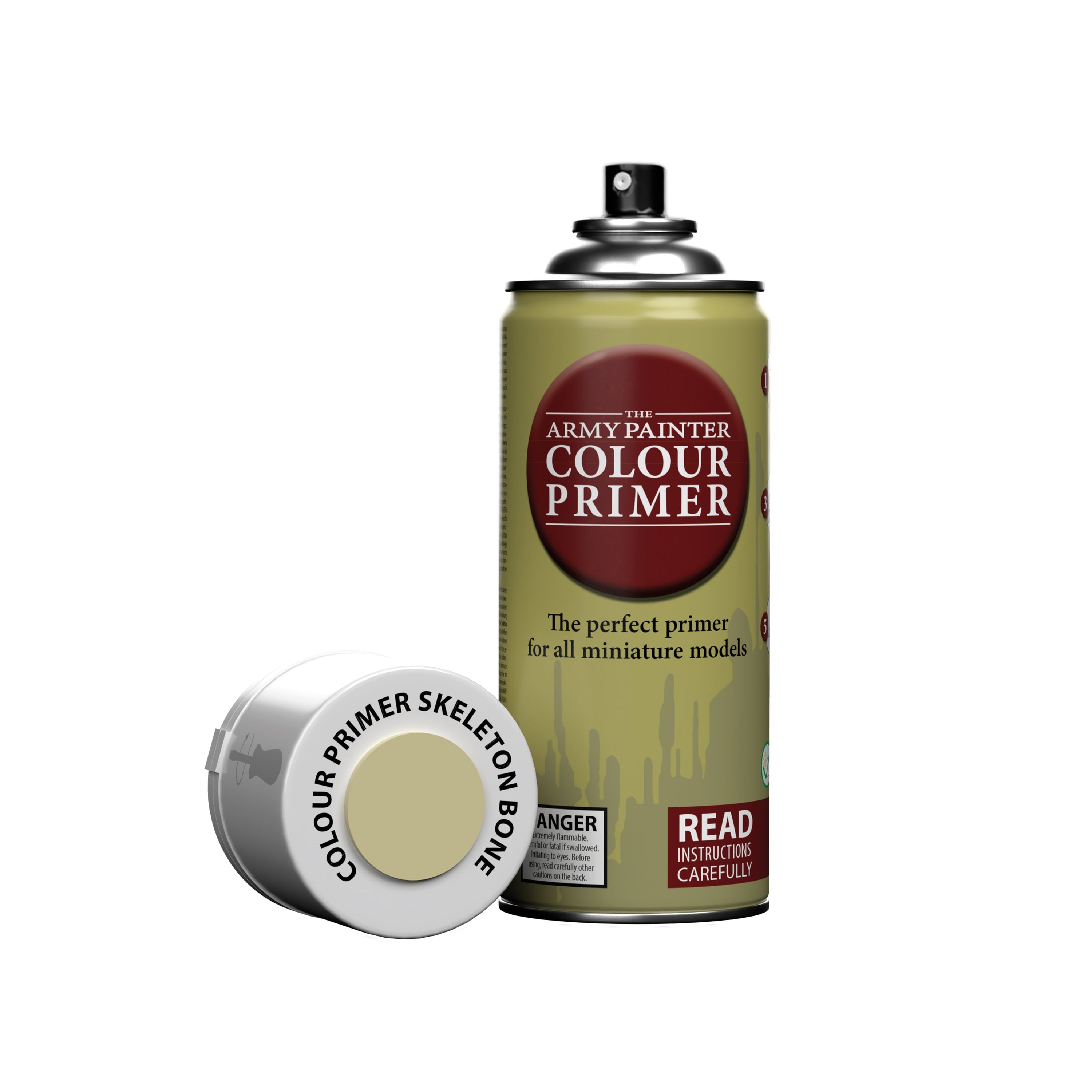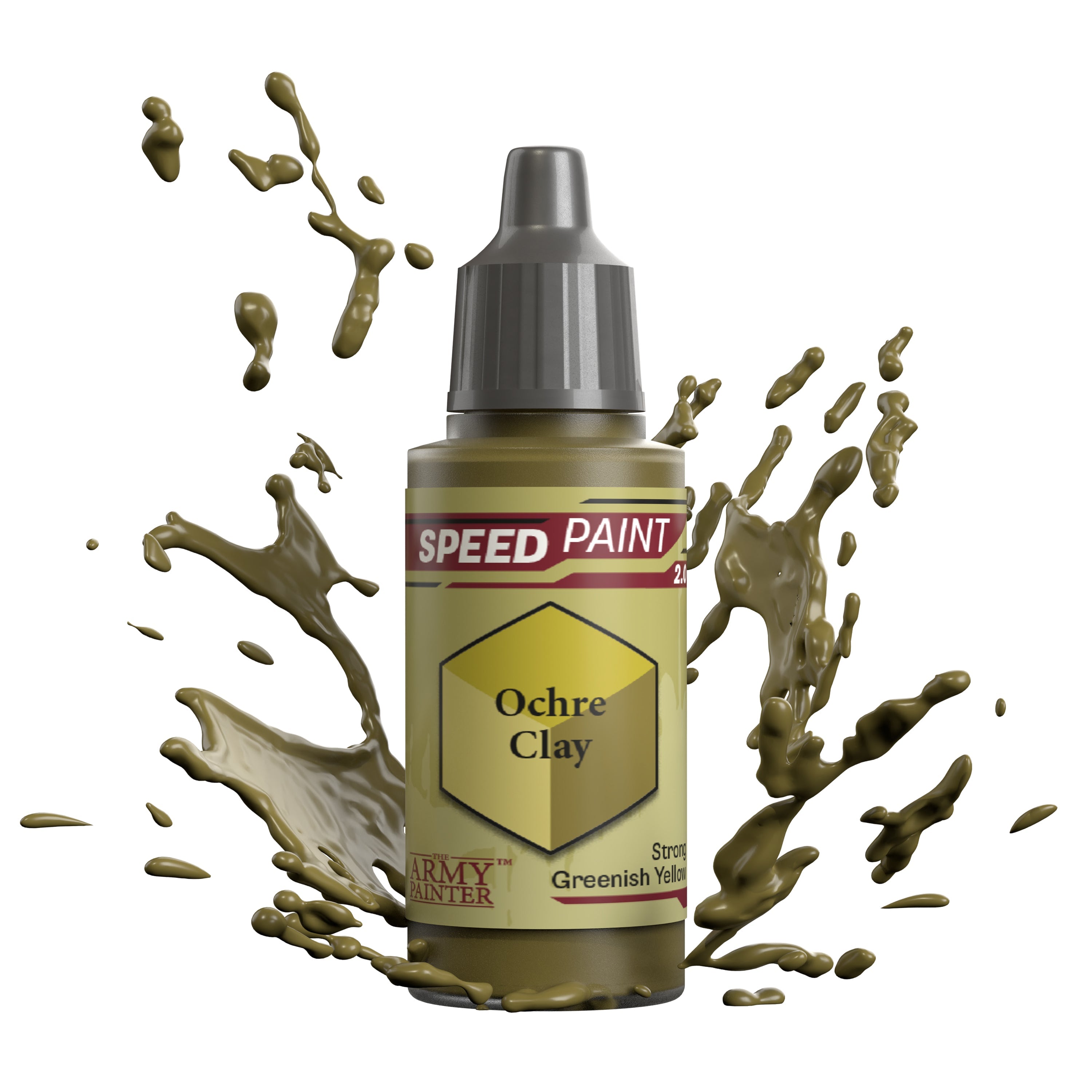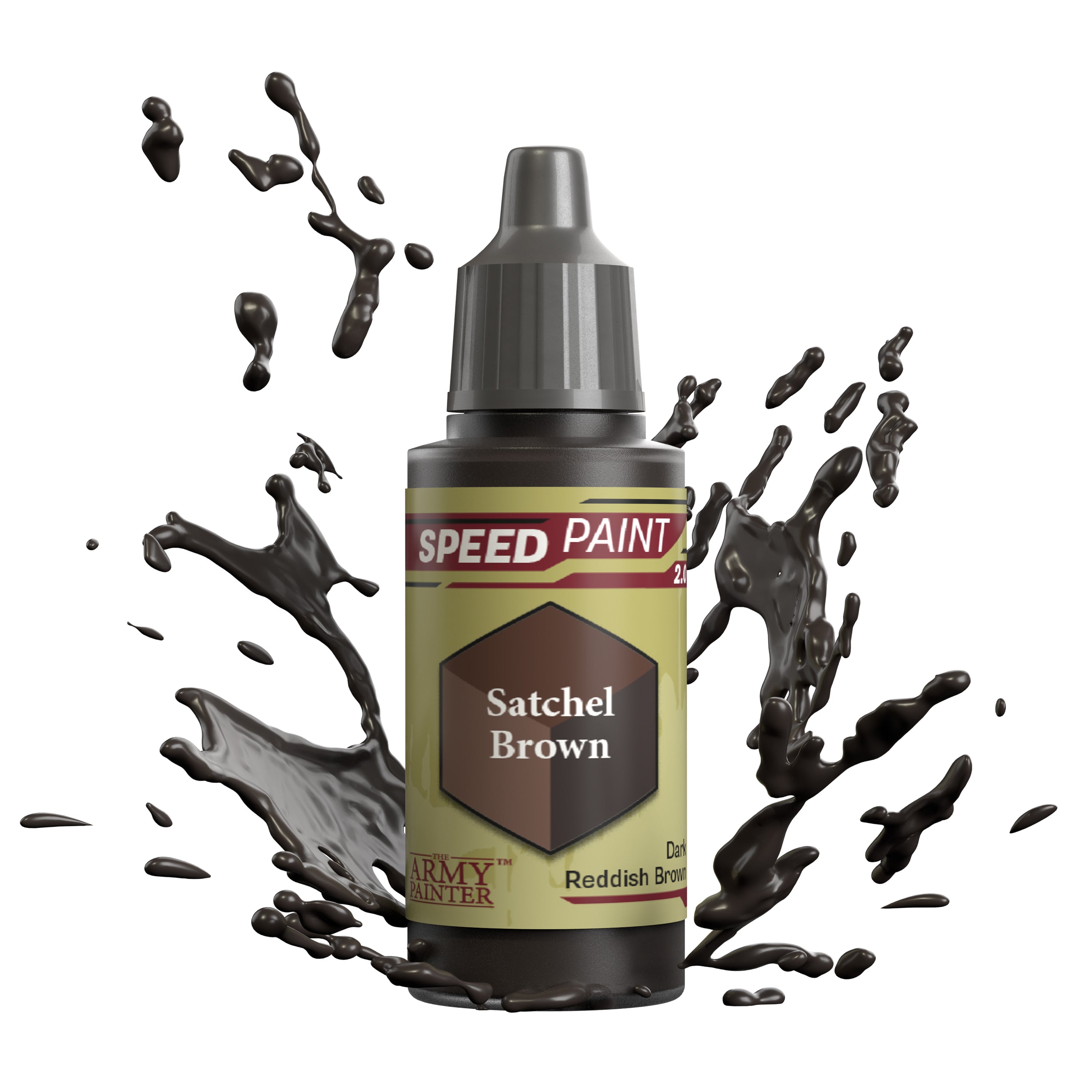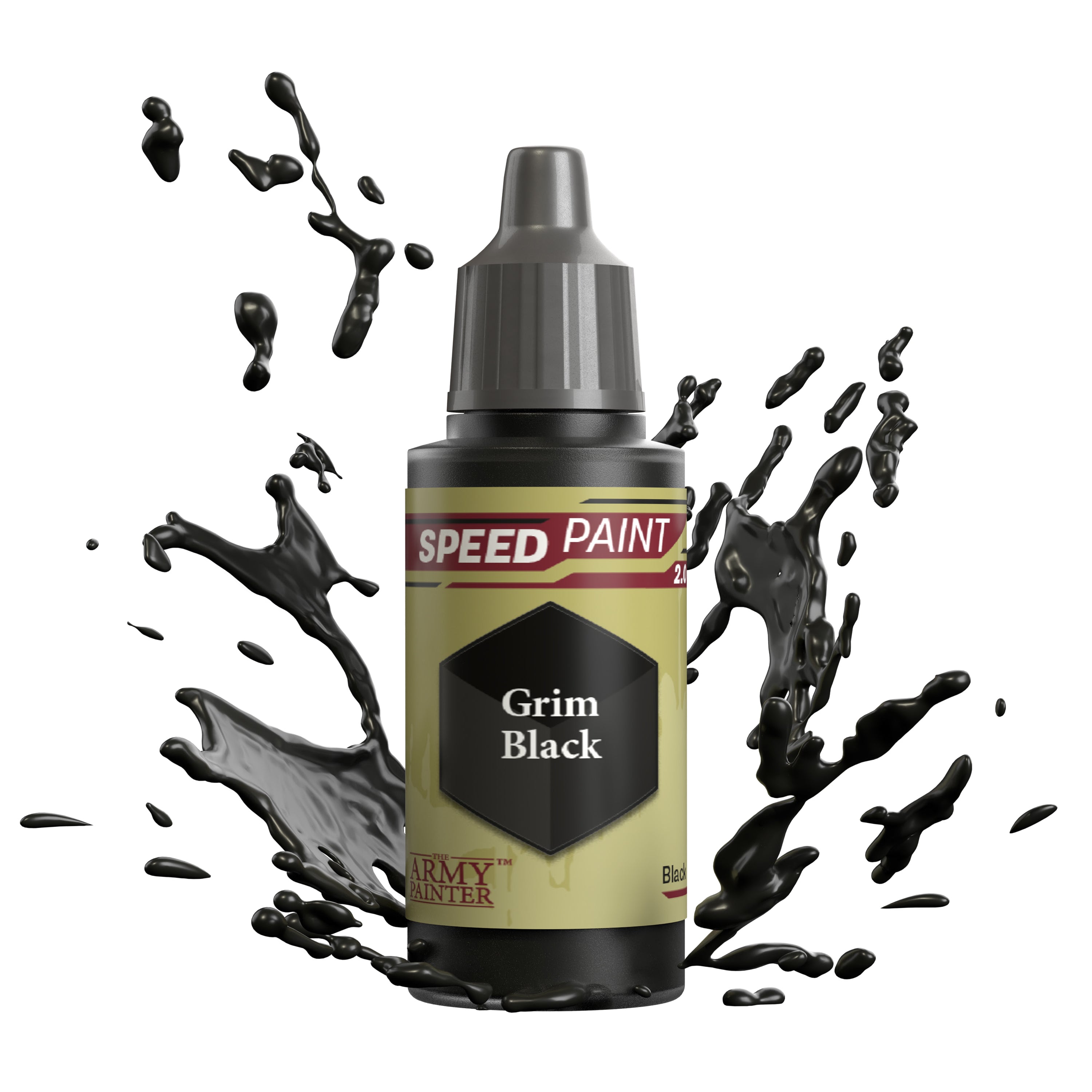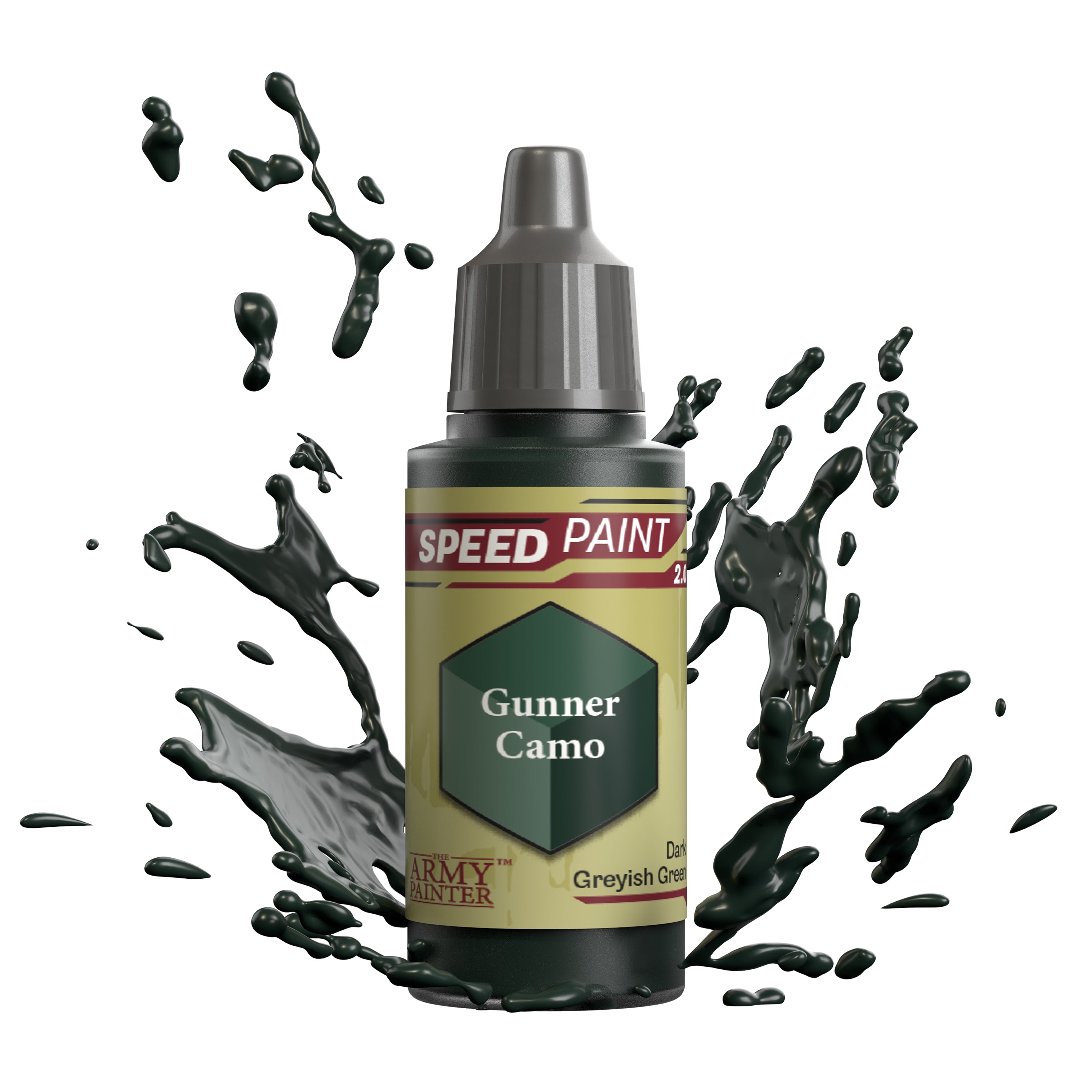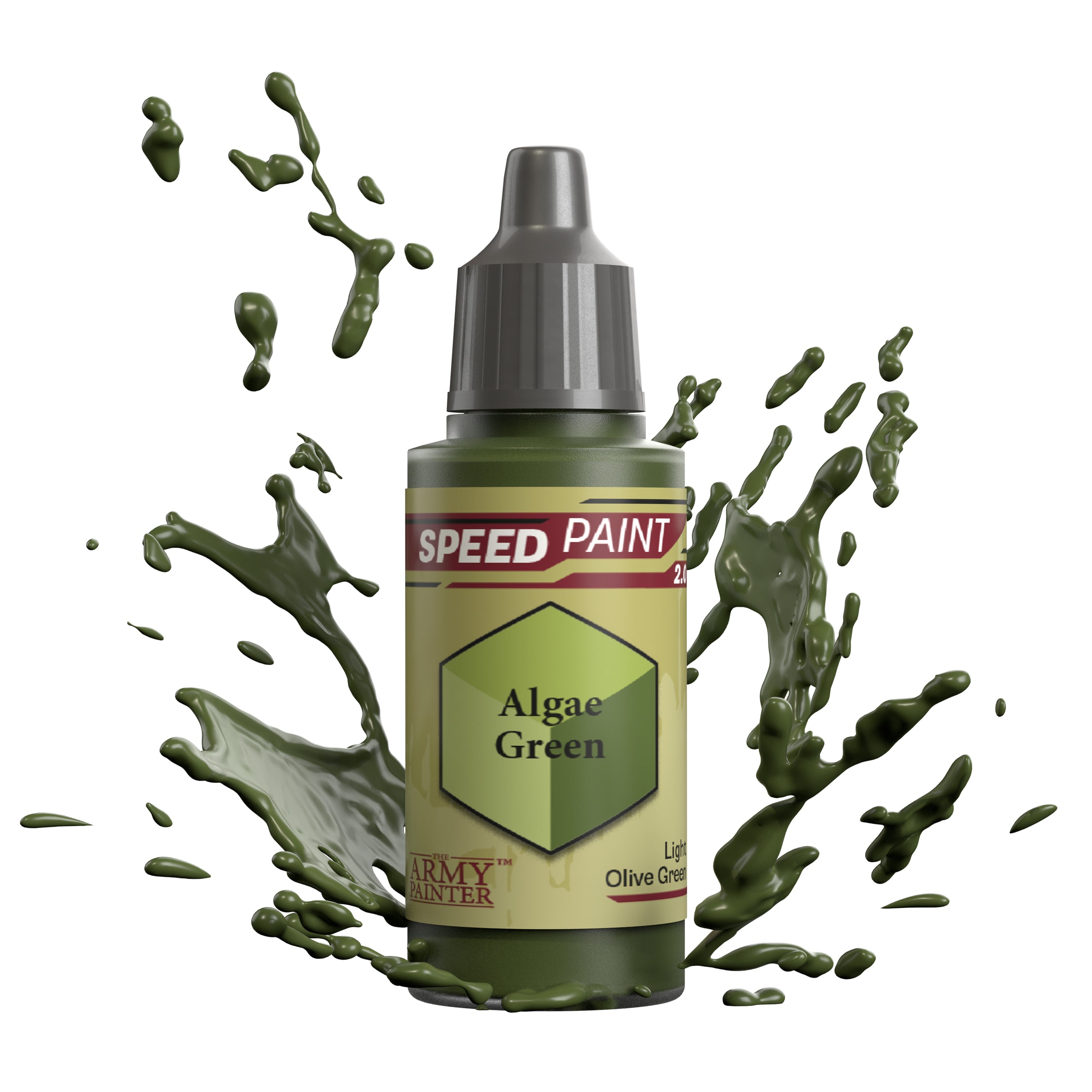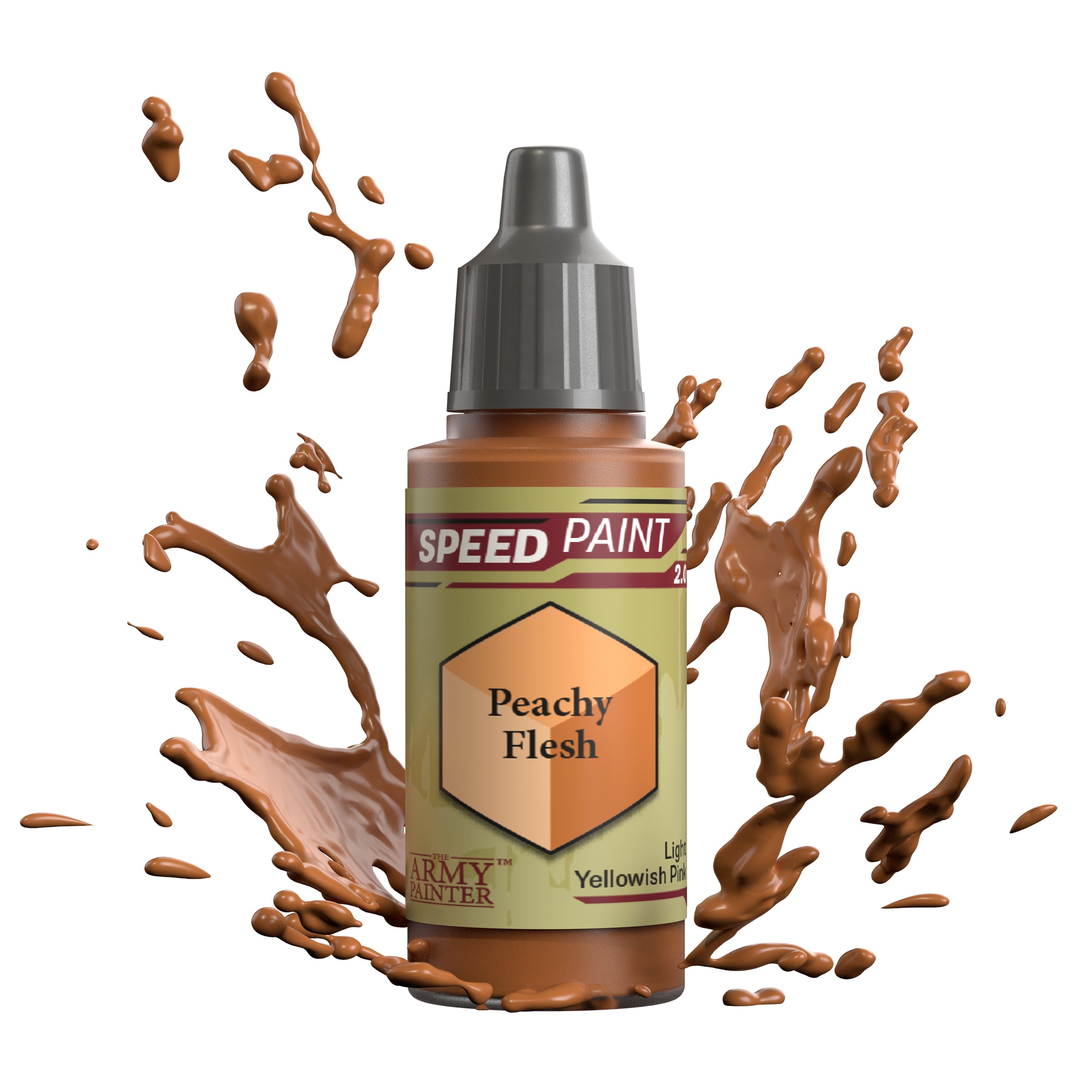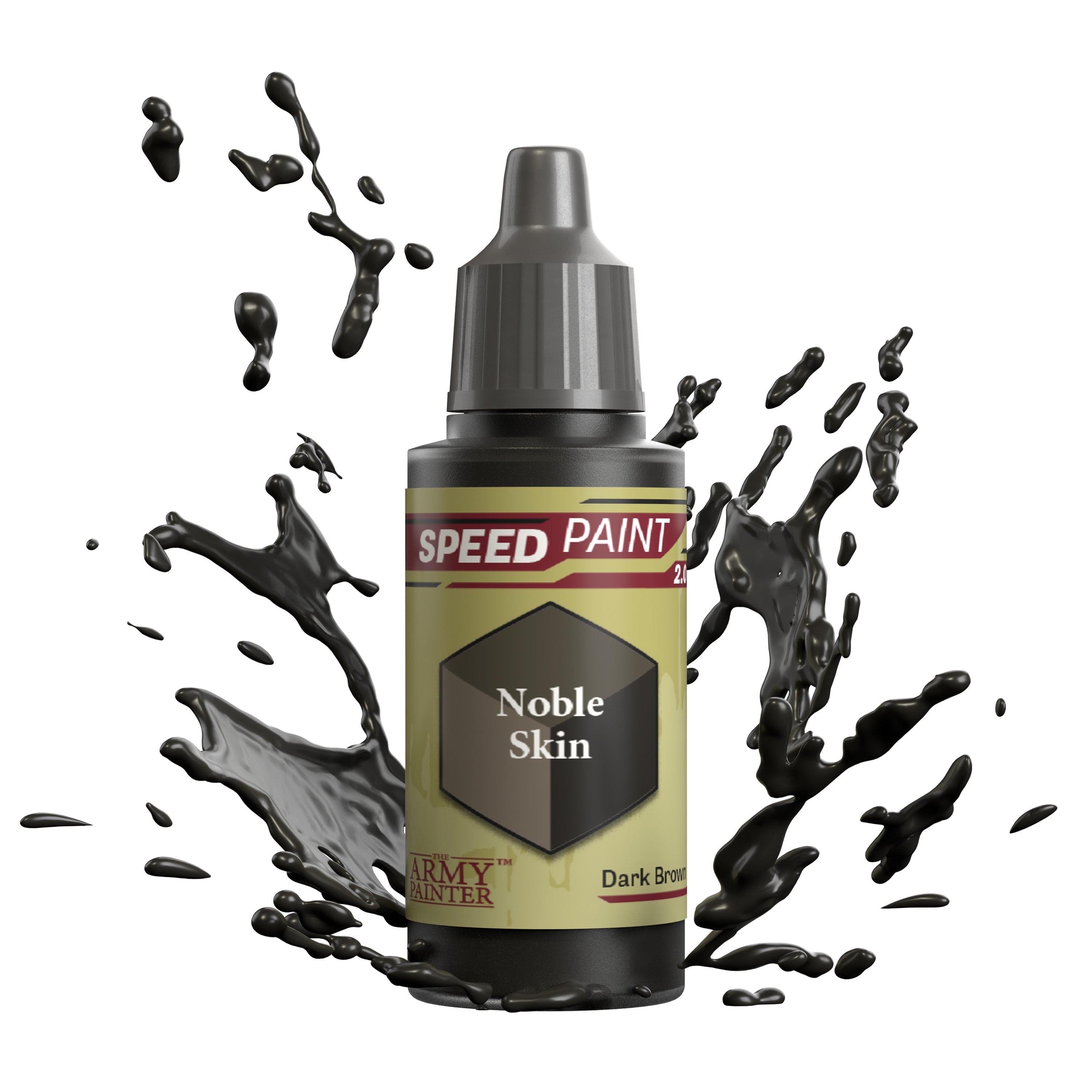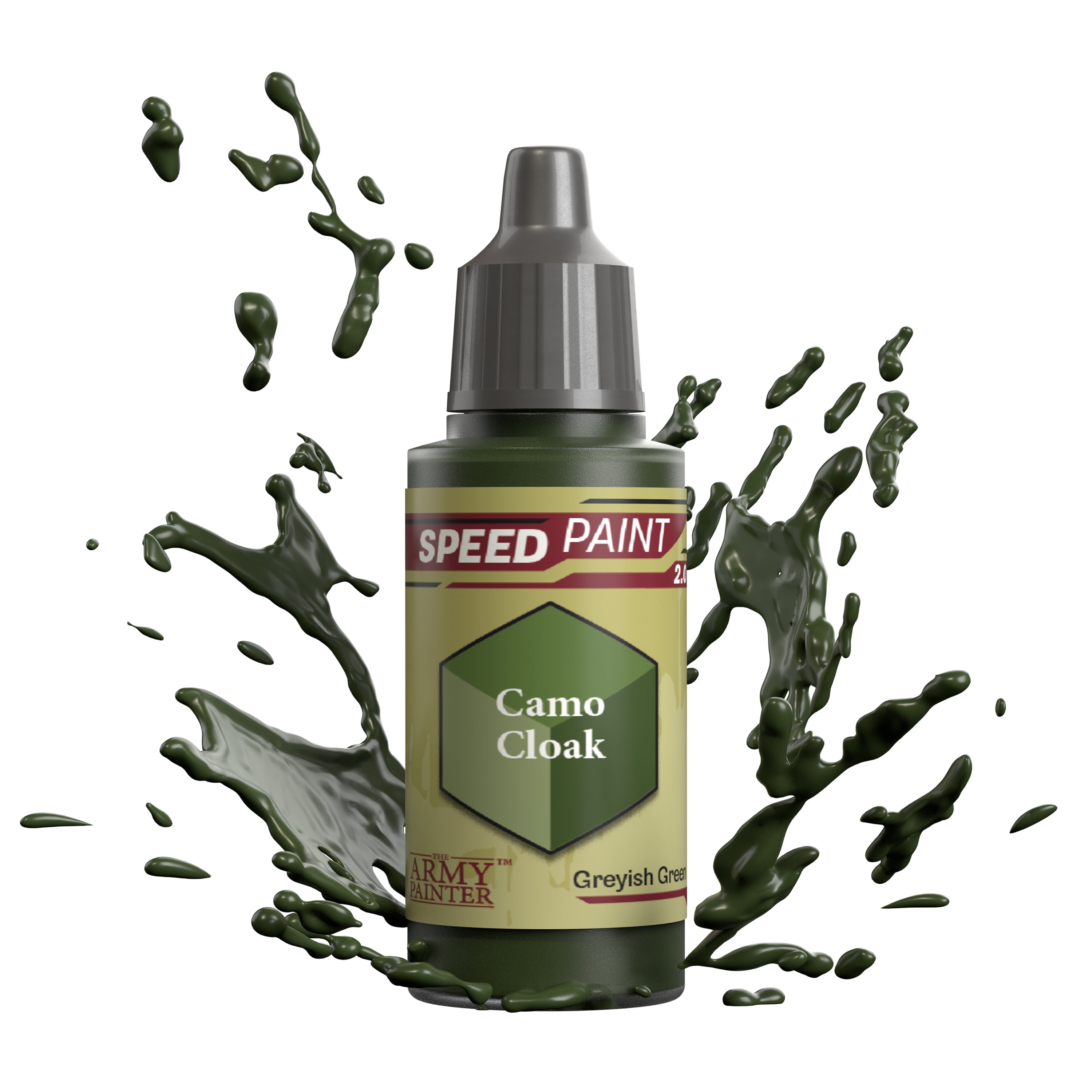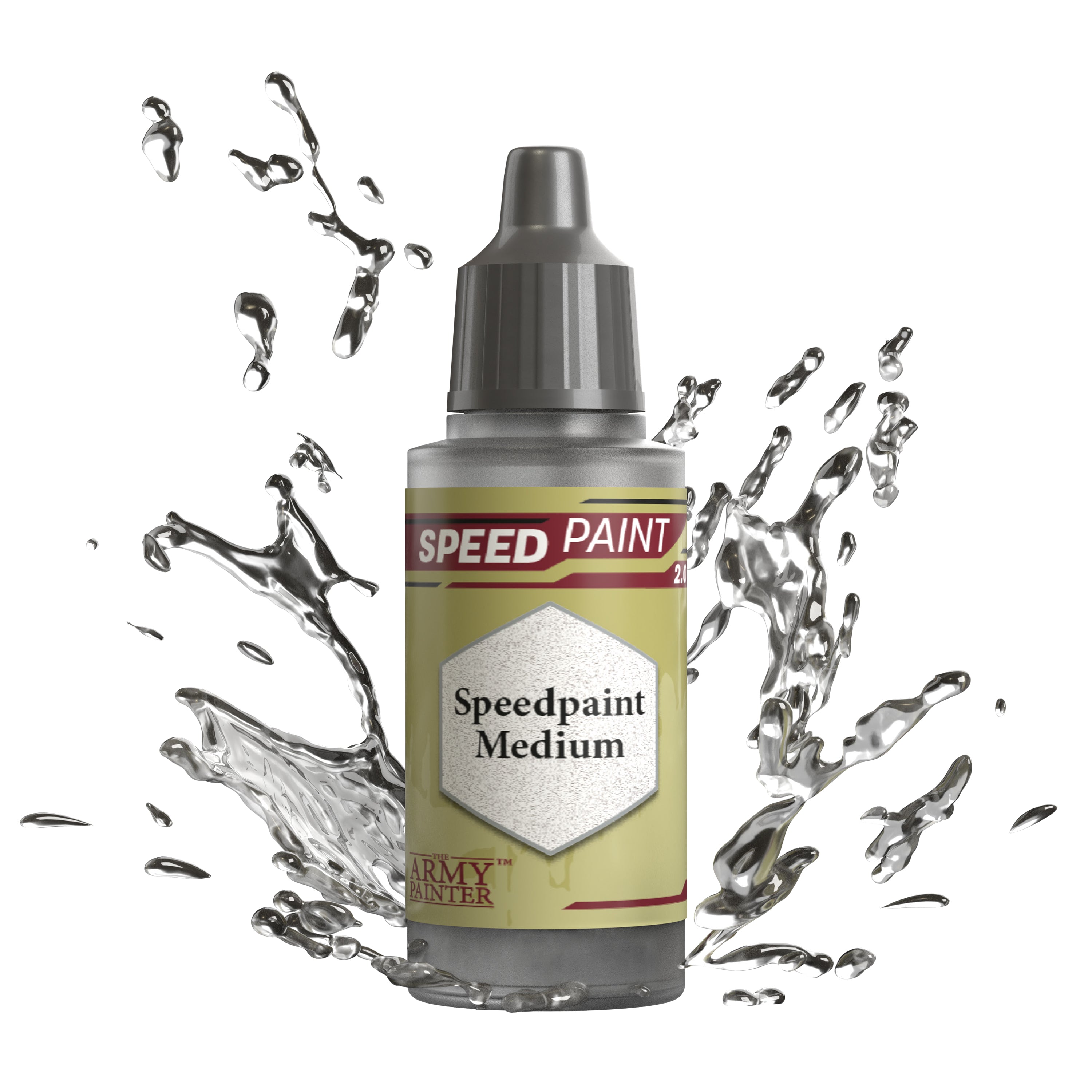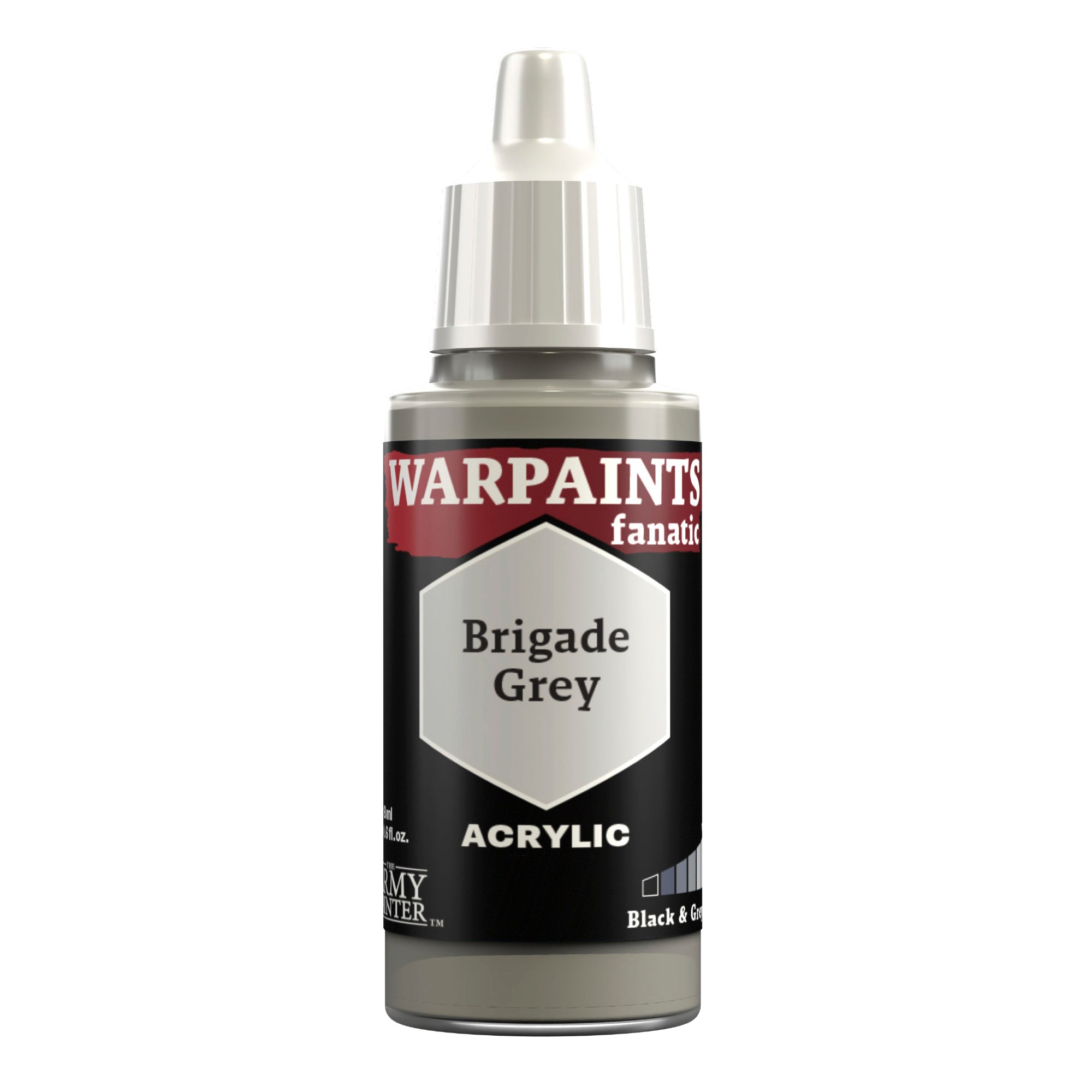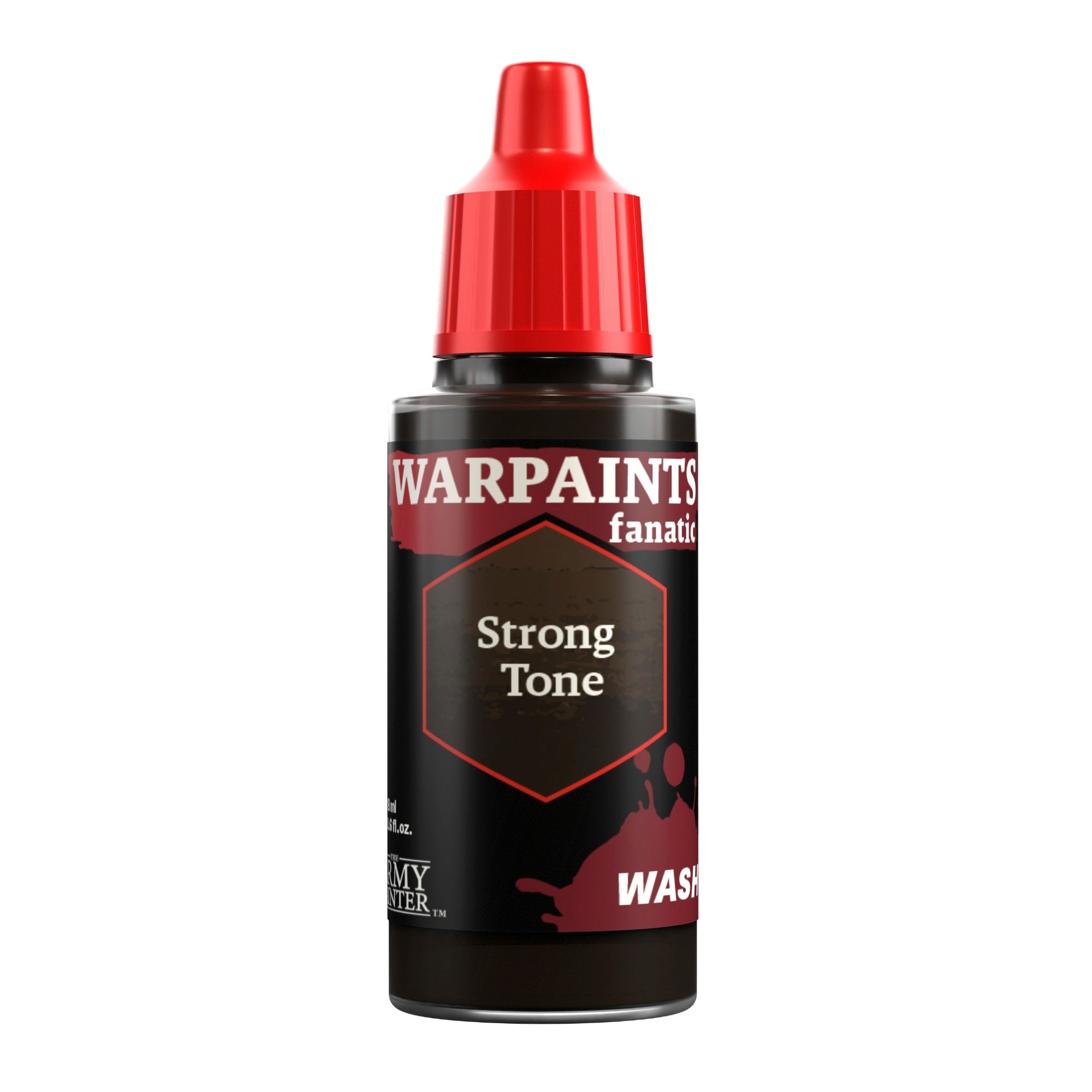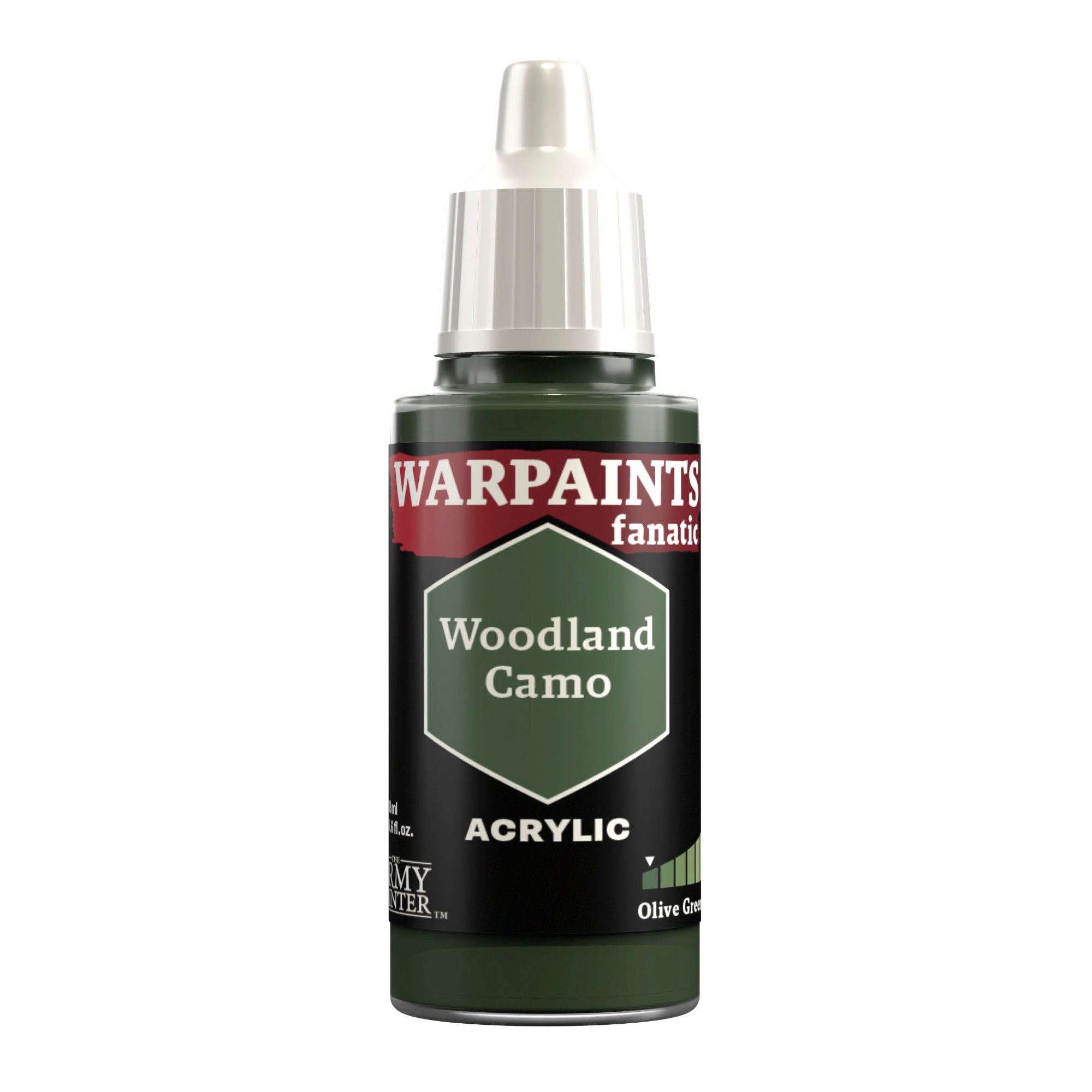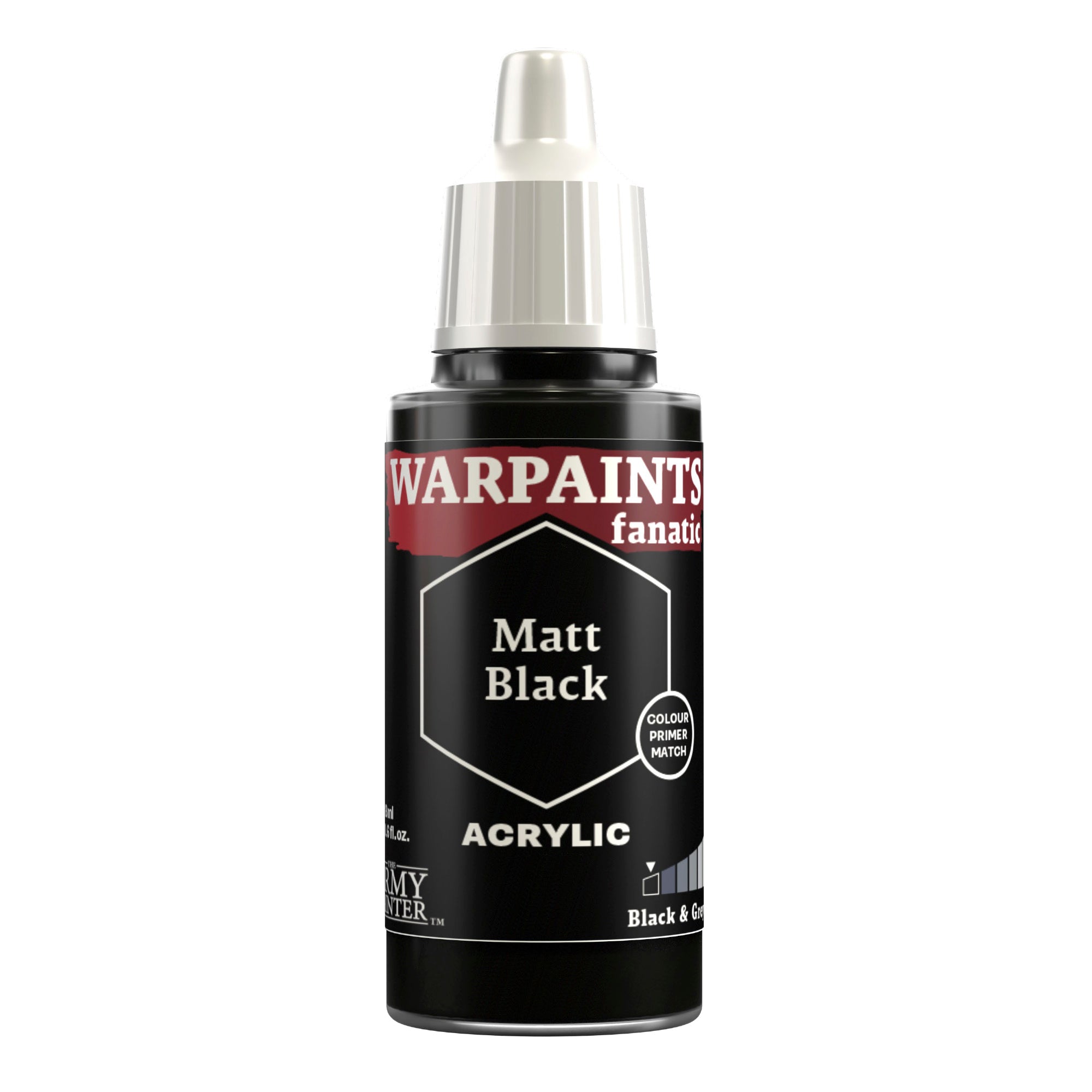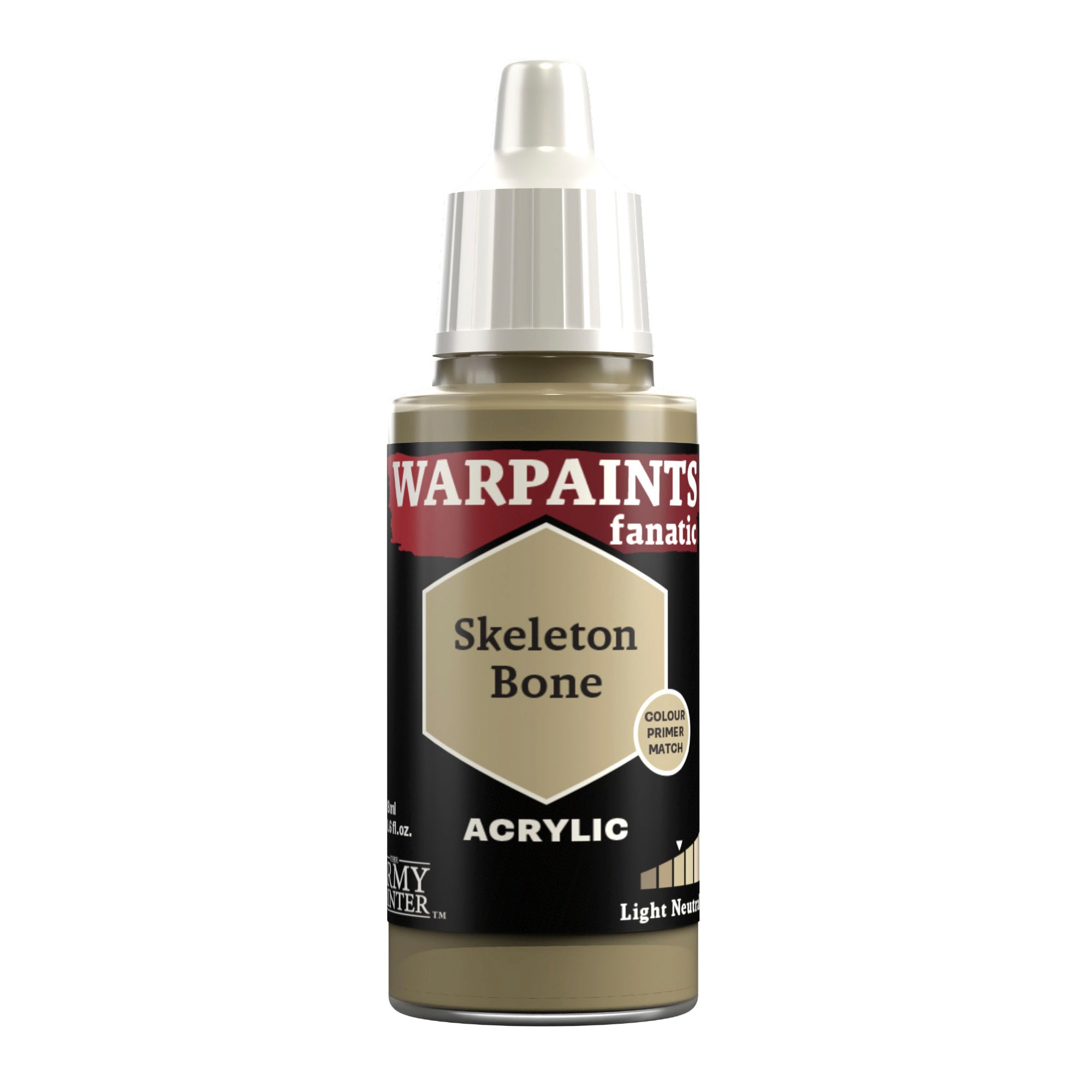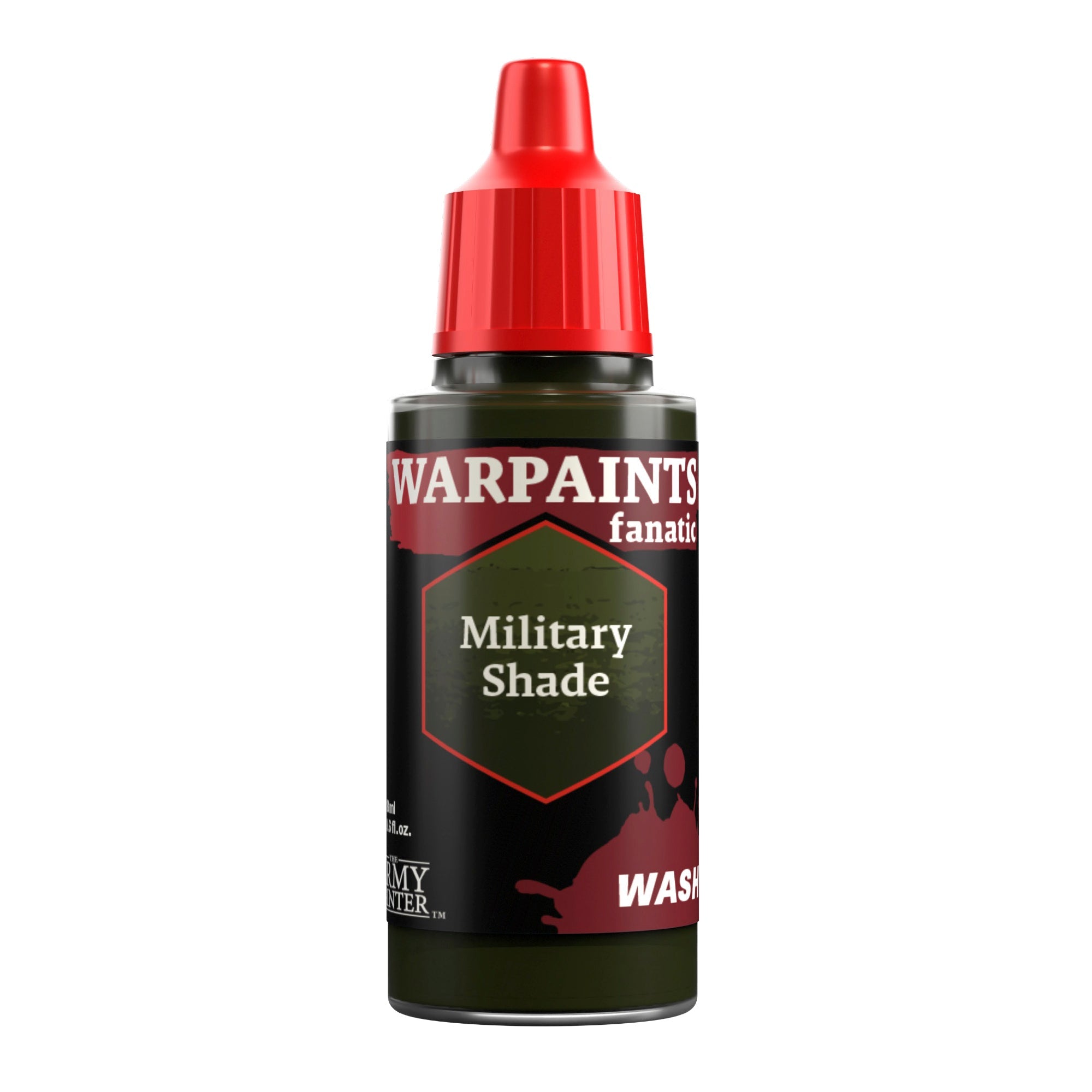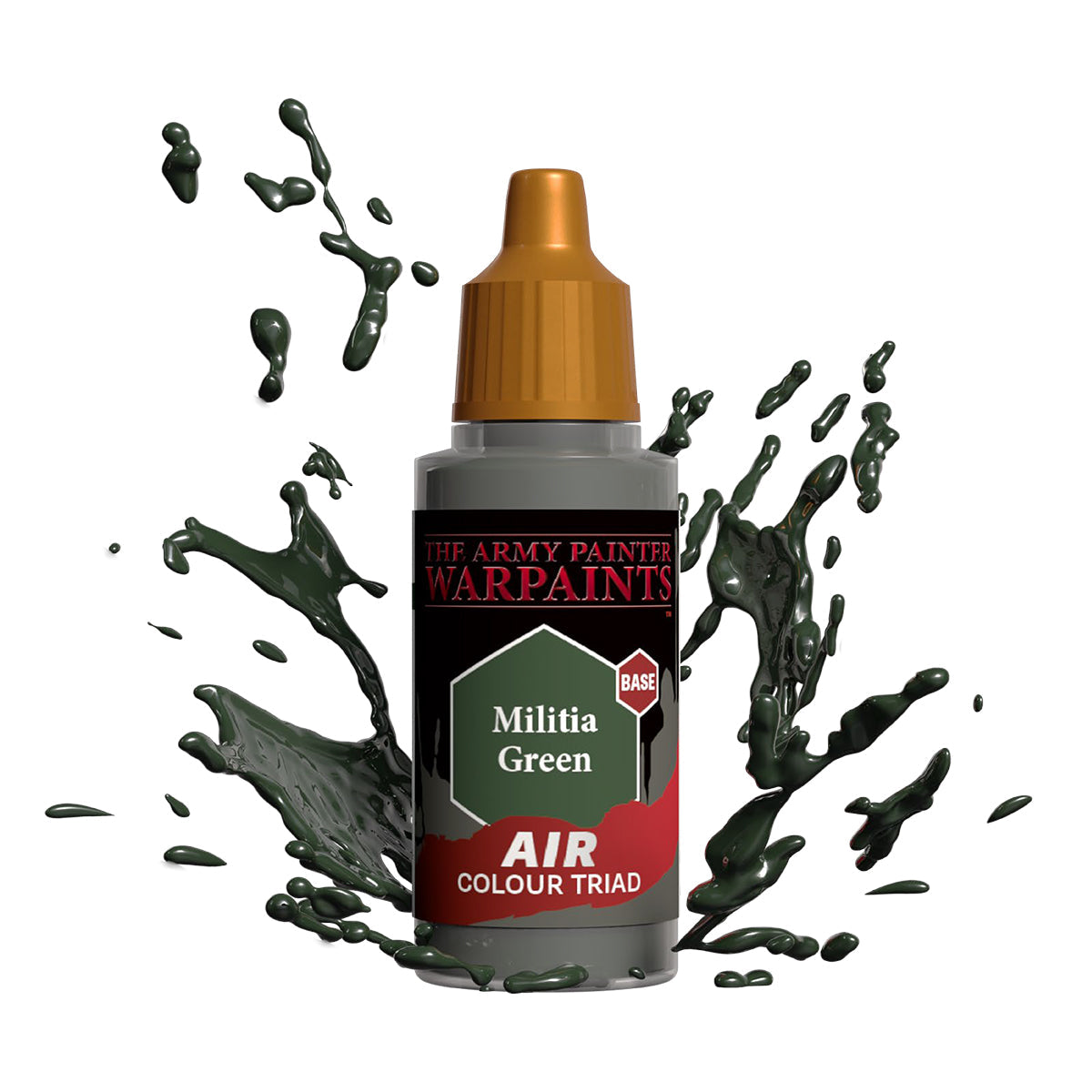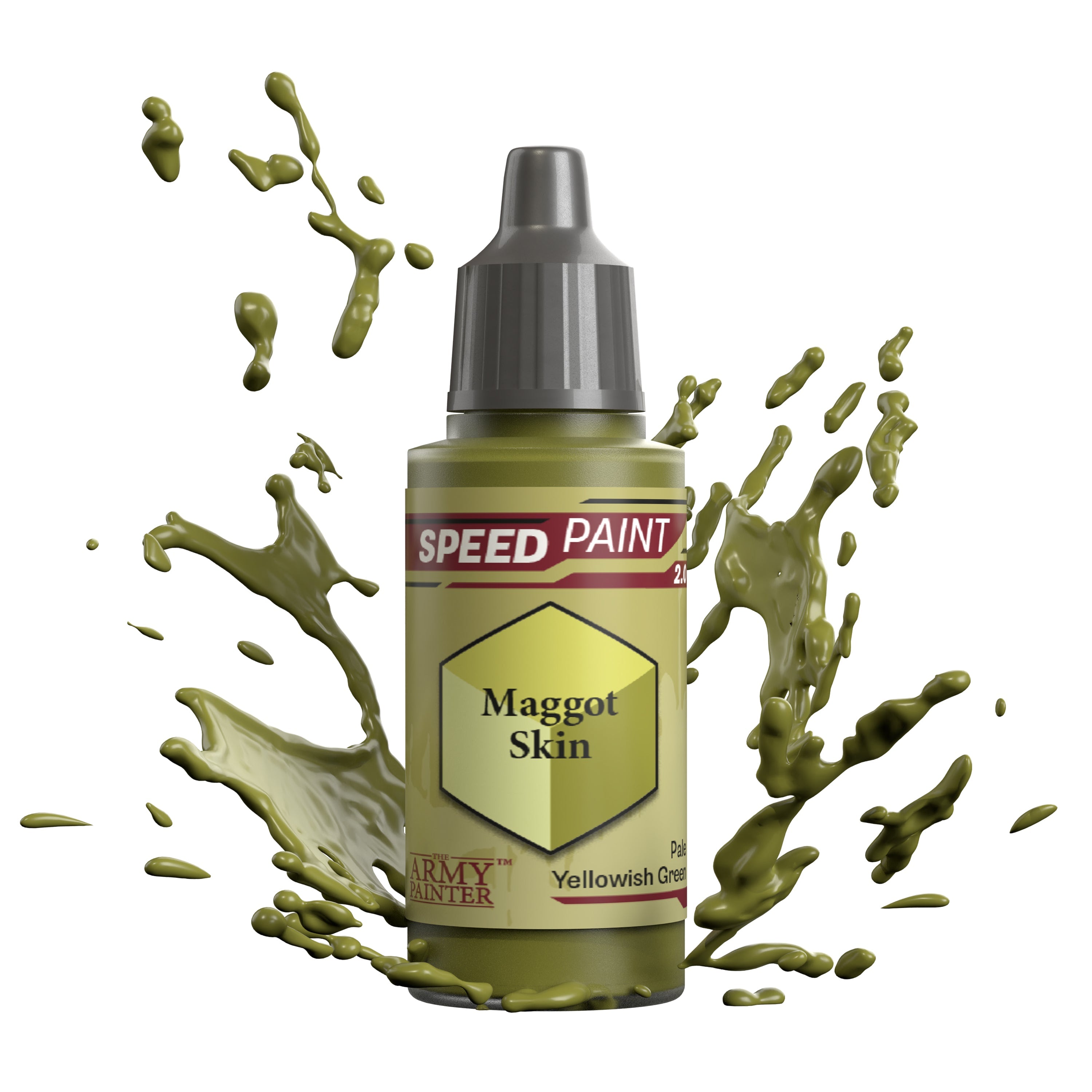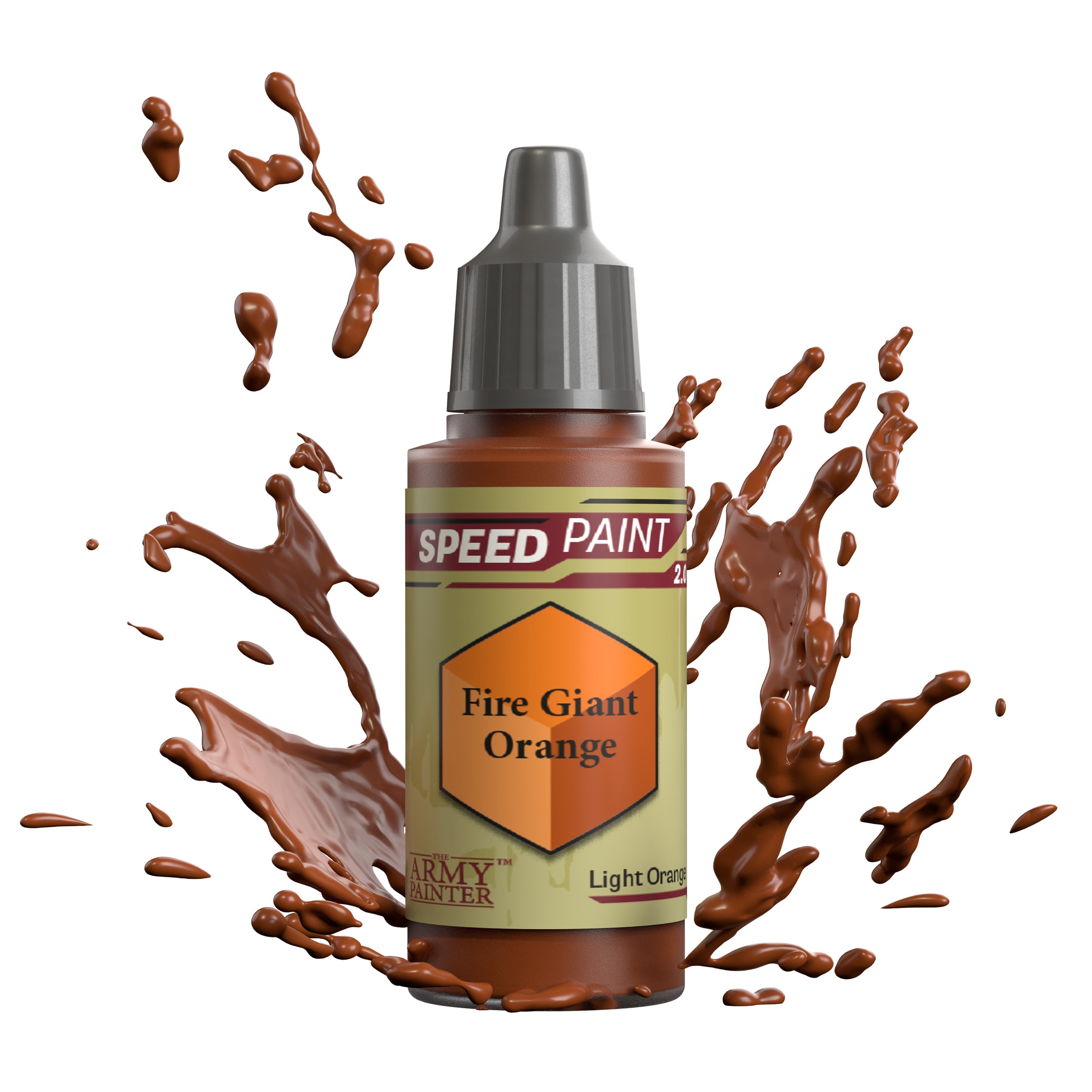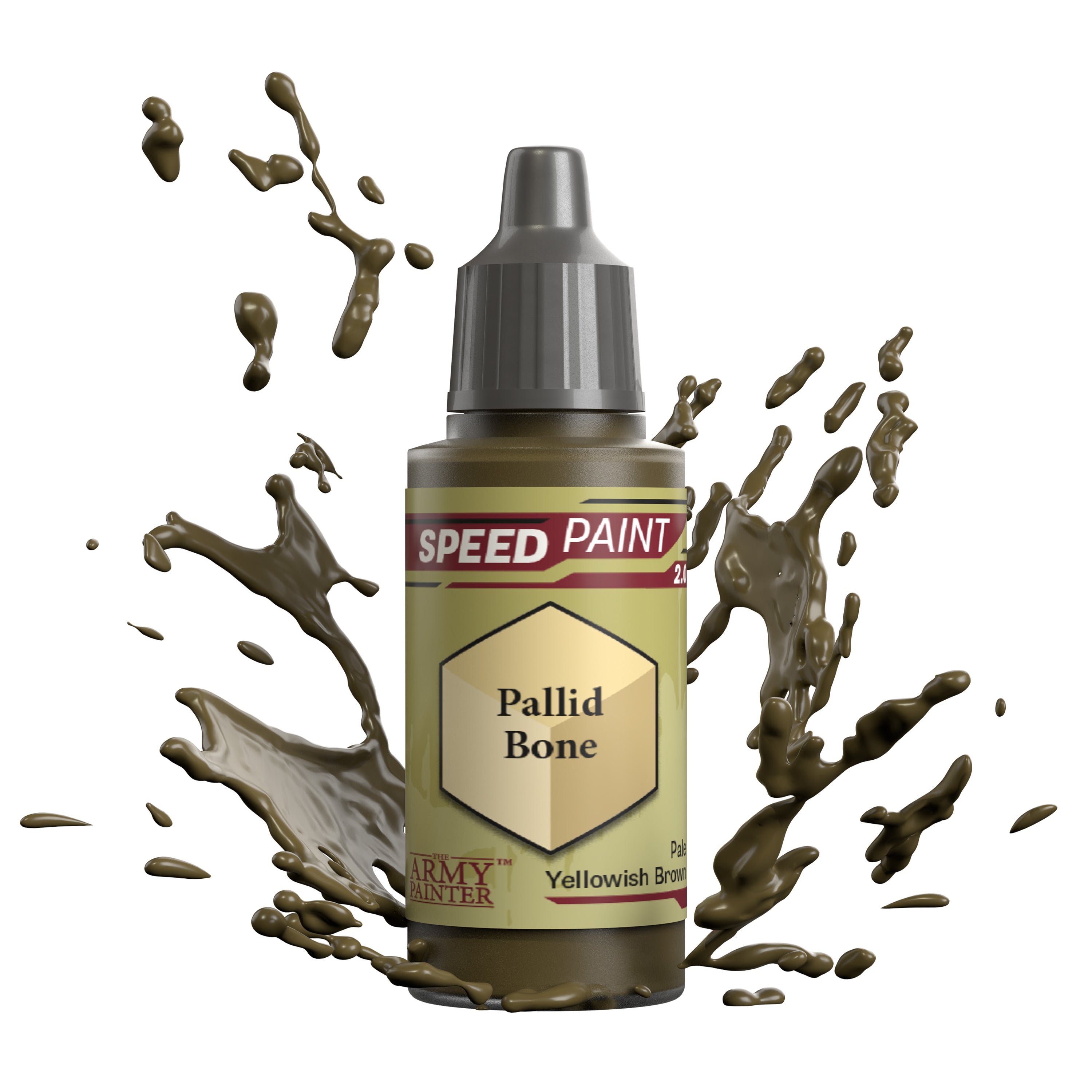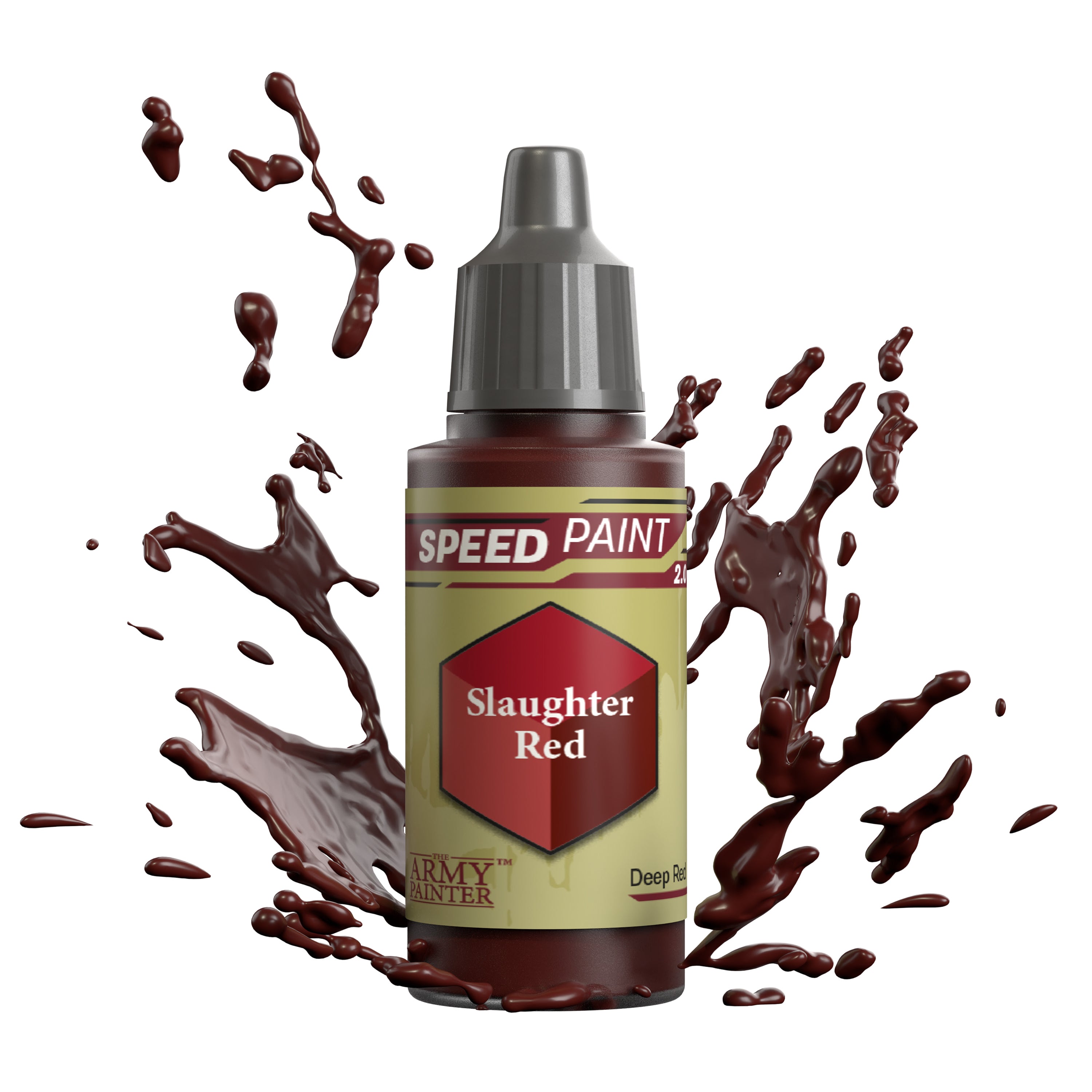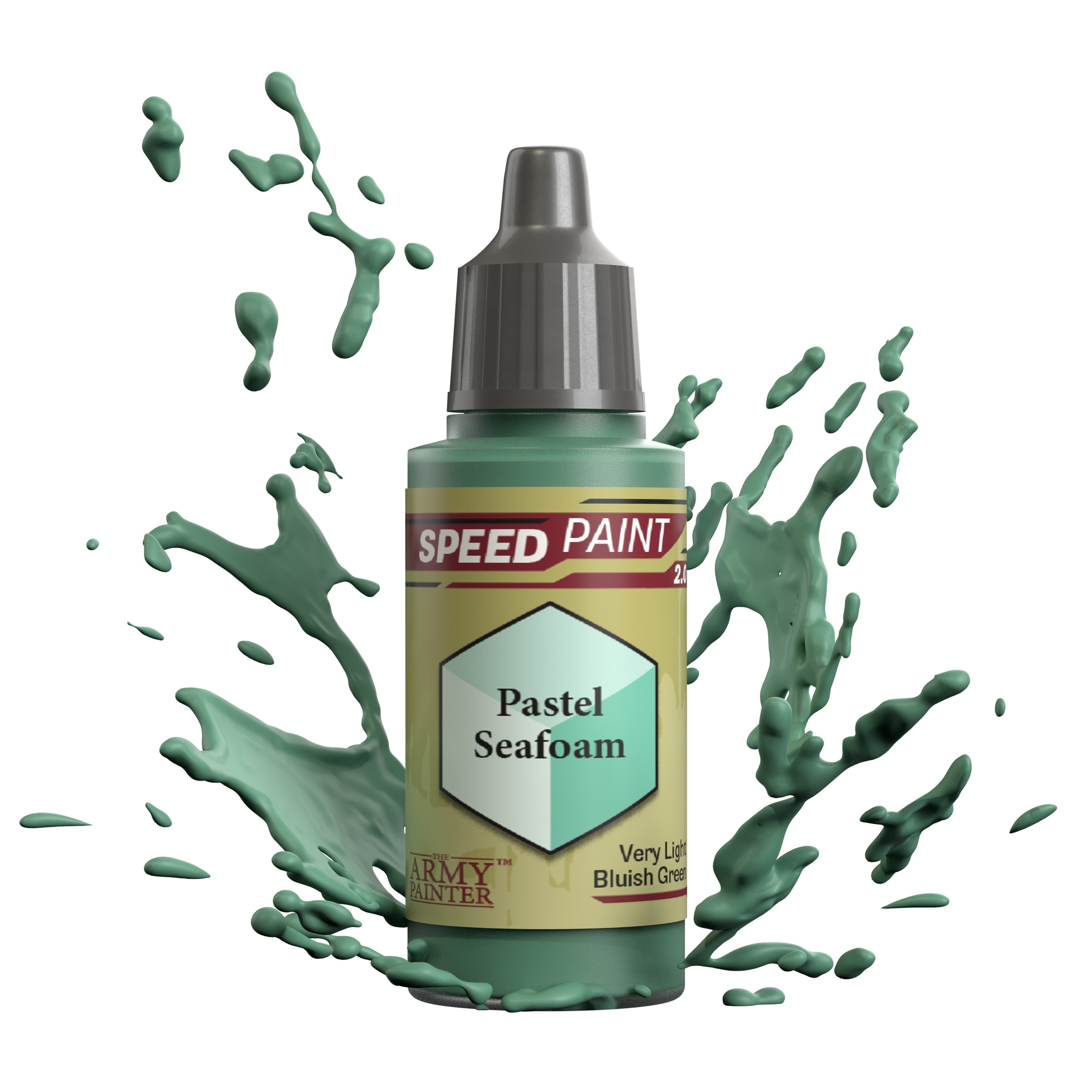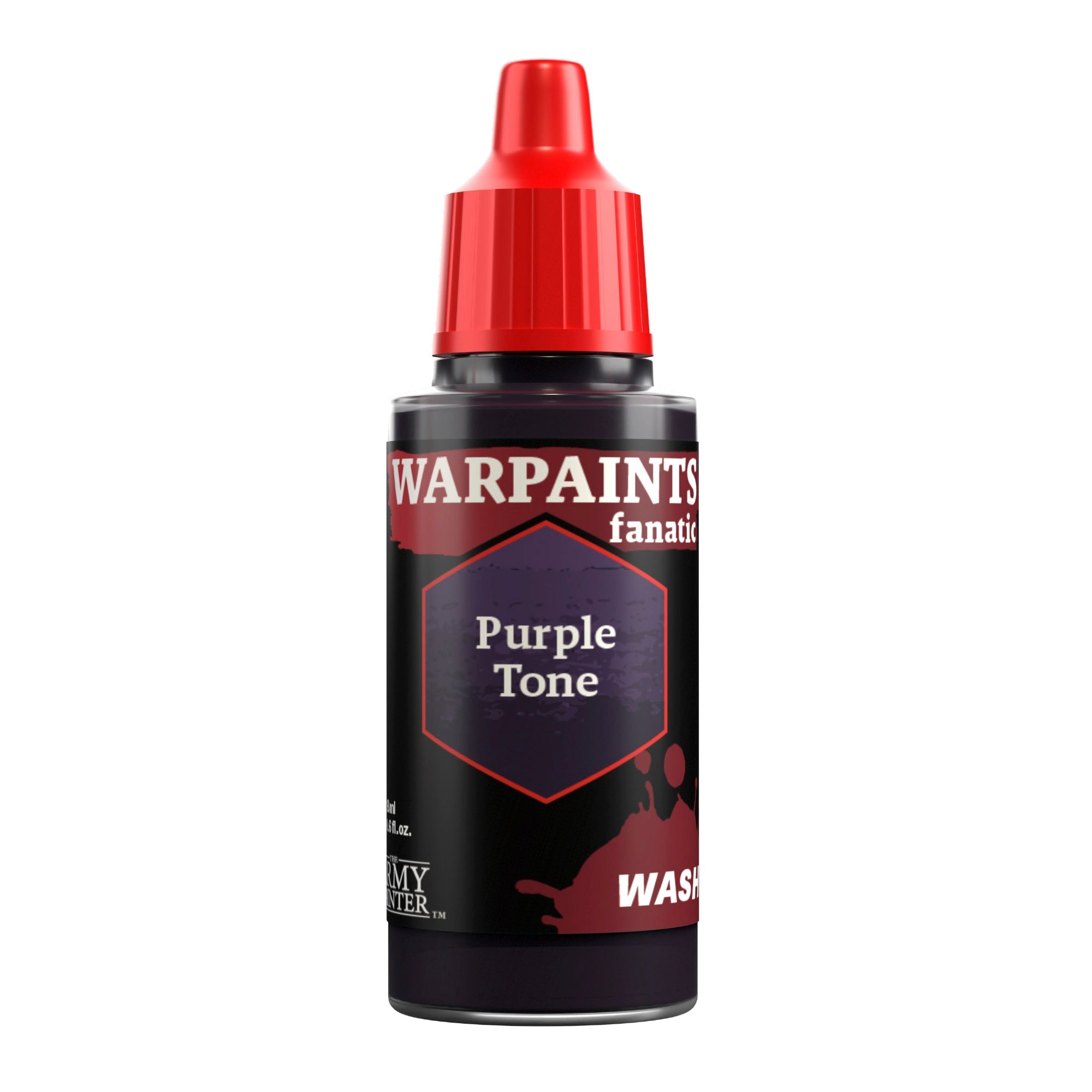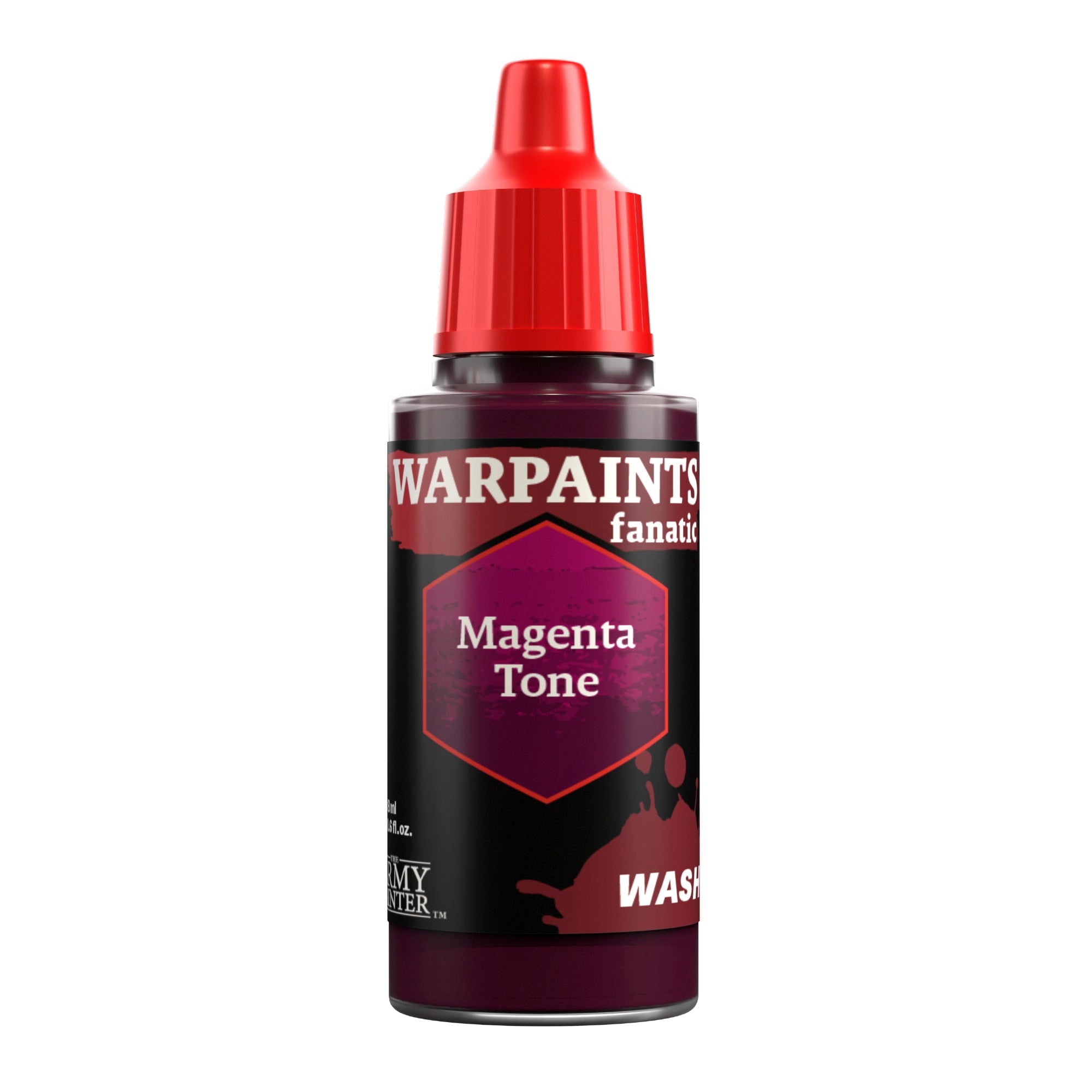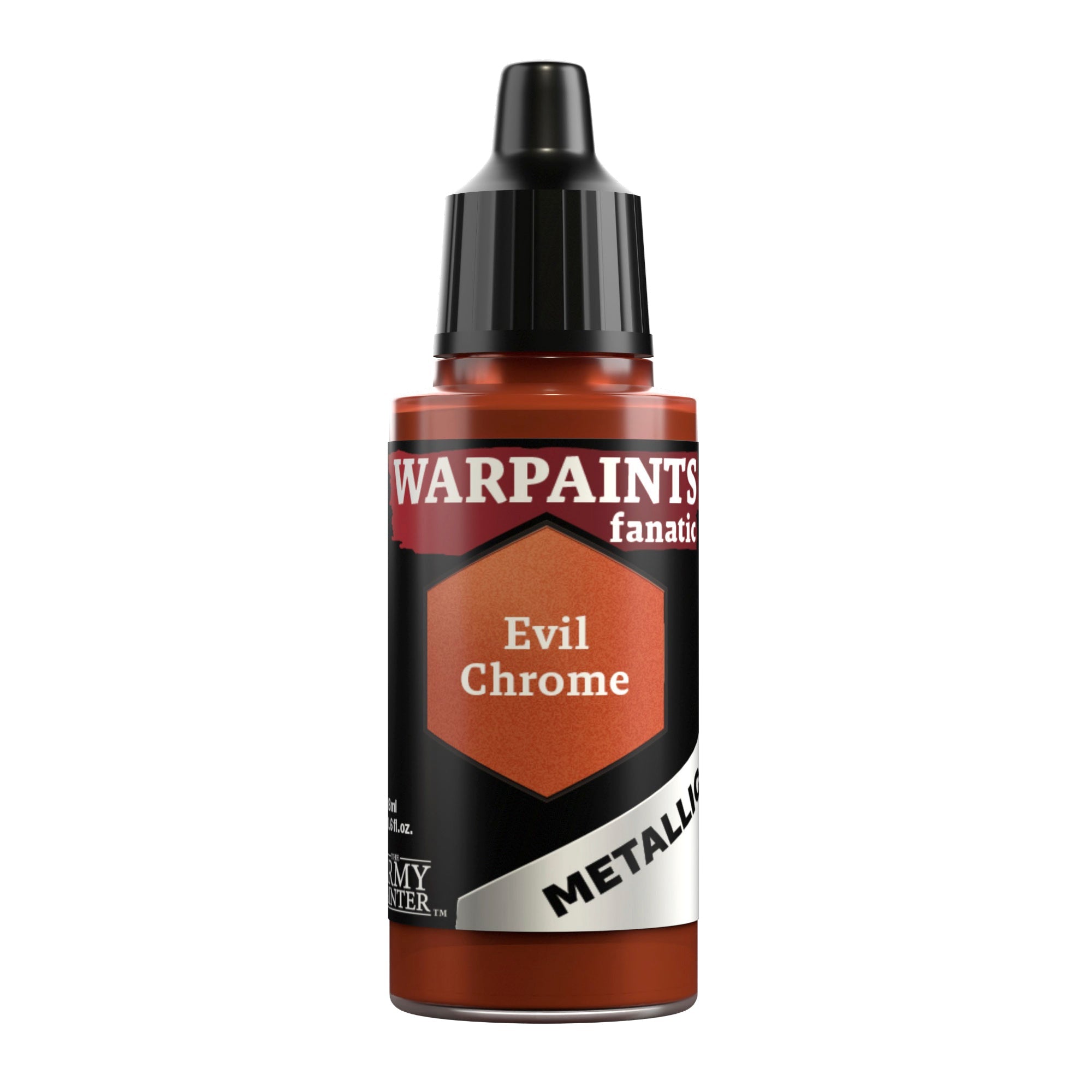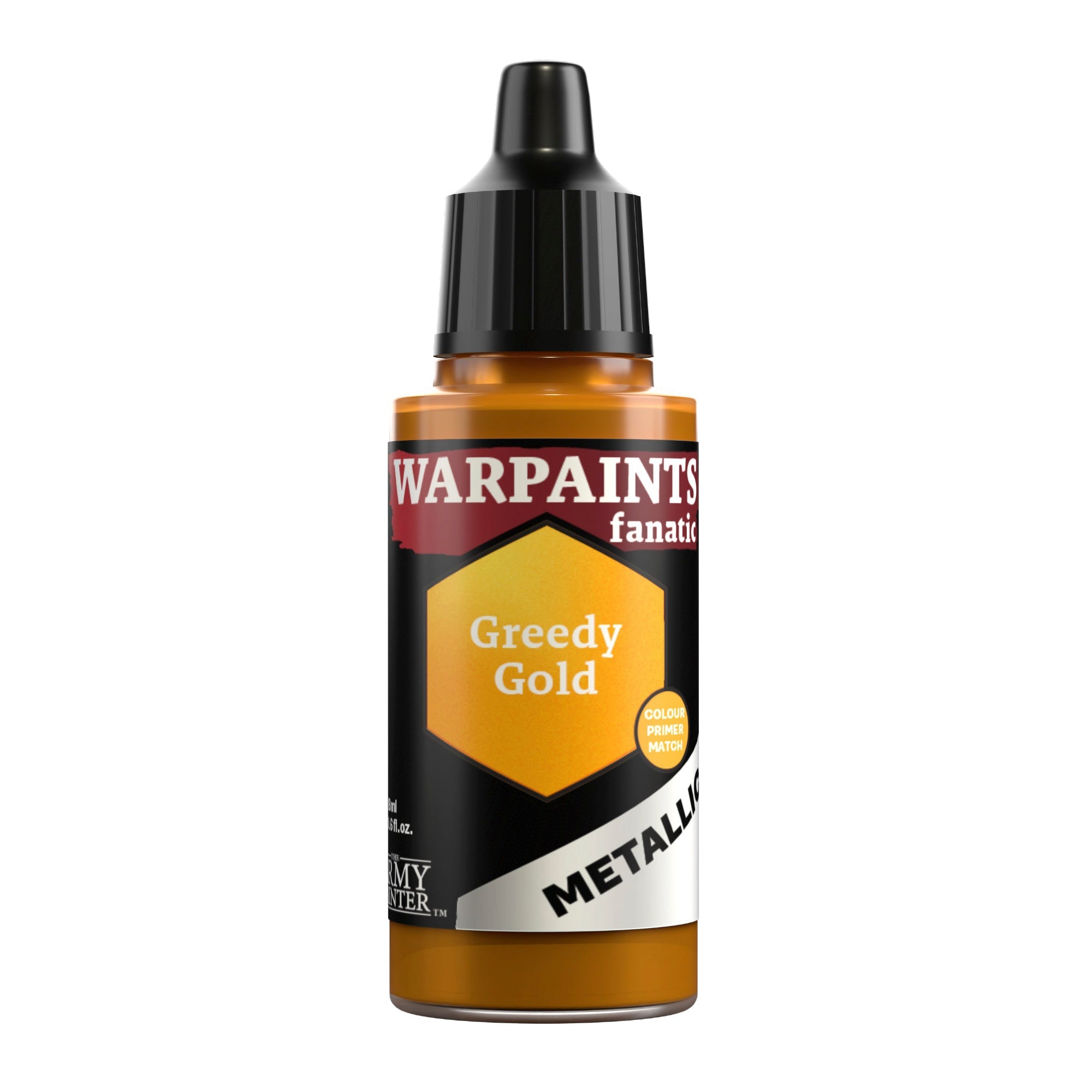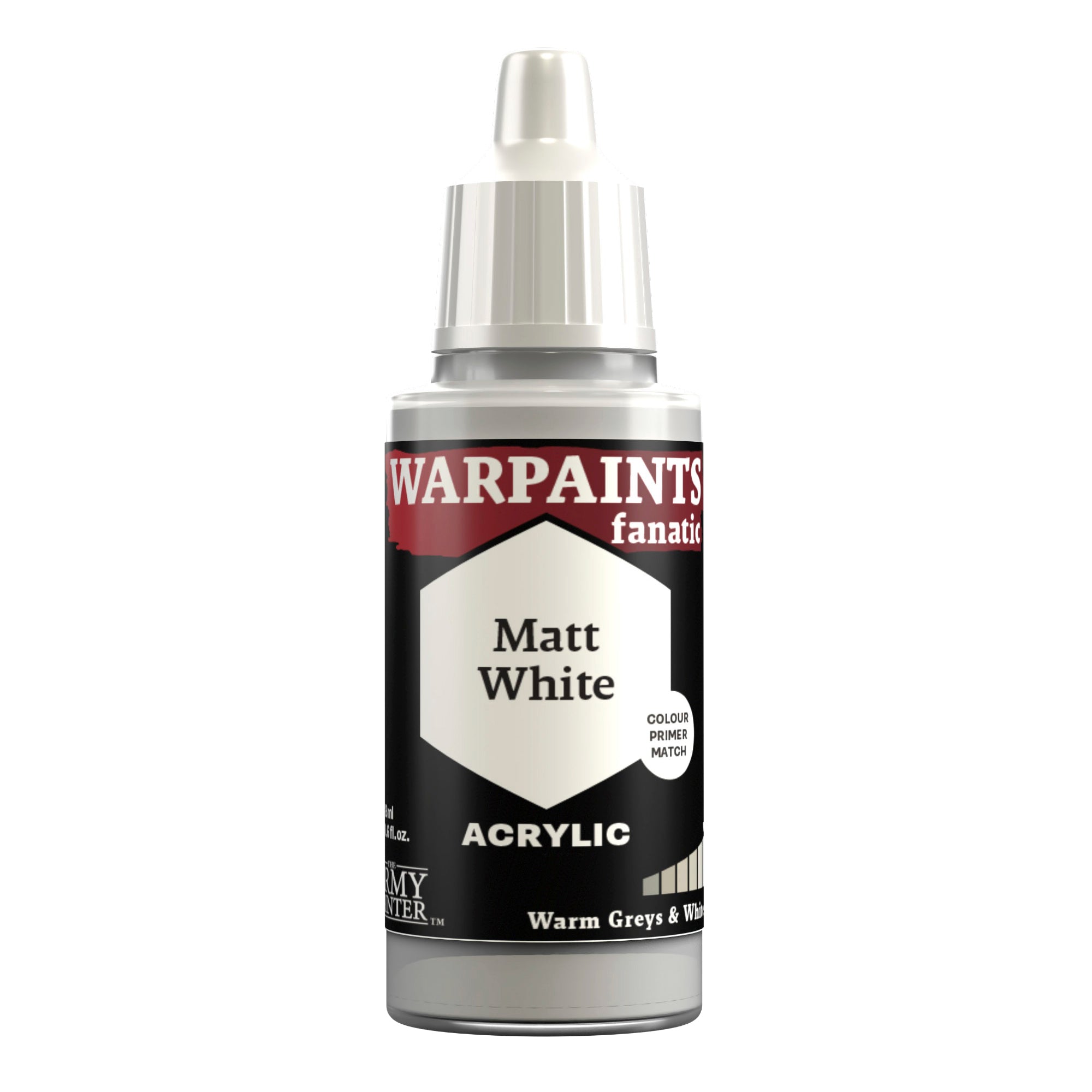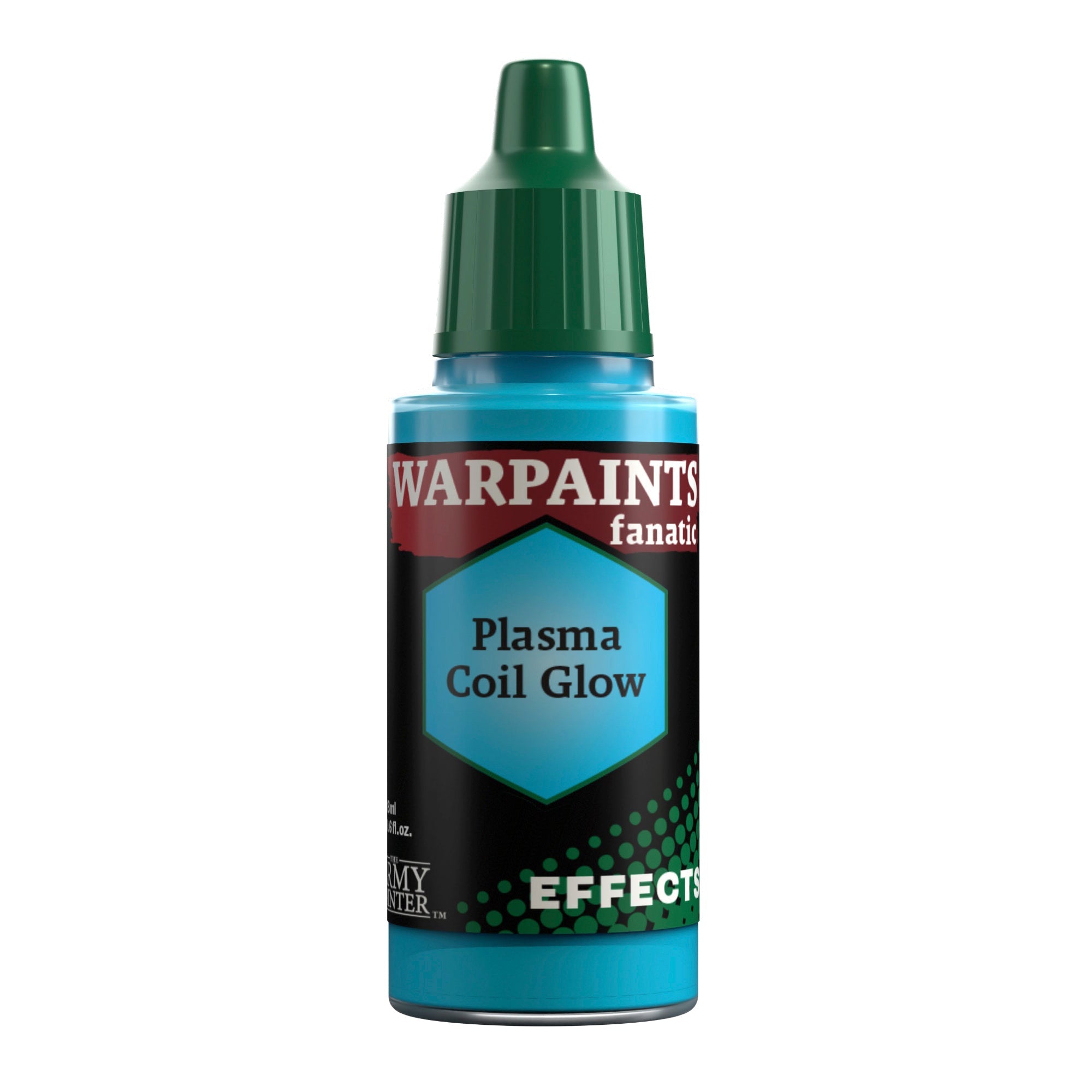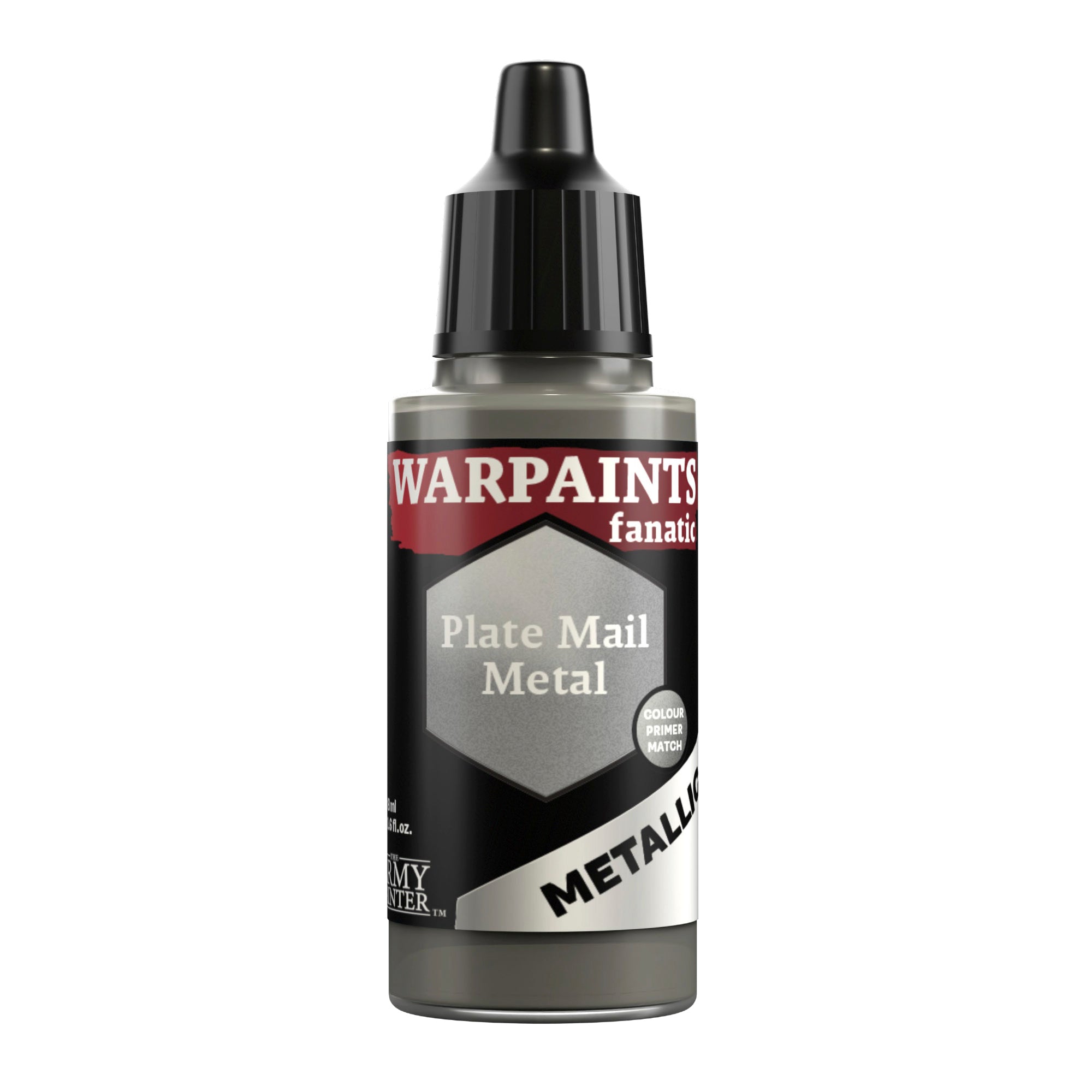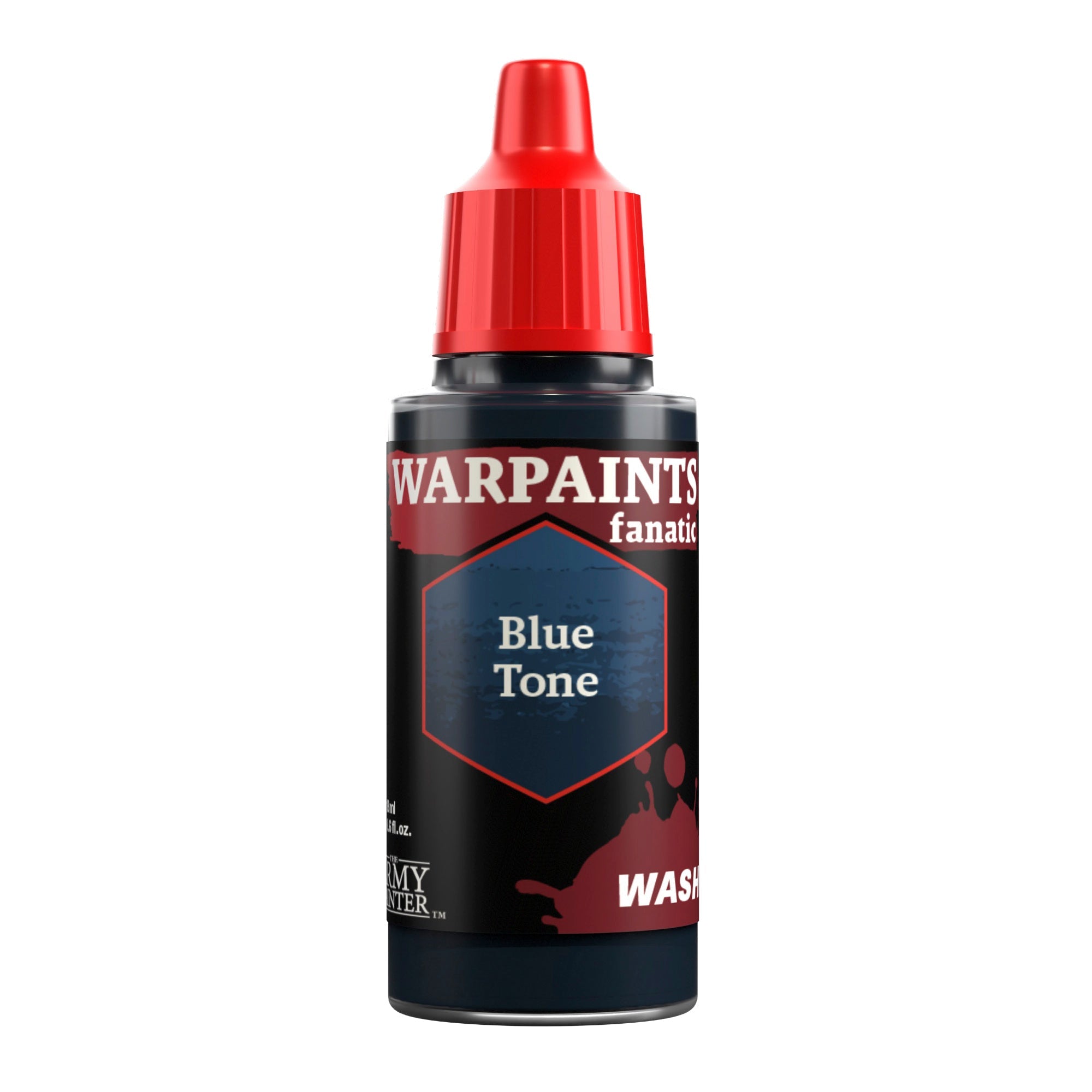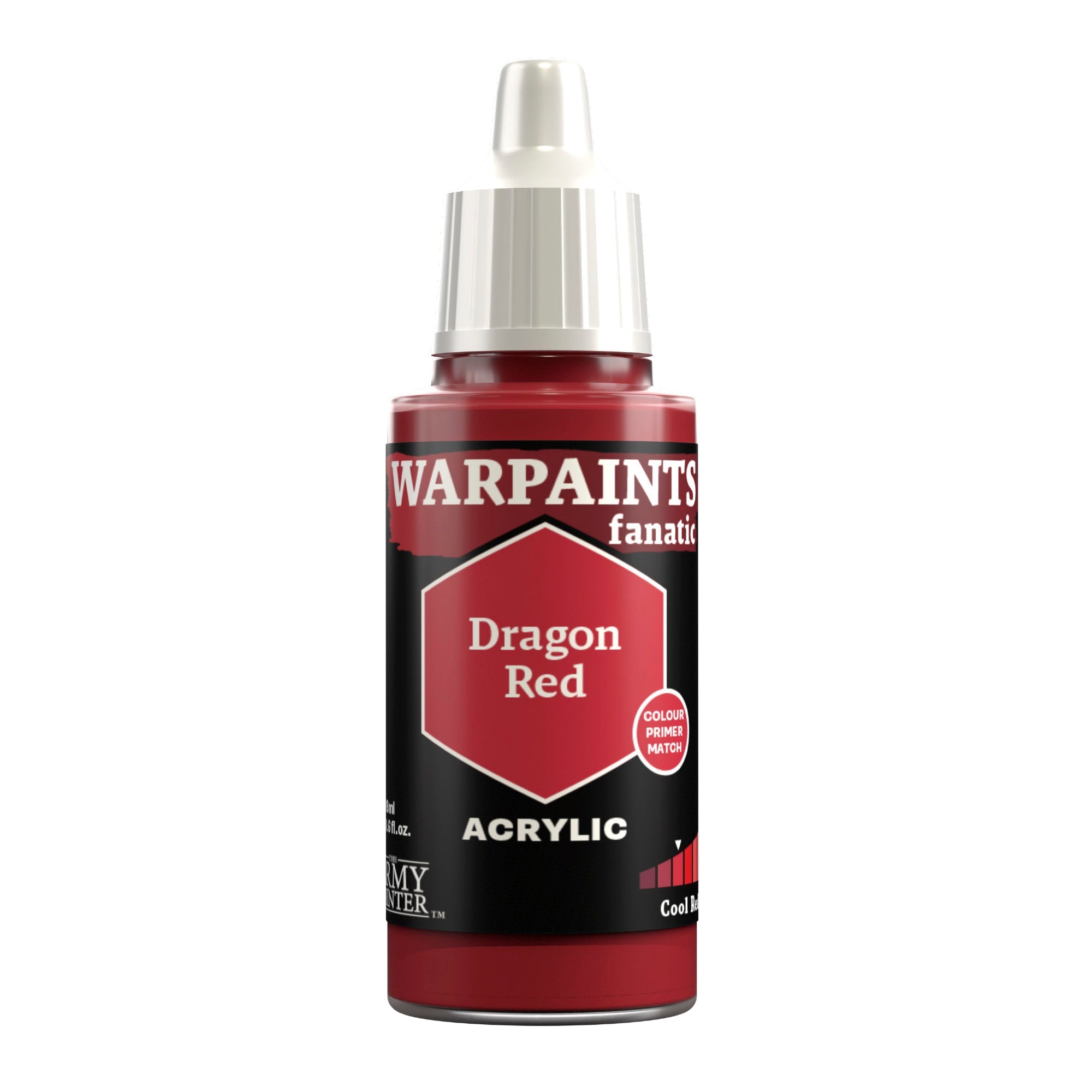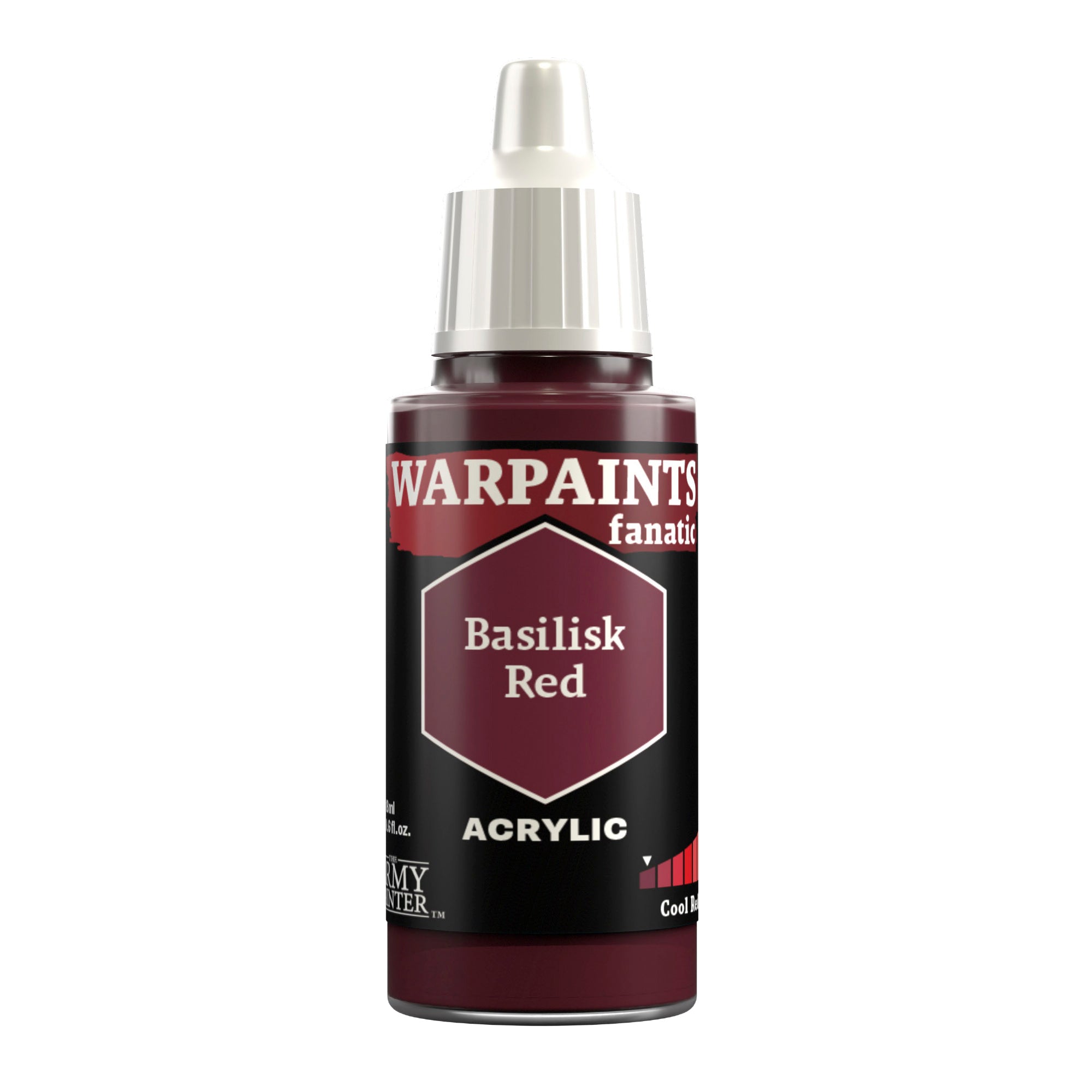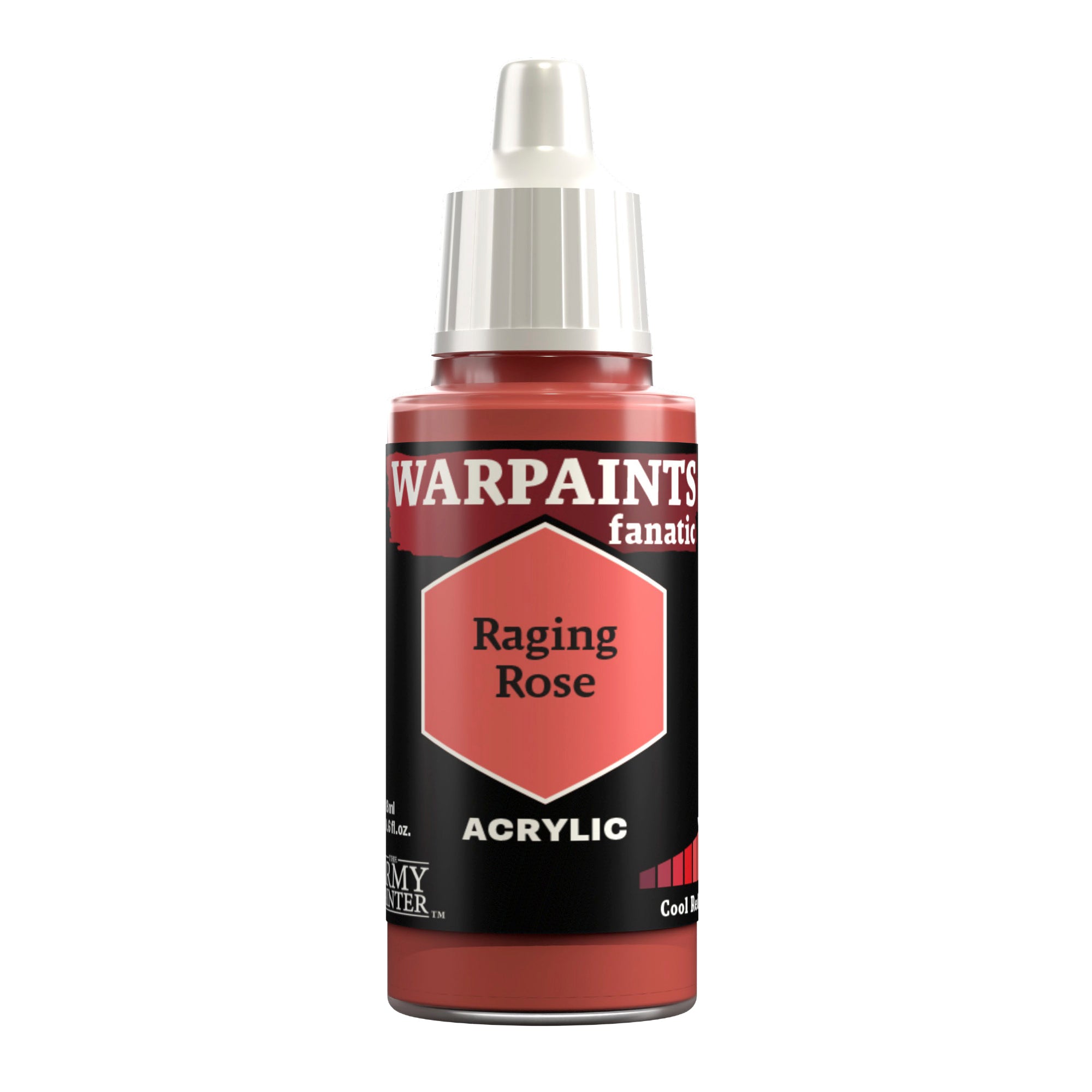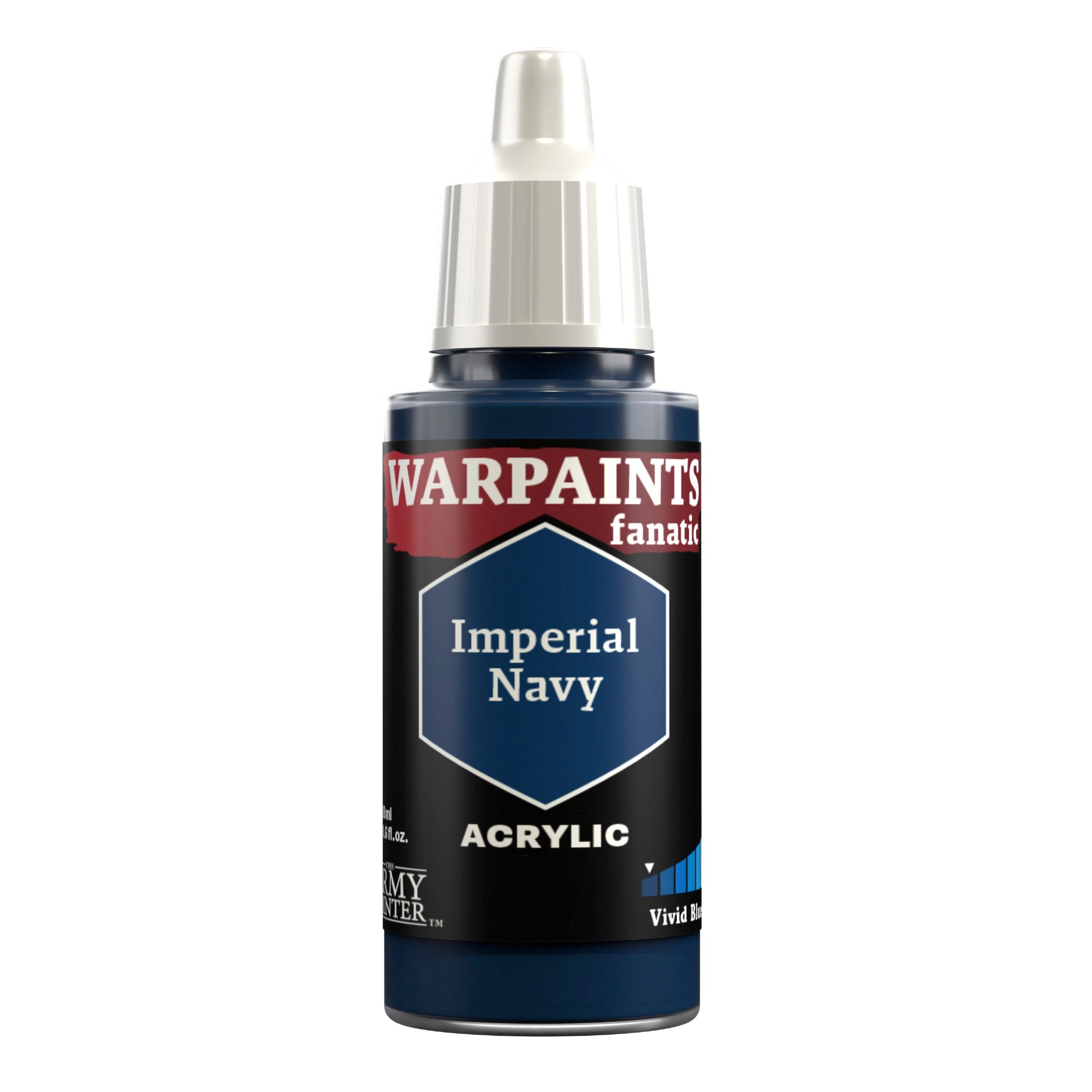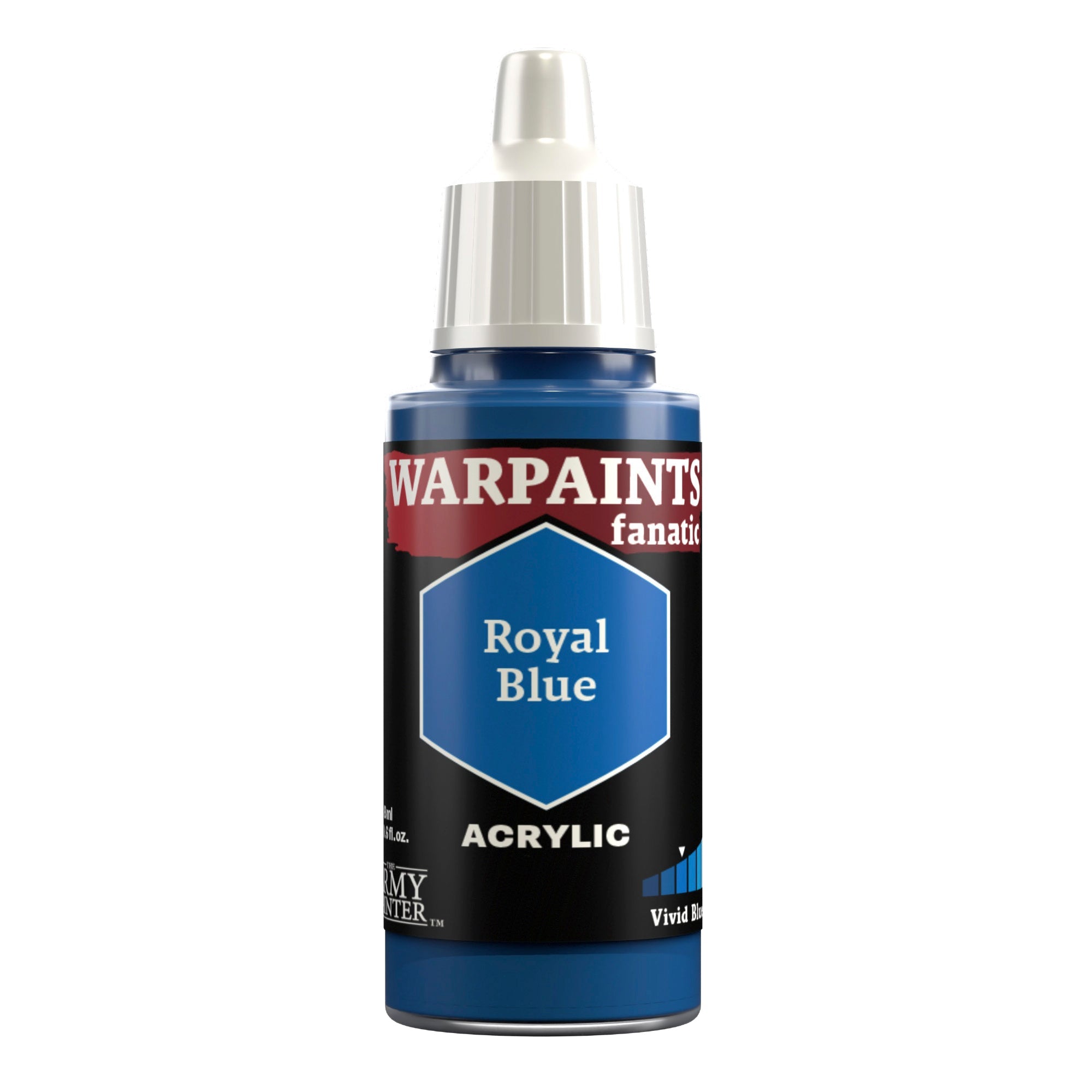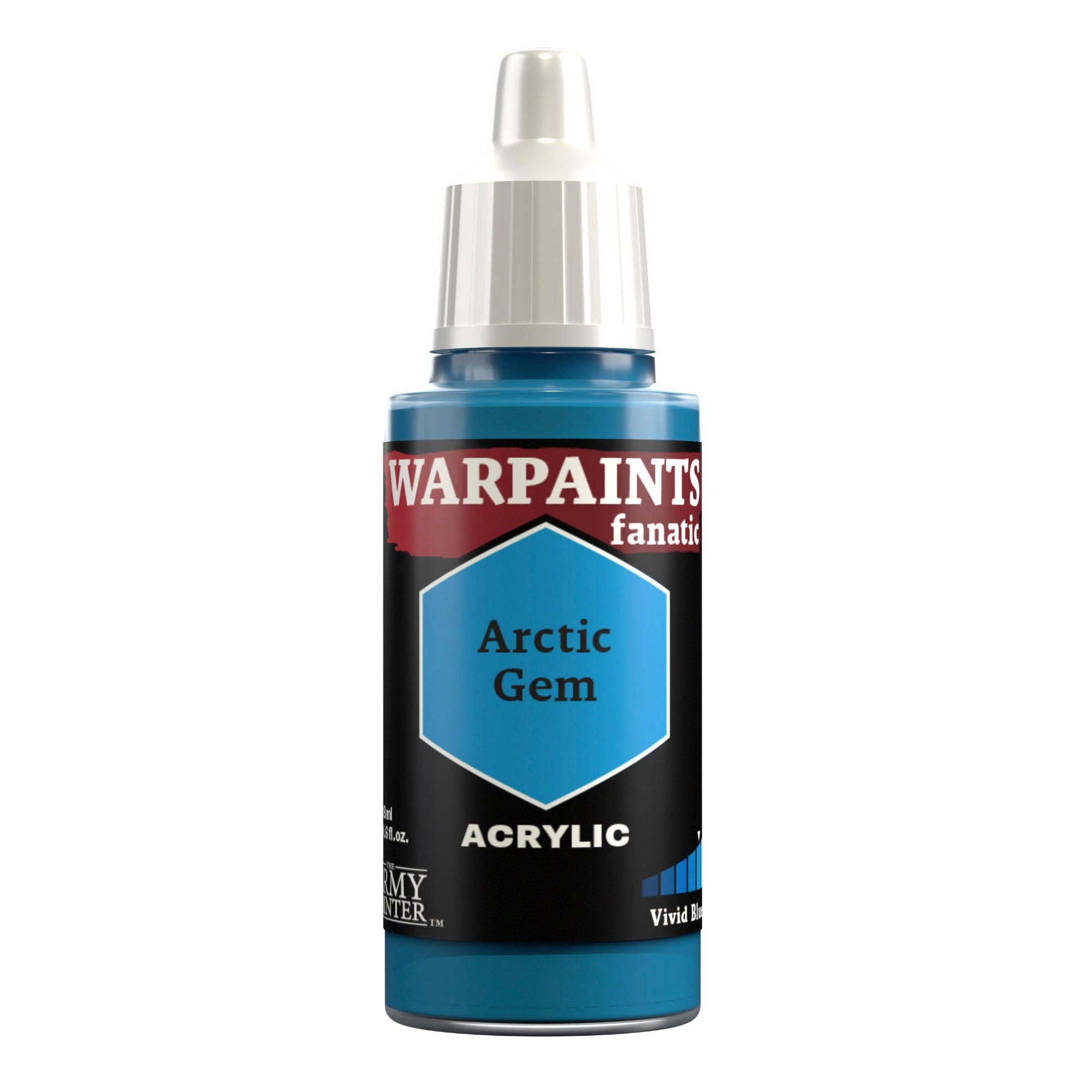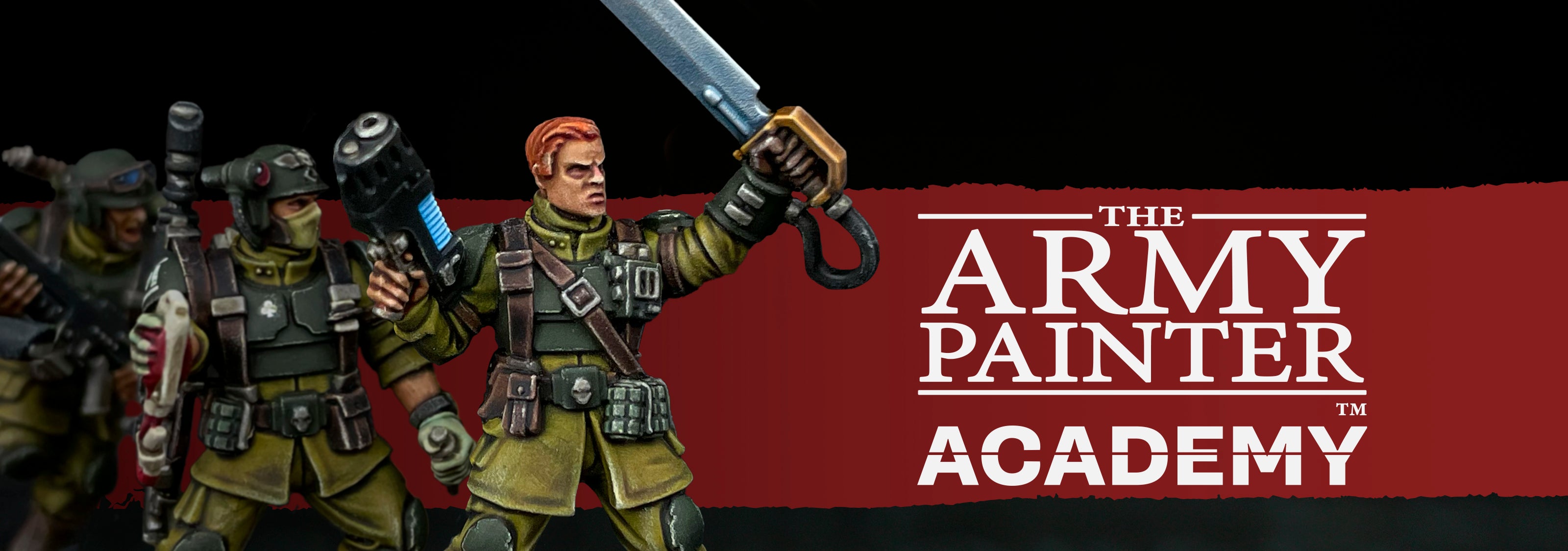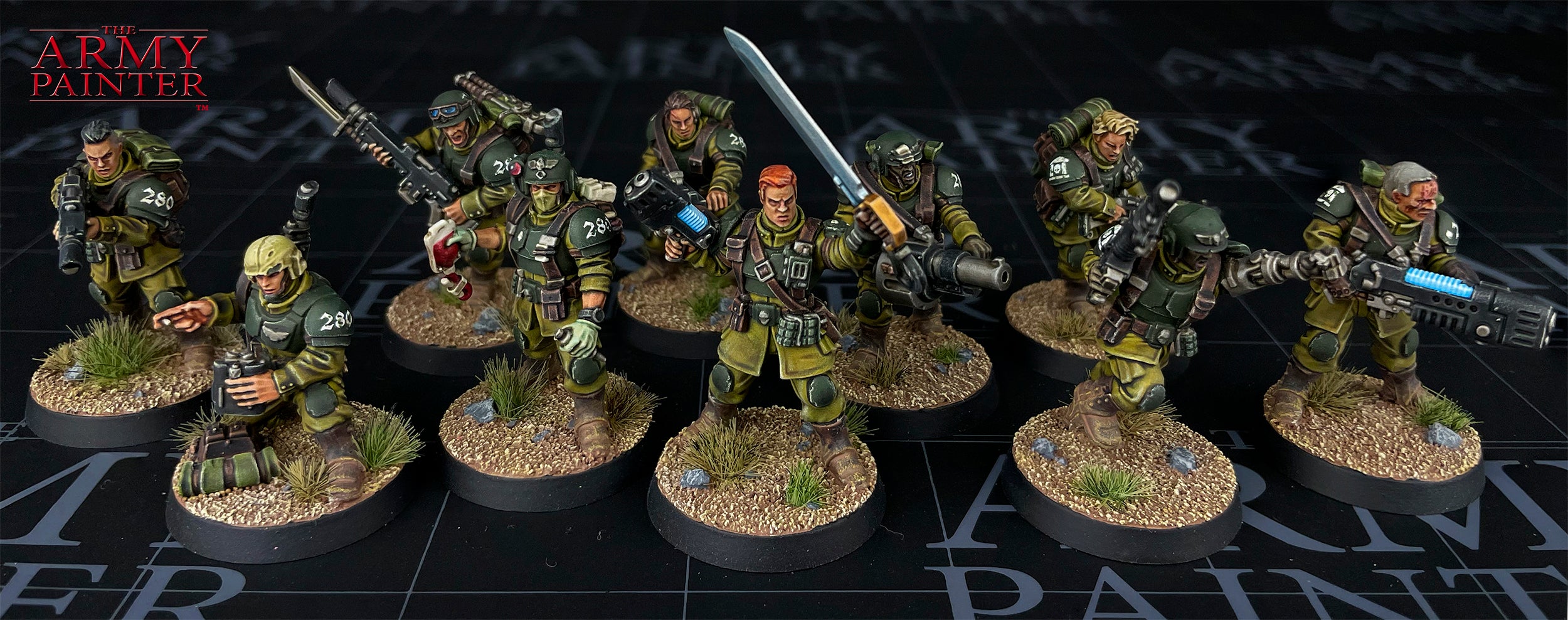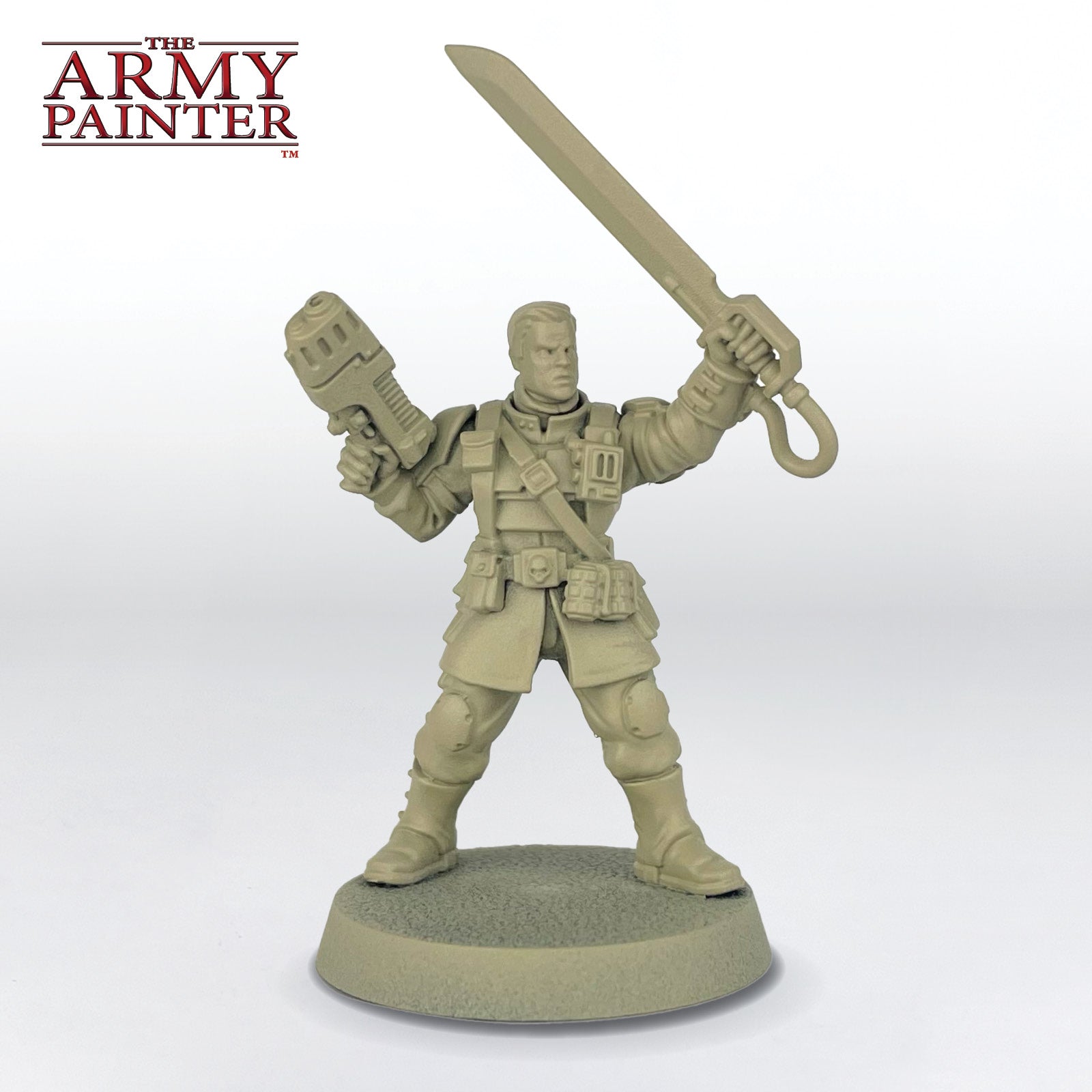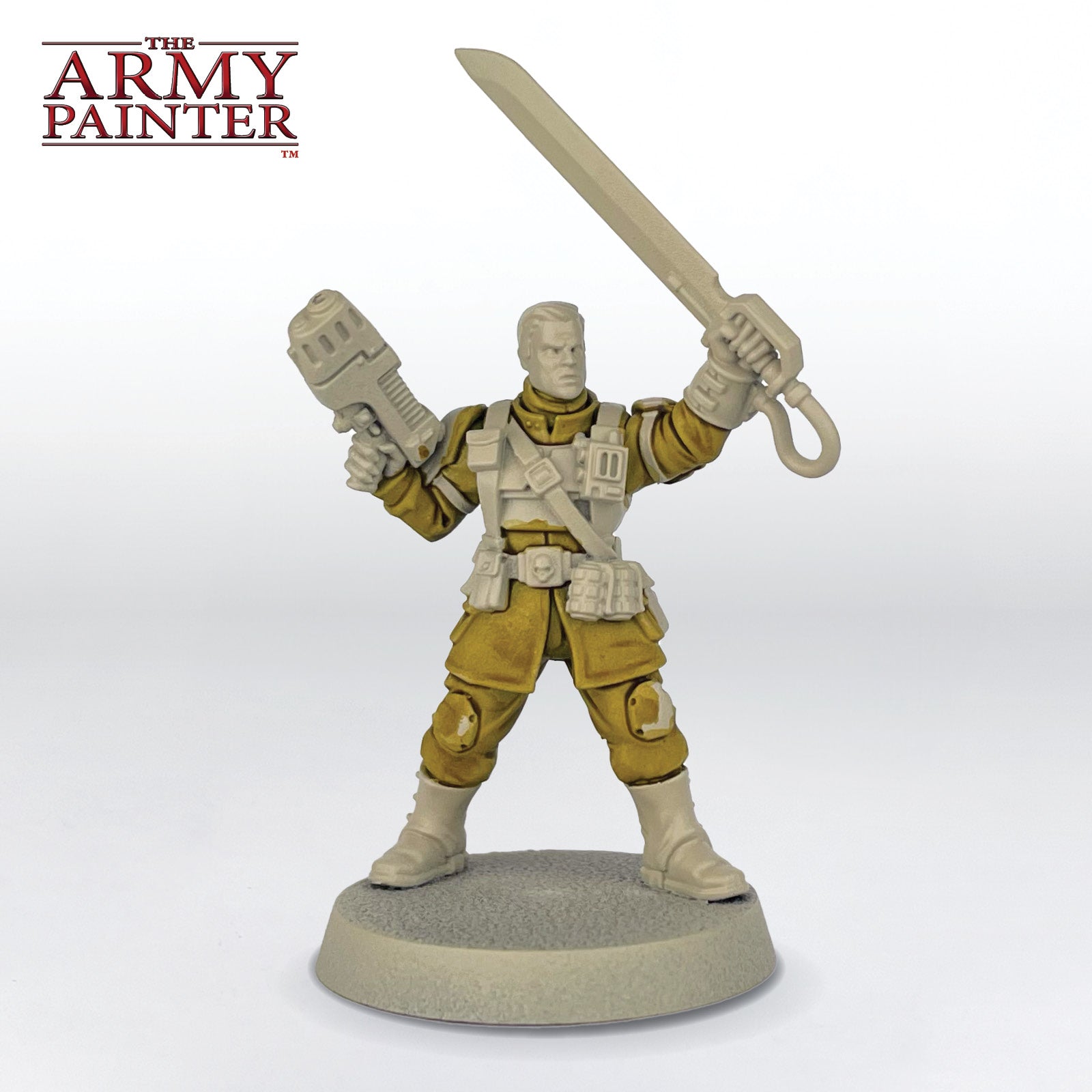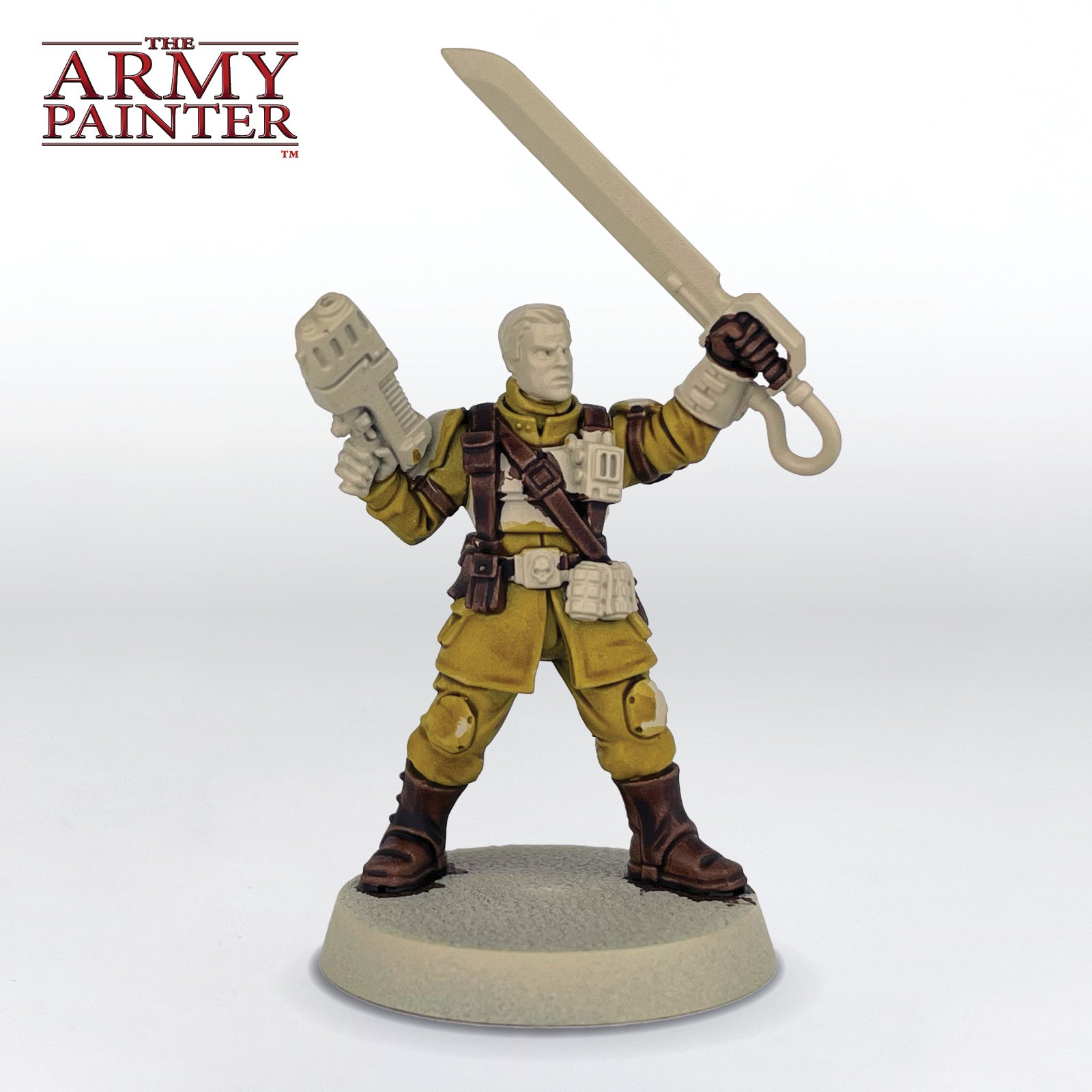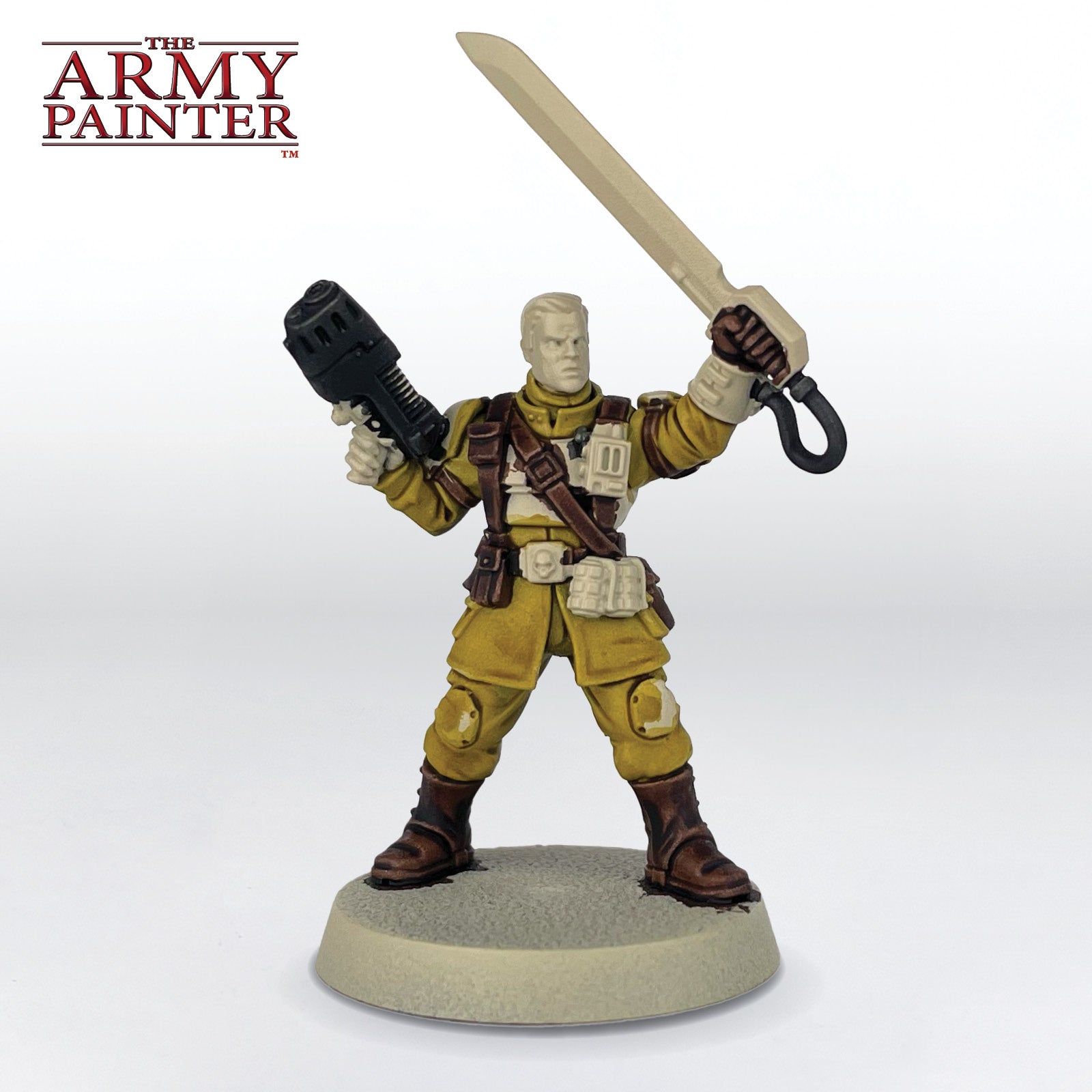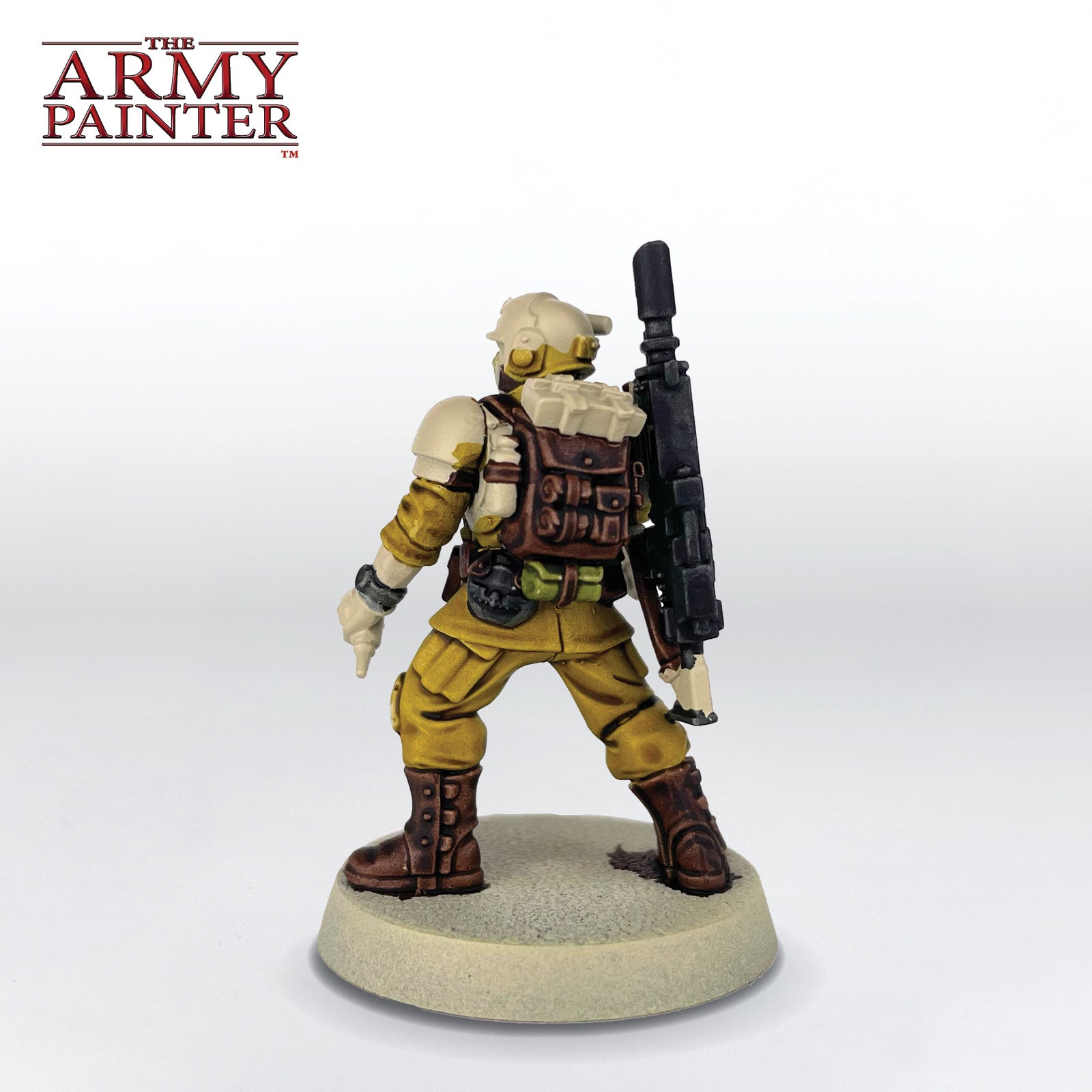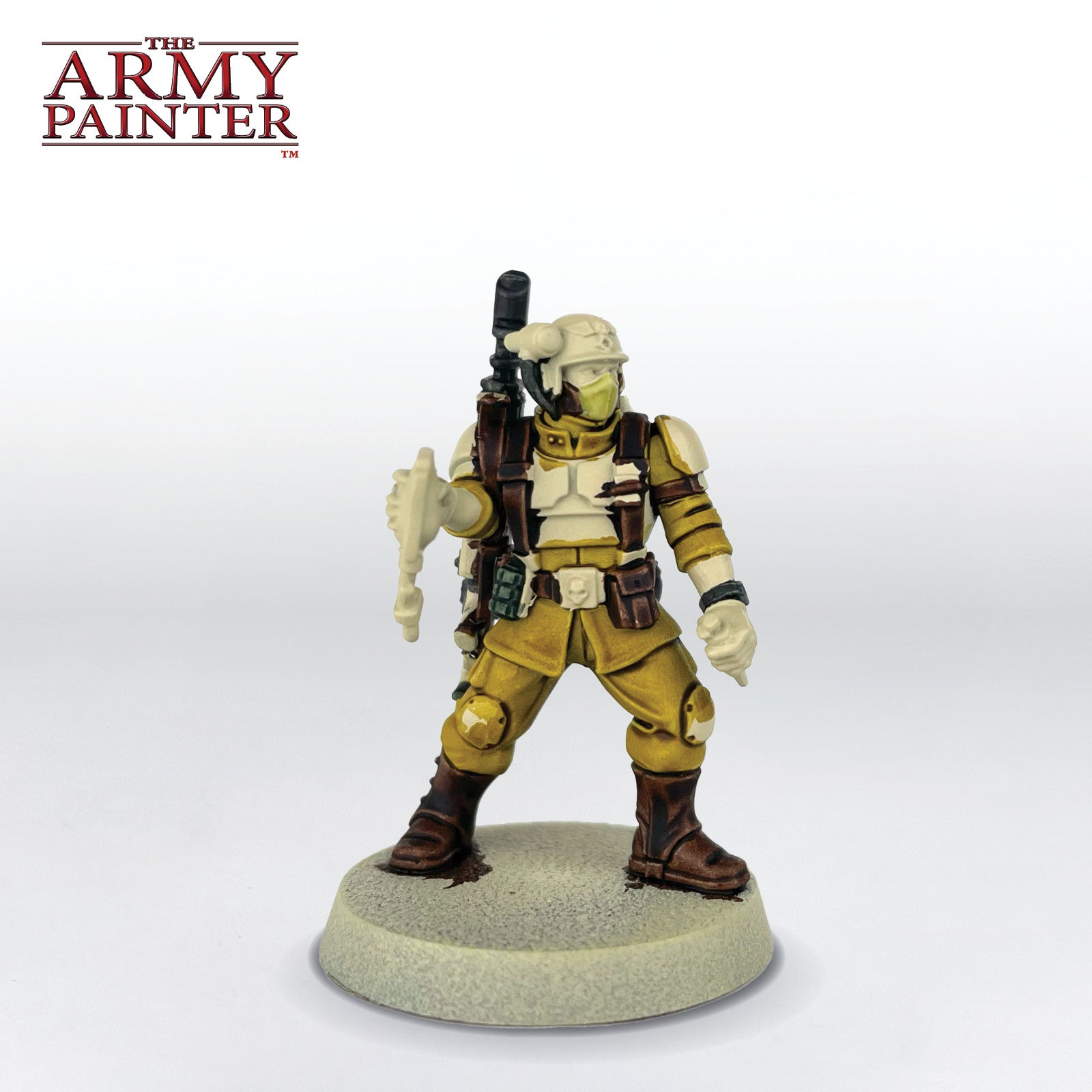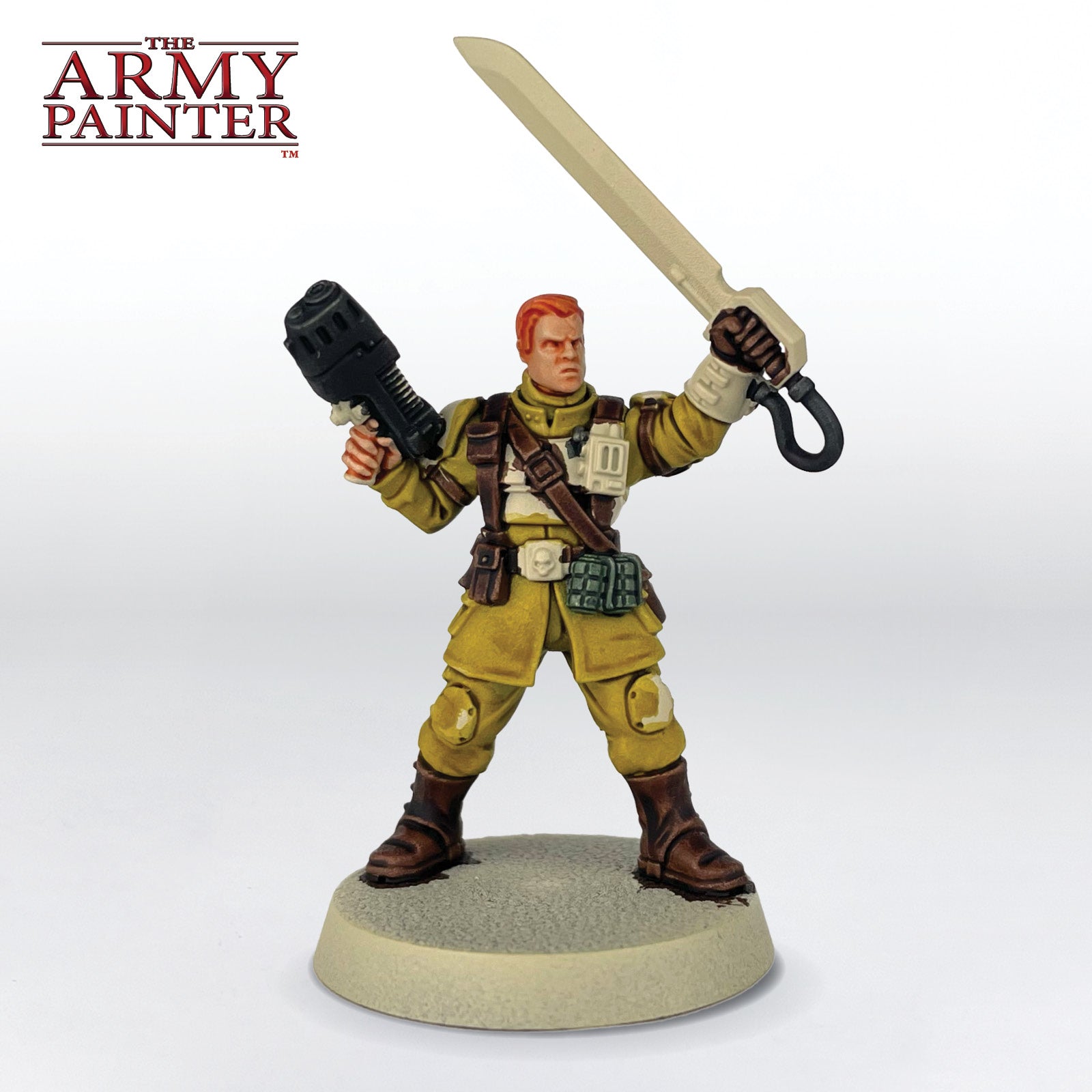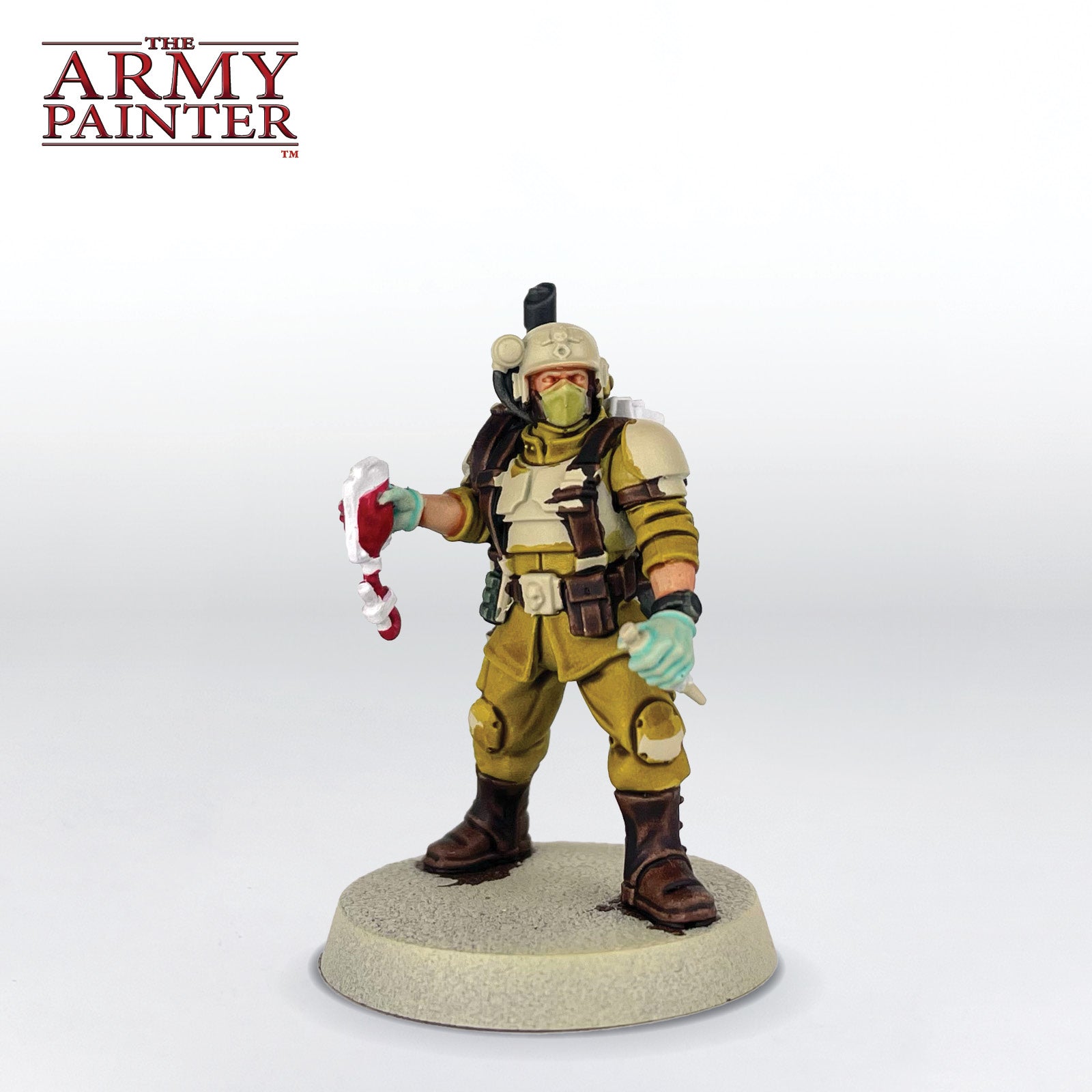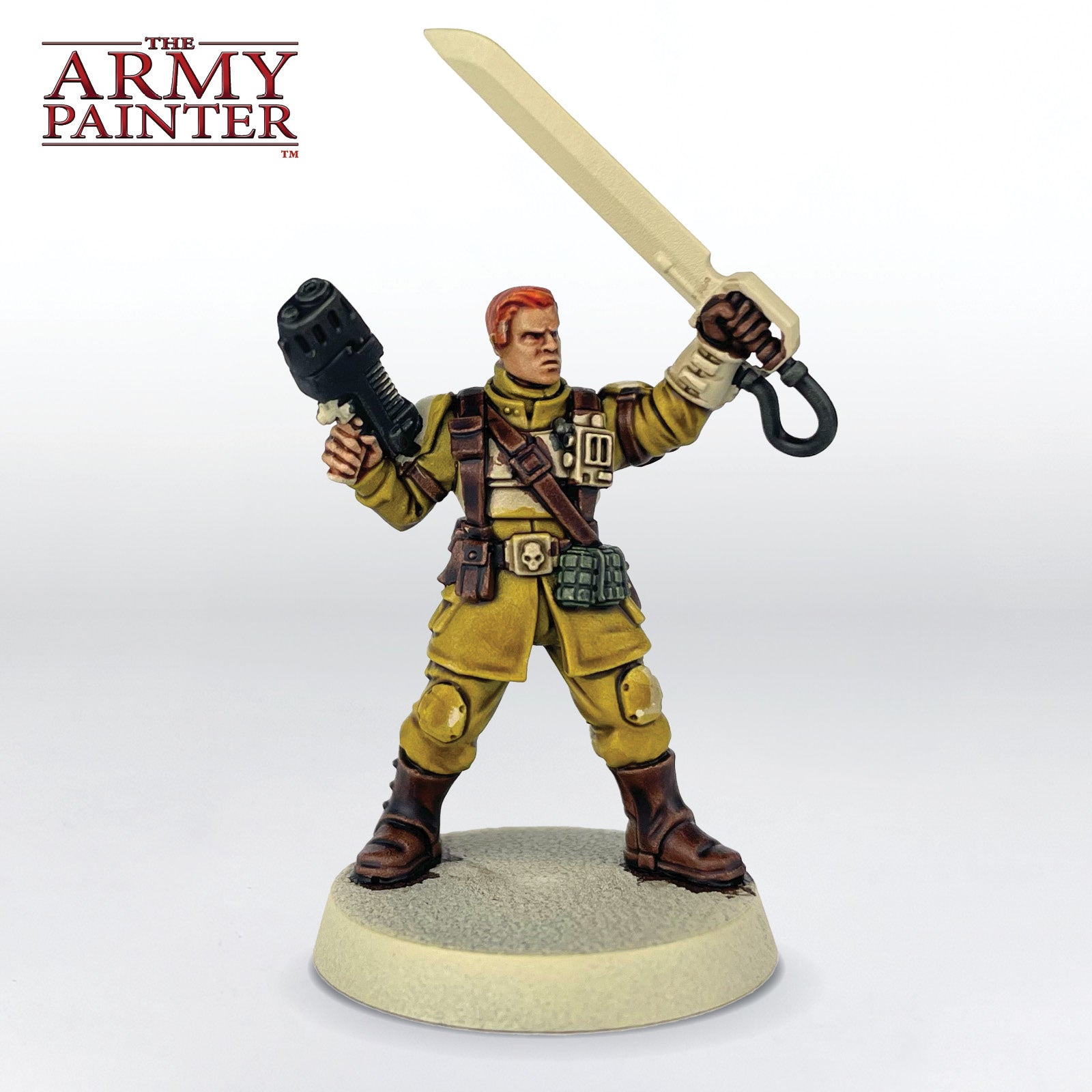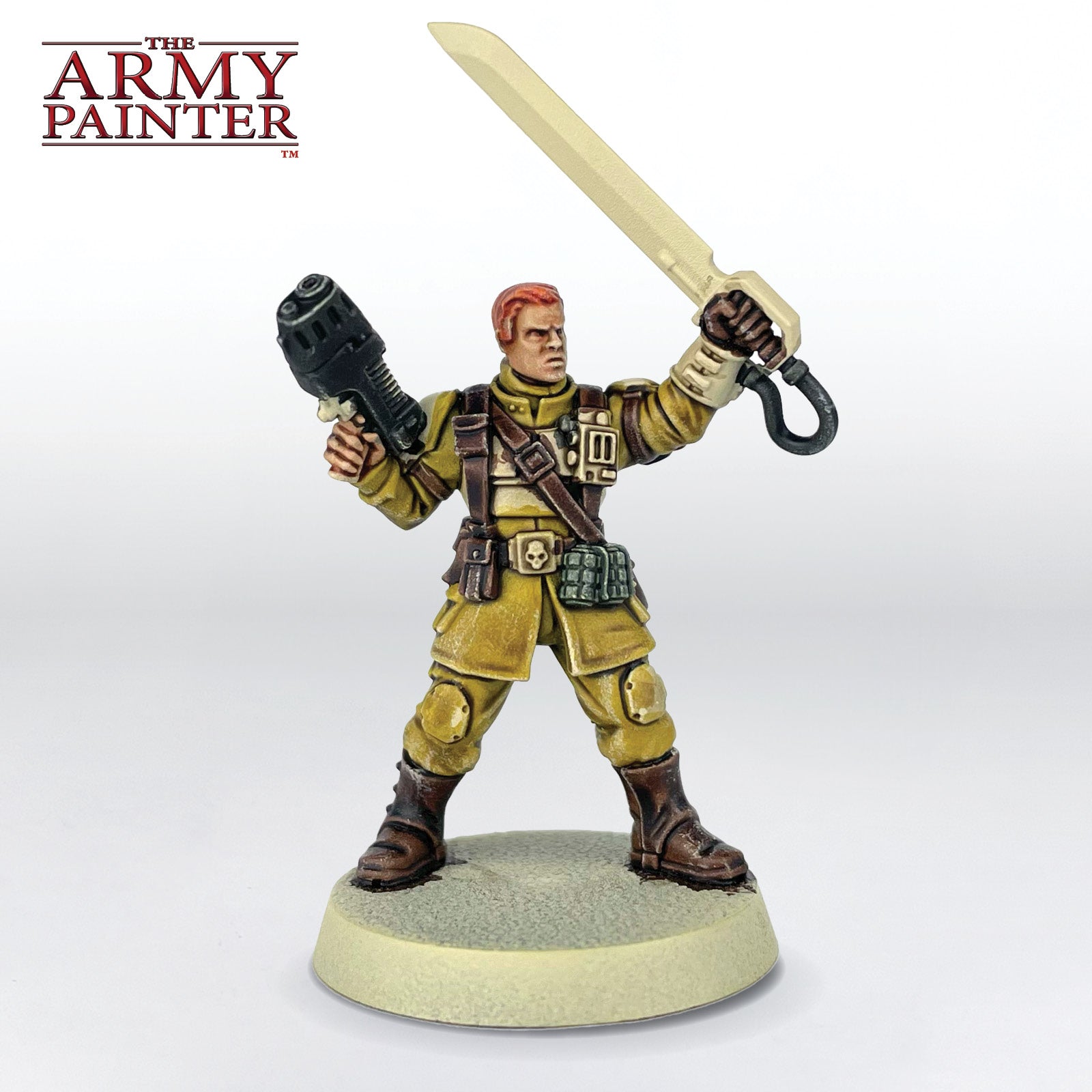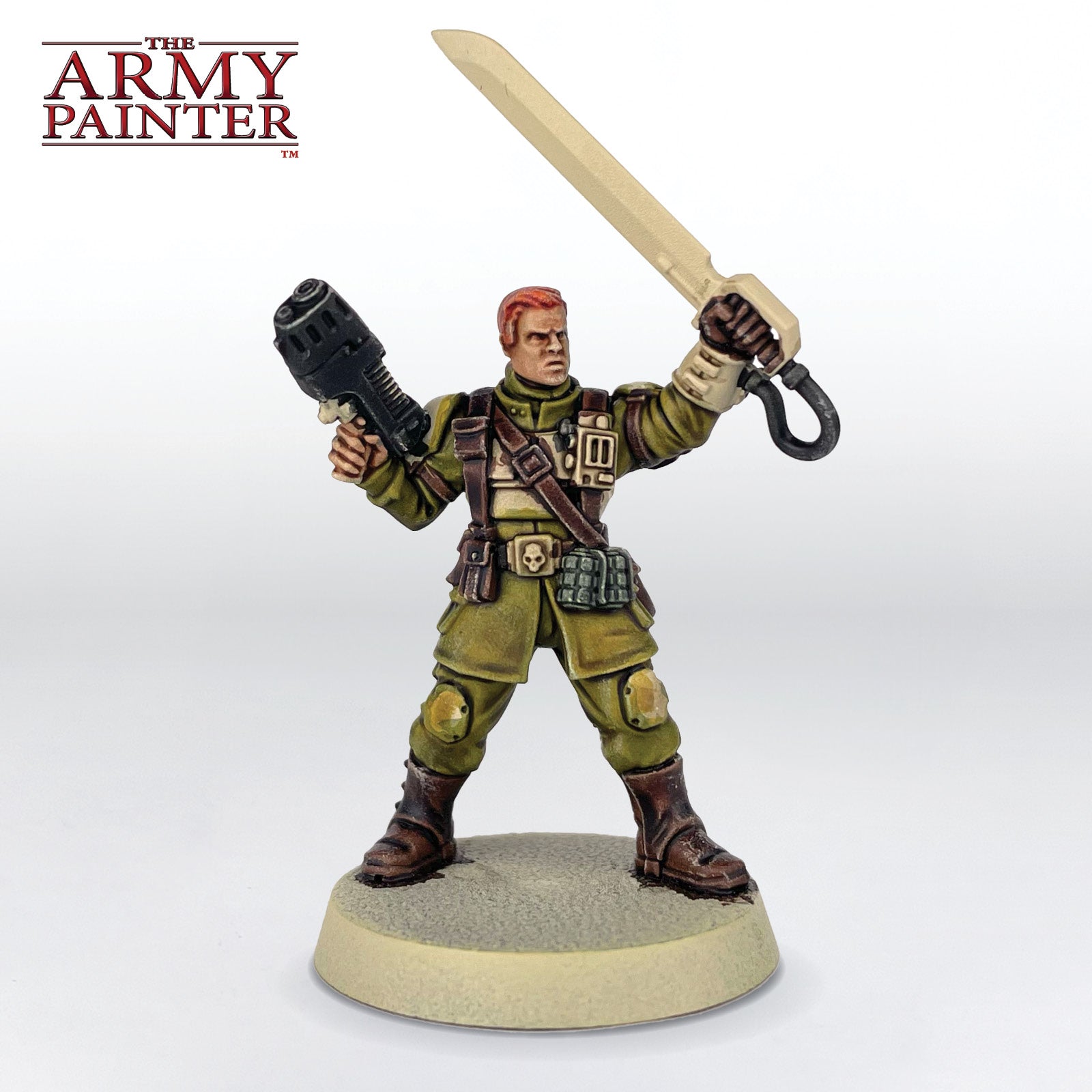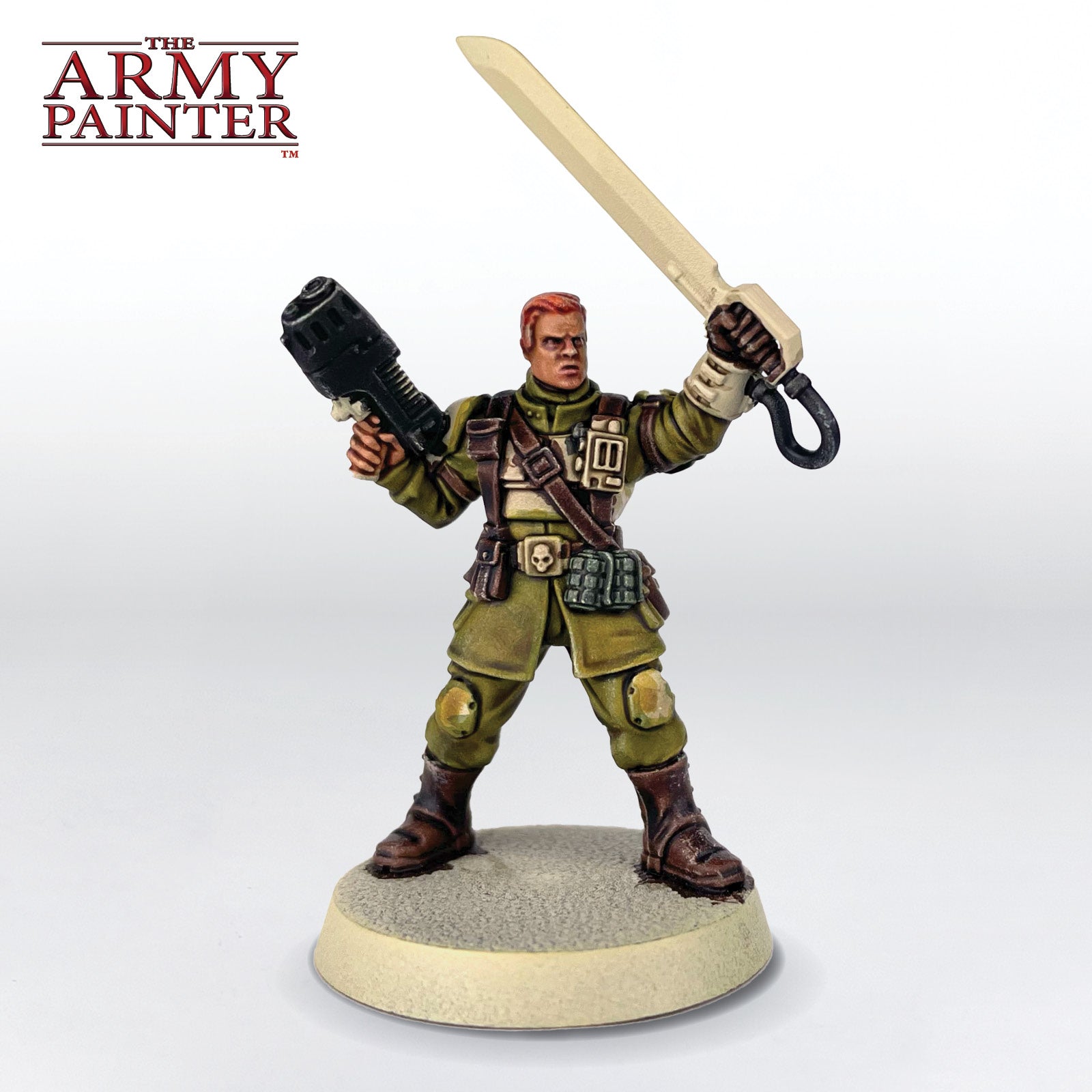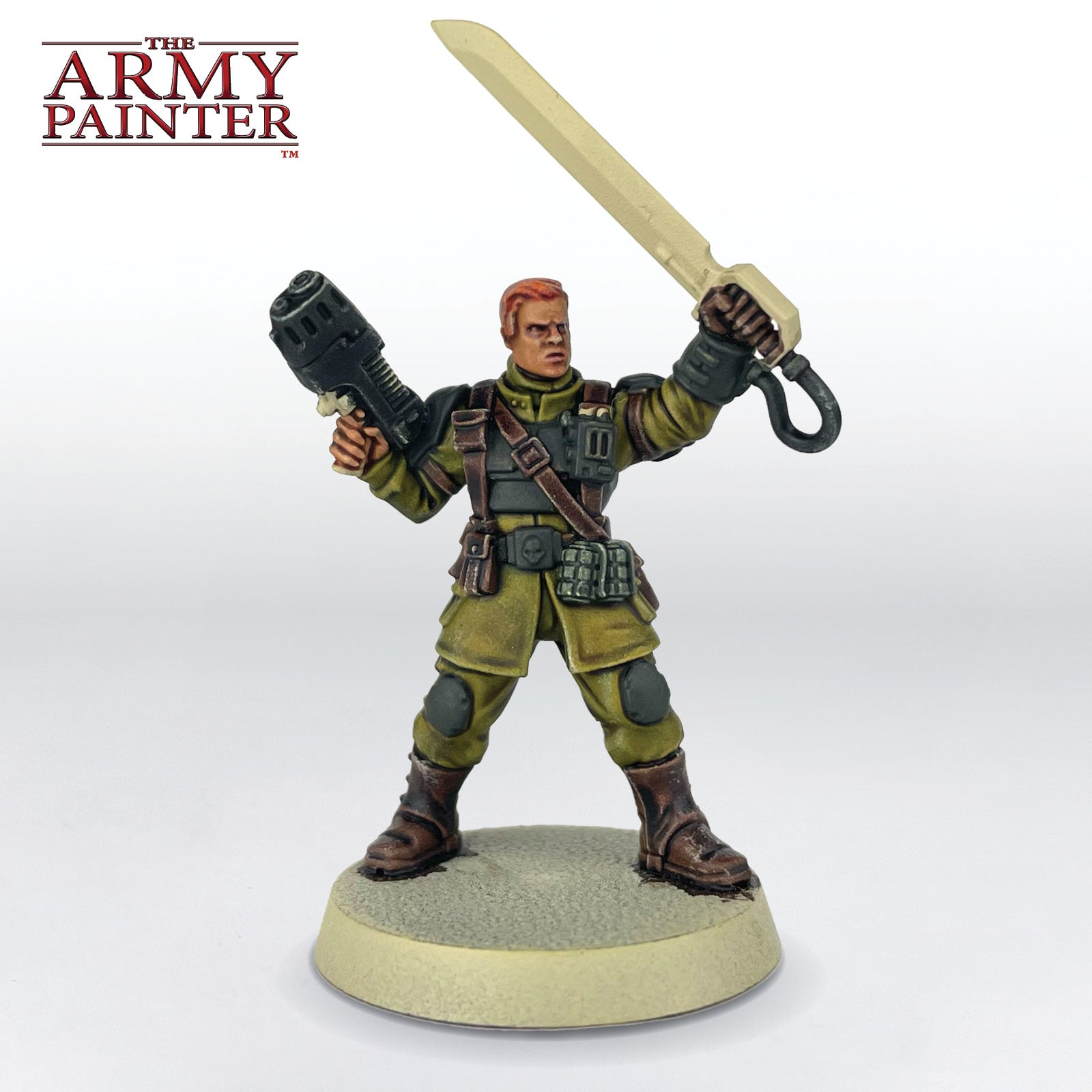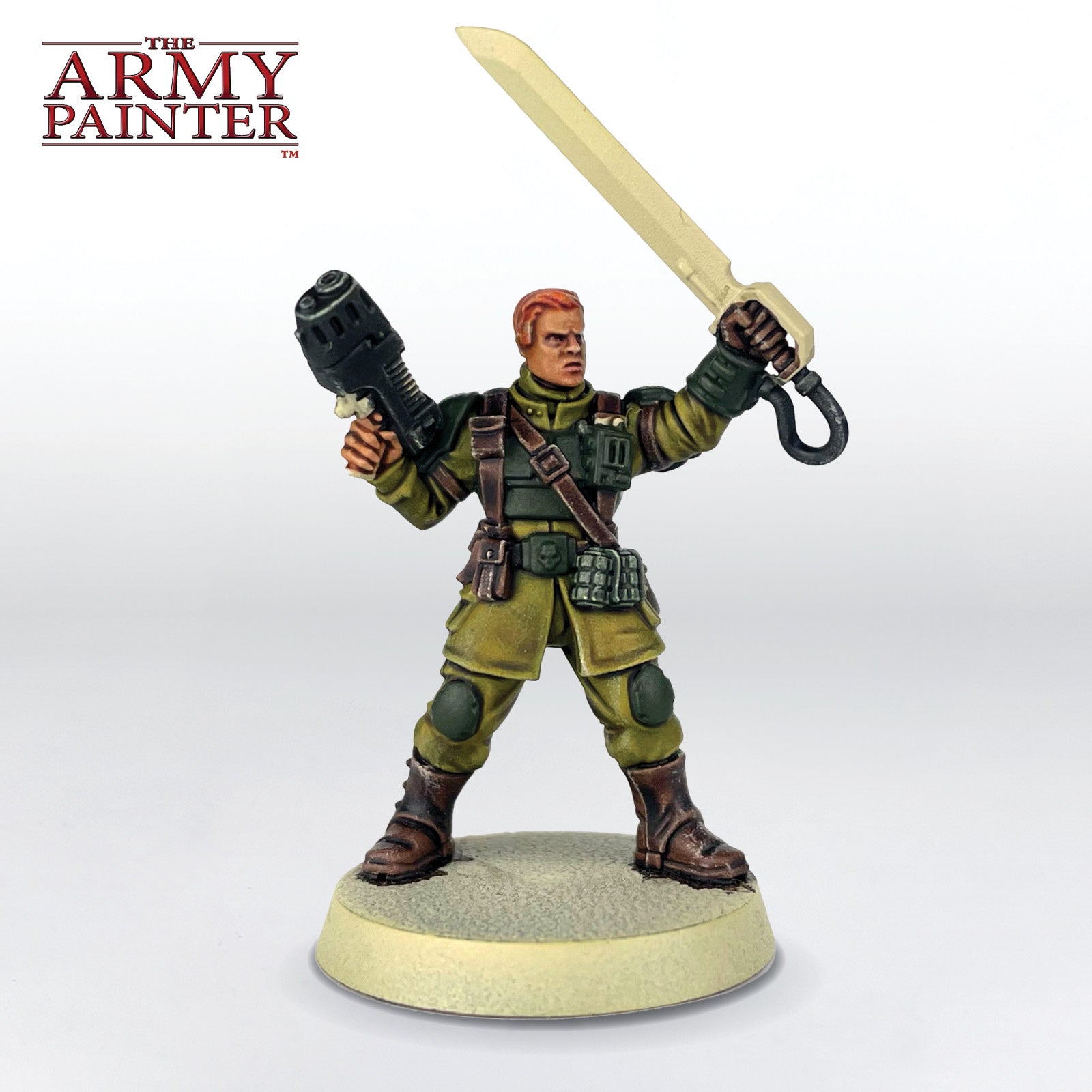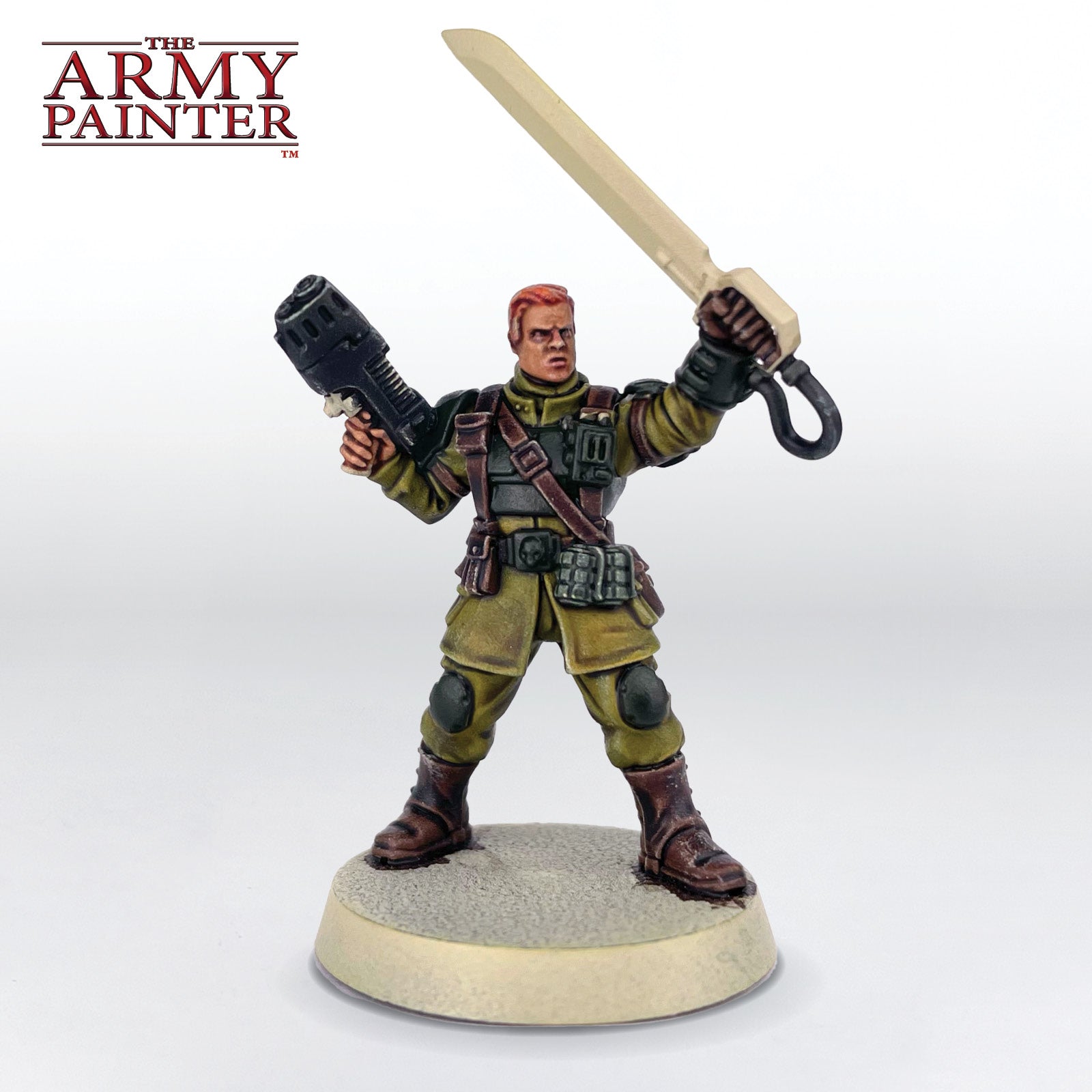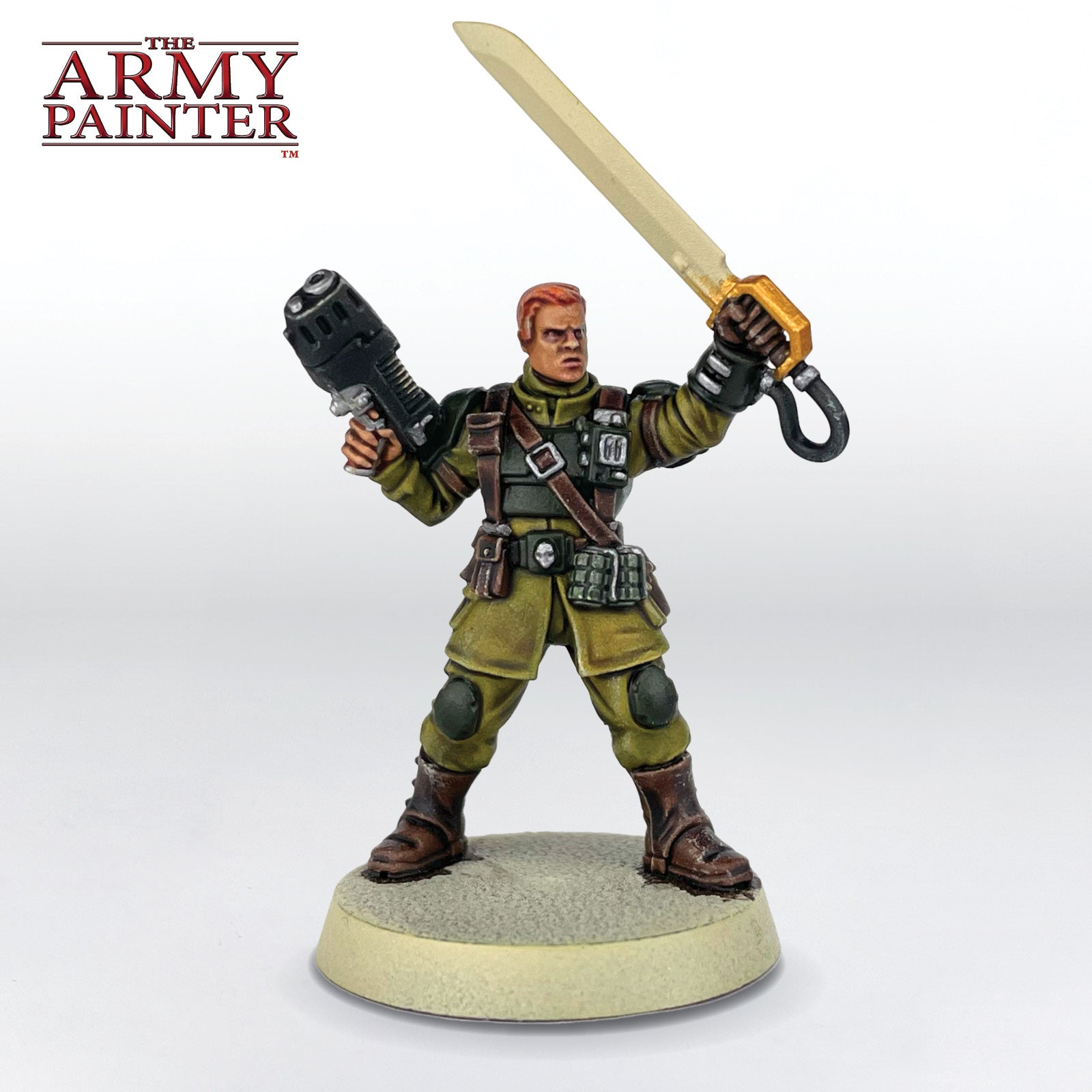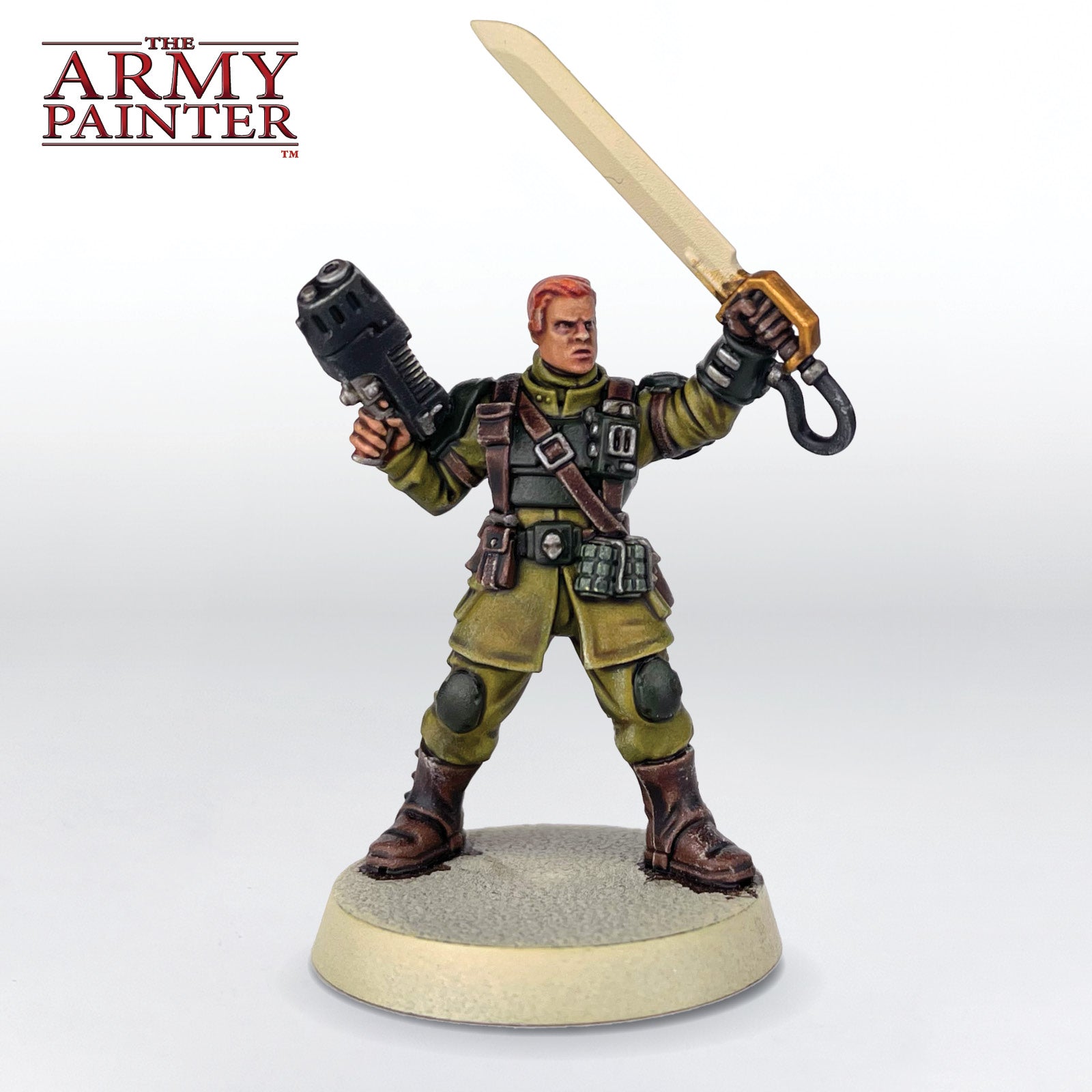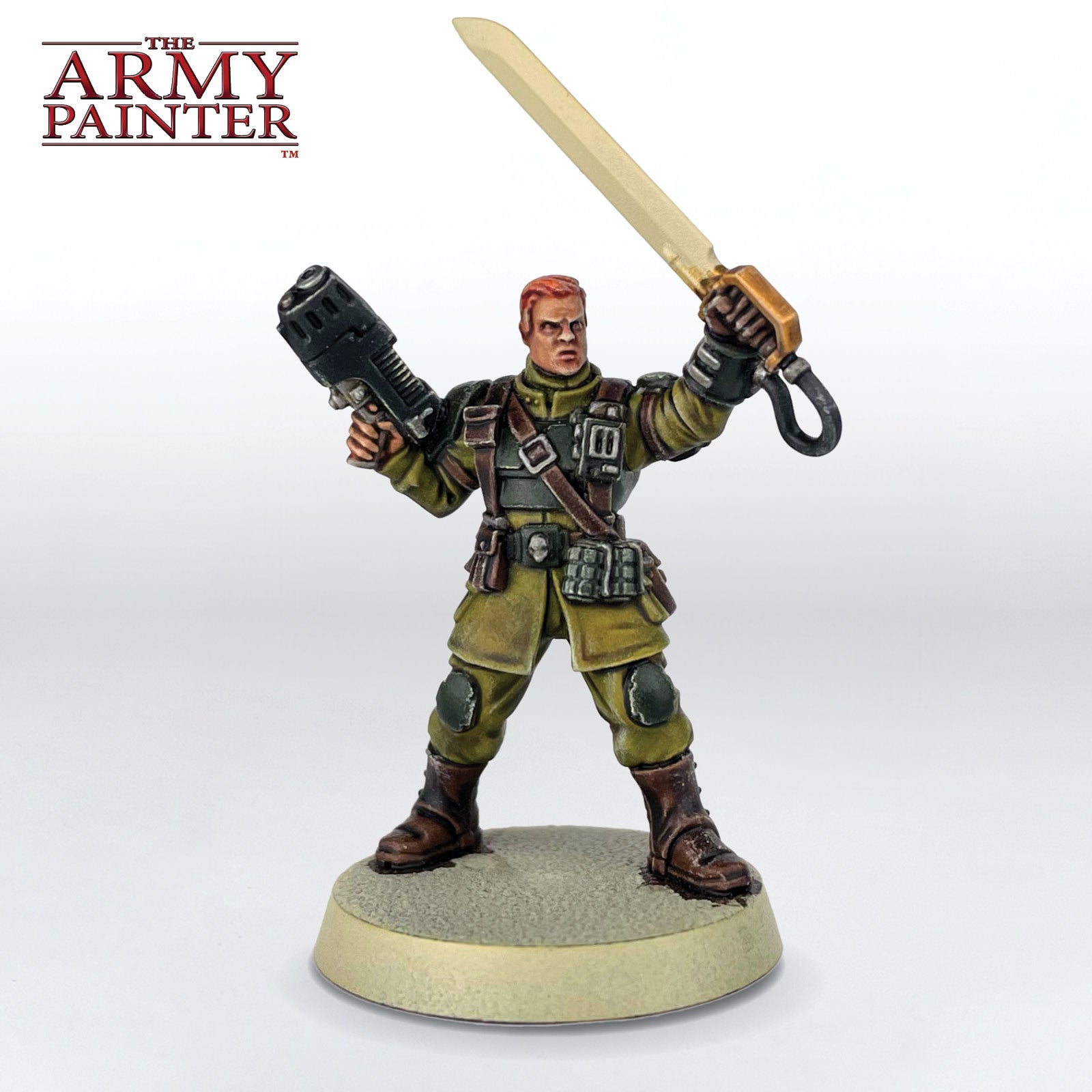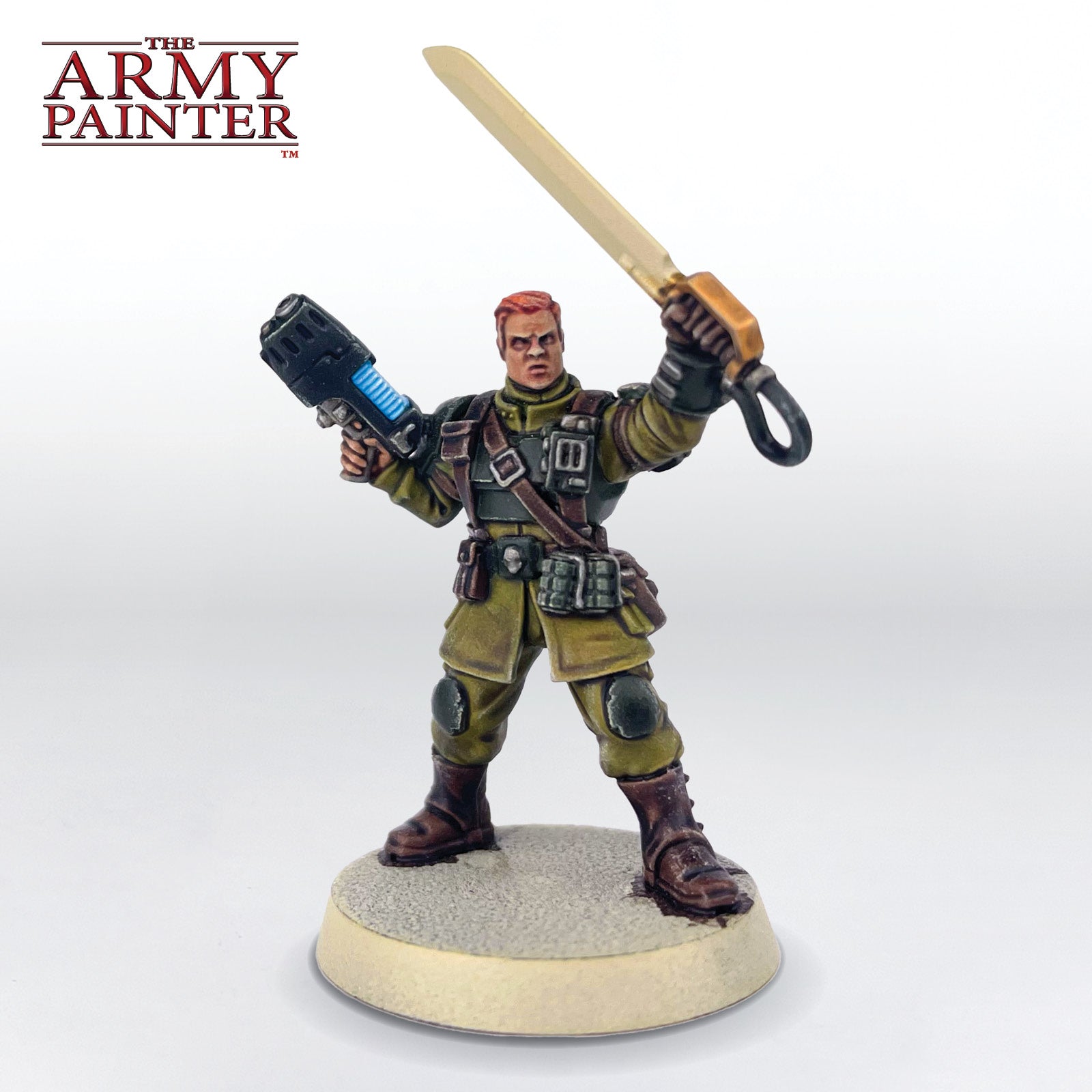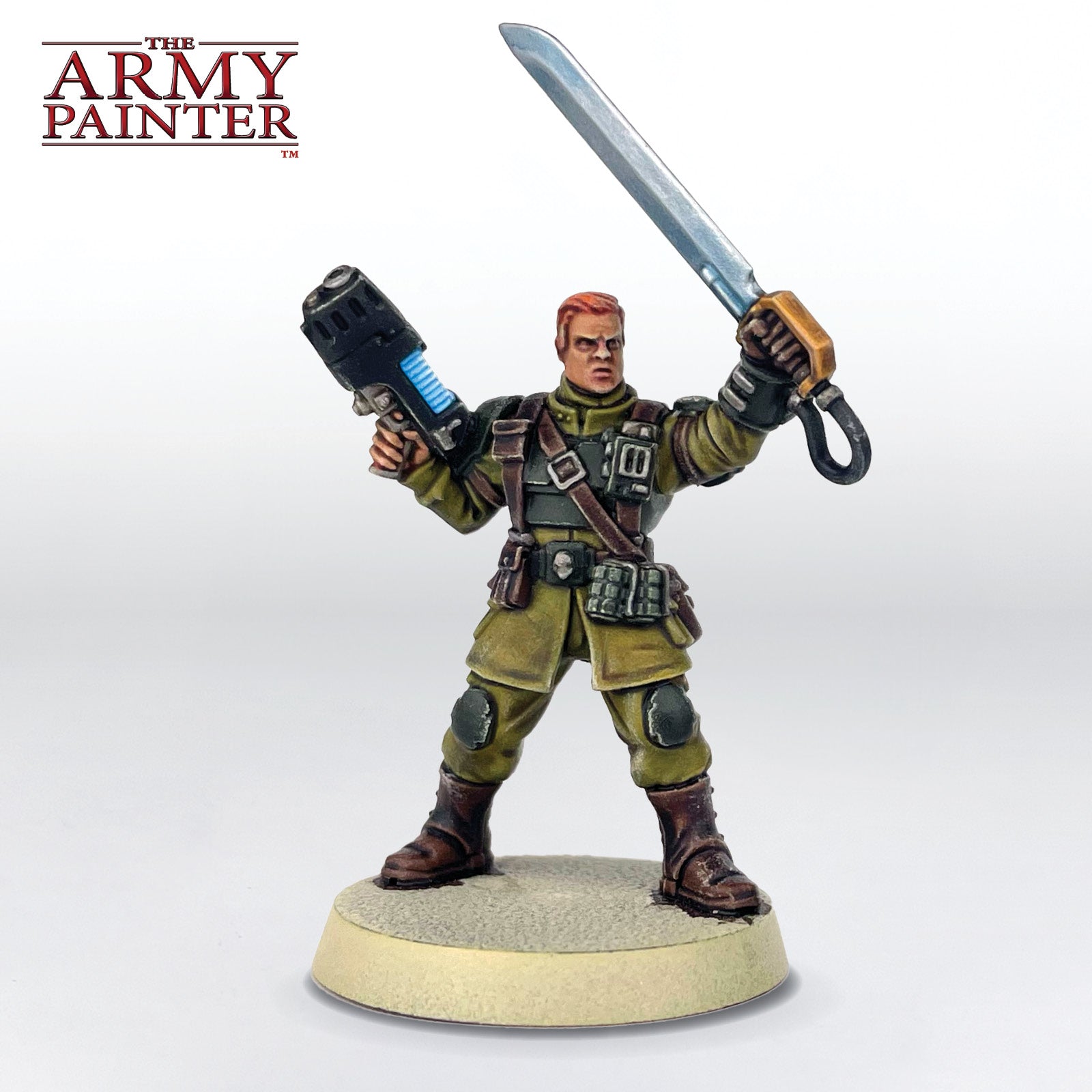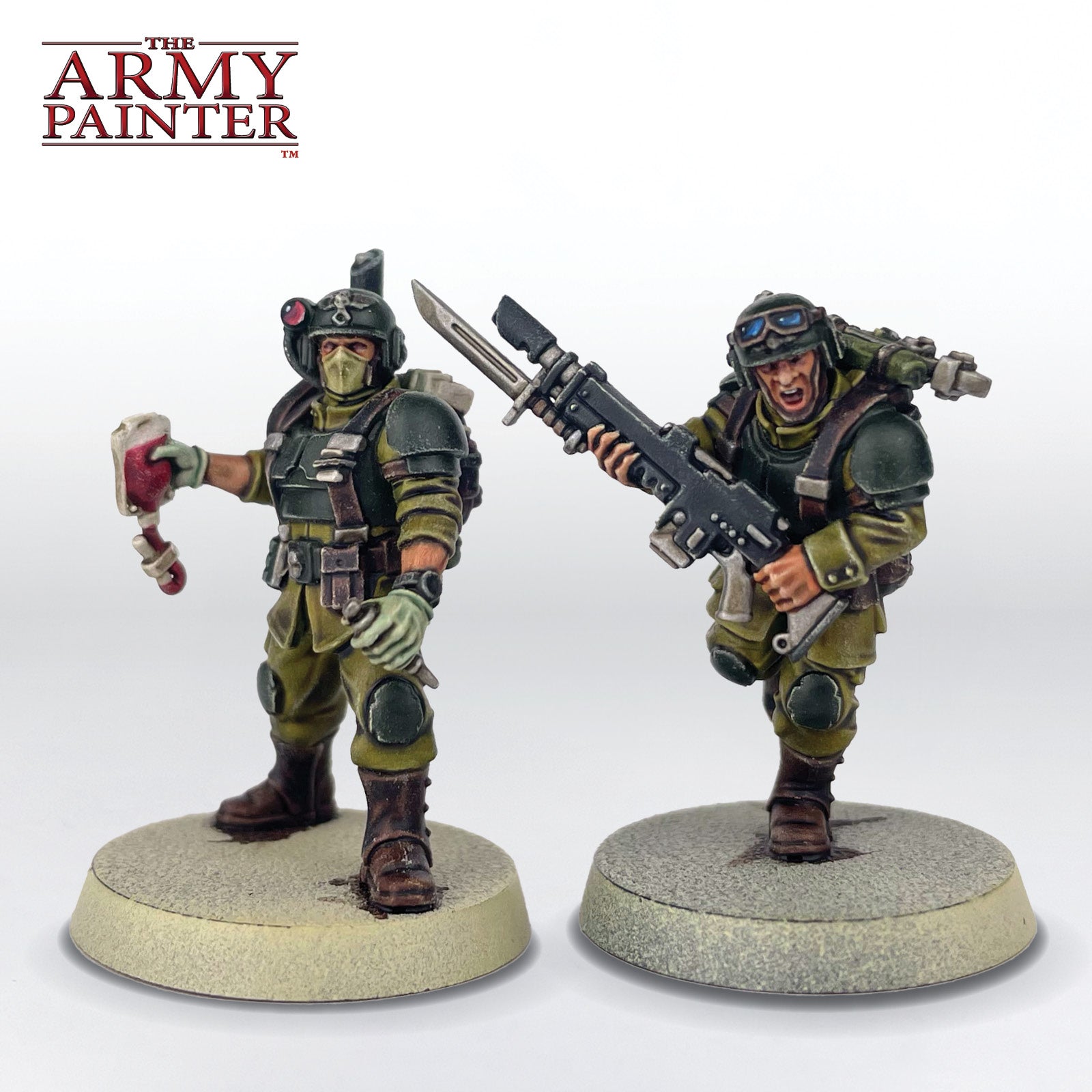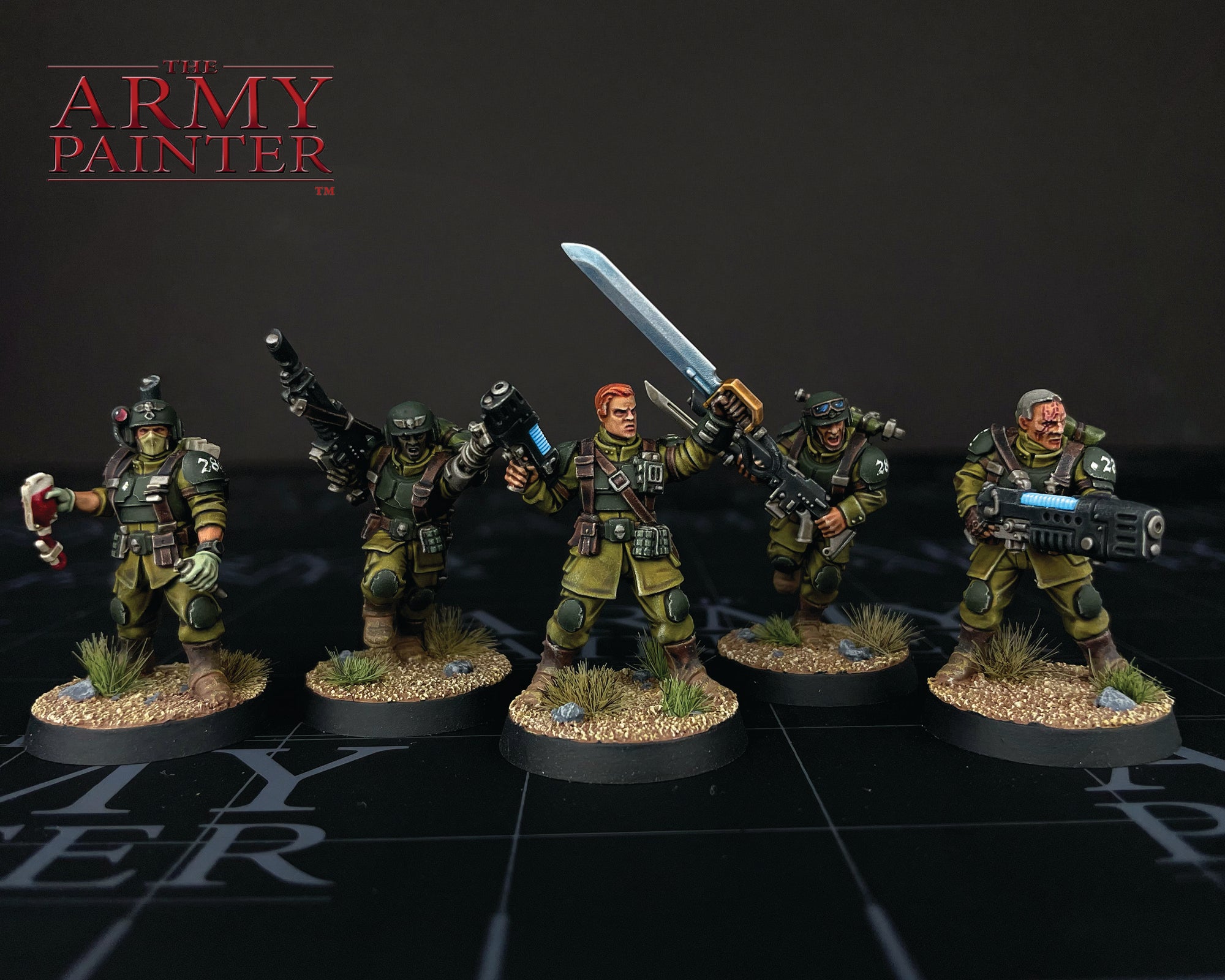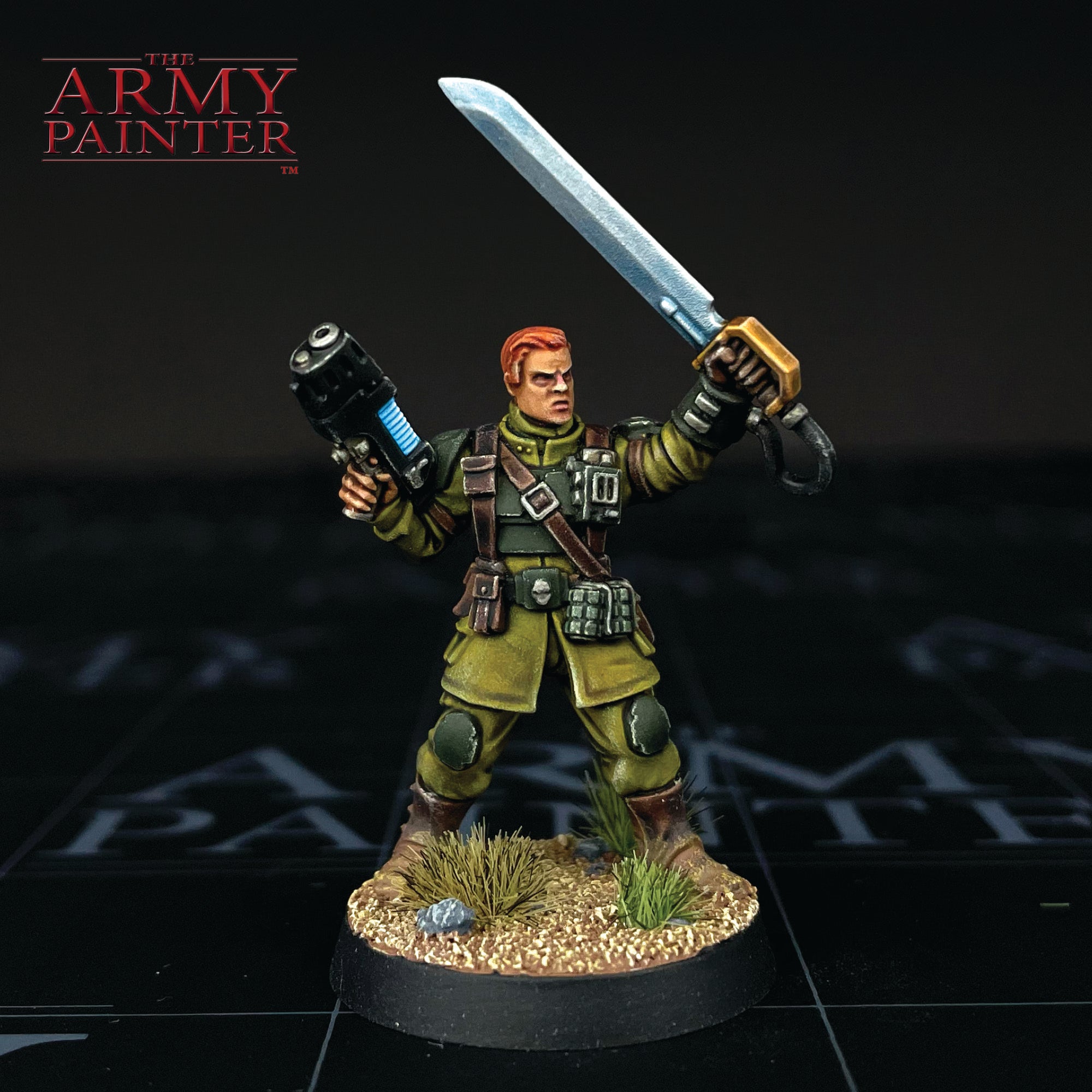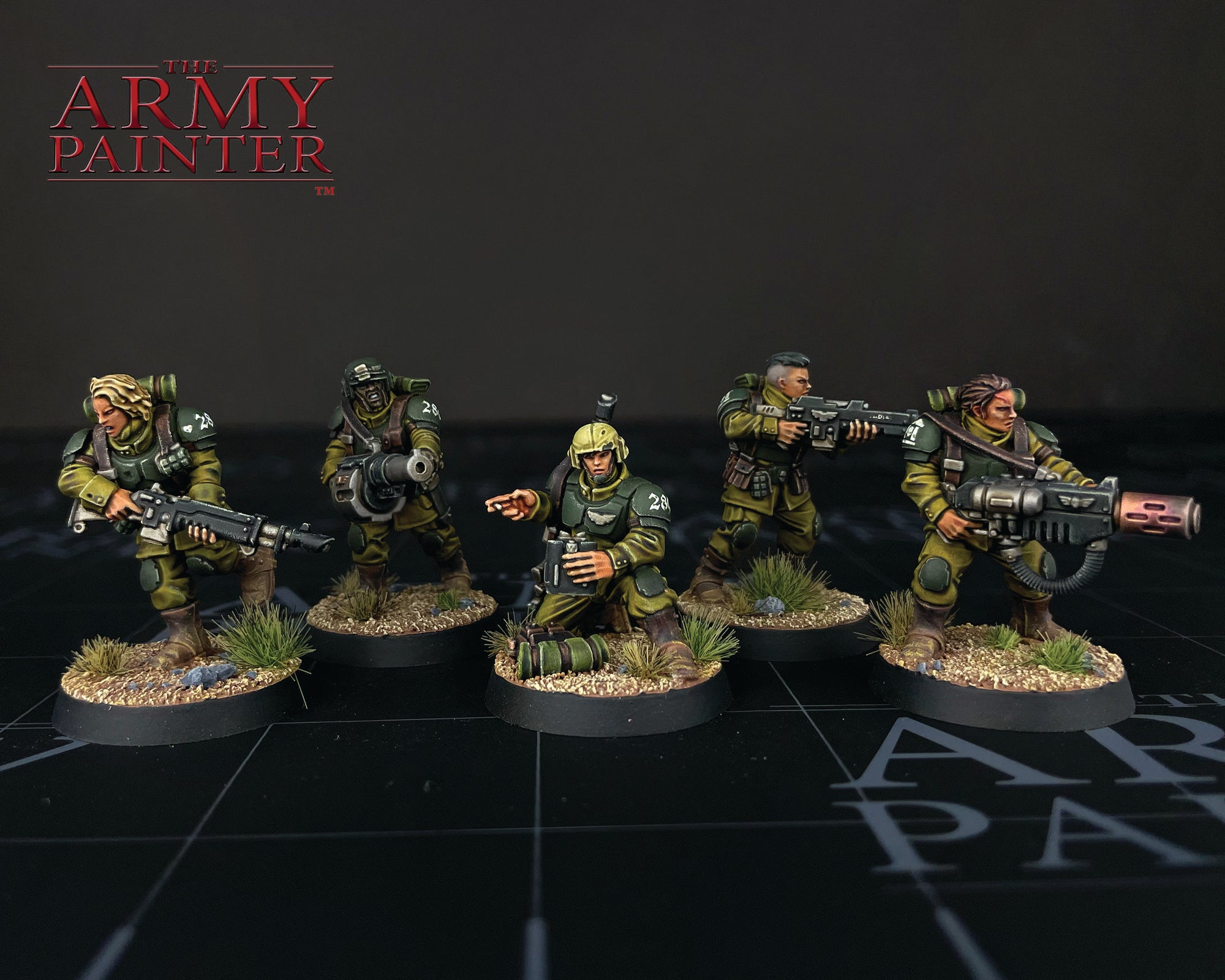How to Paint a
Cadian Guardsman
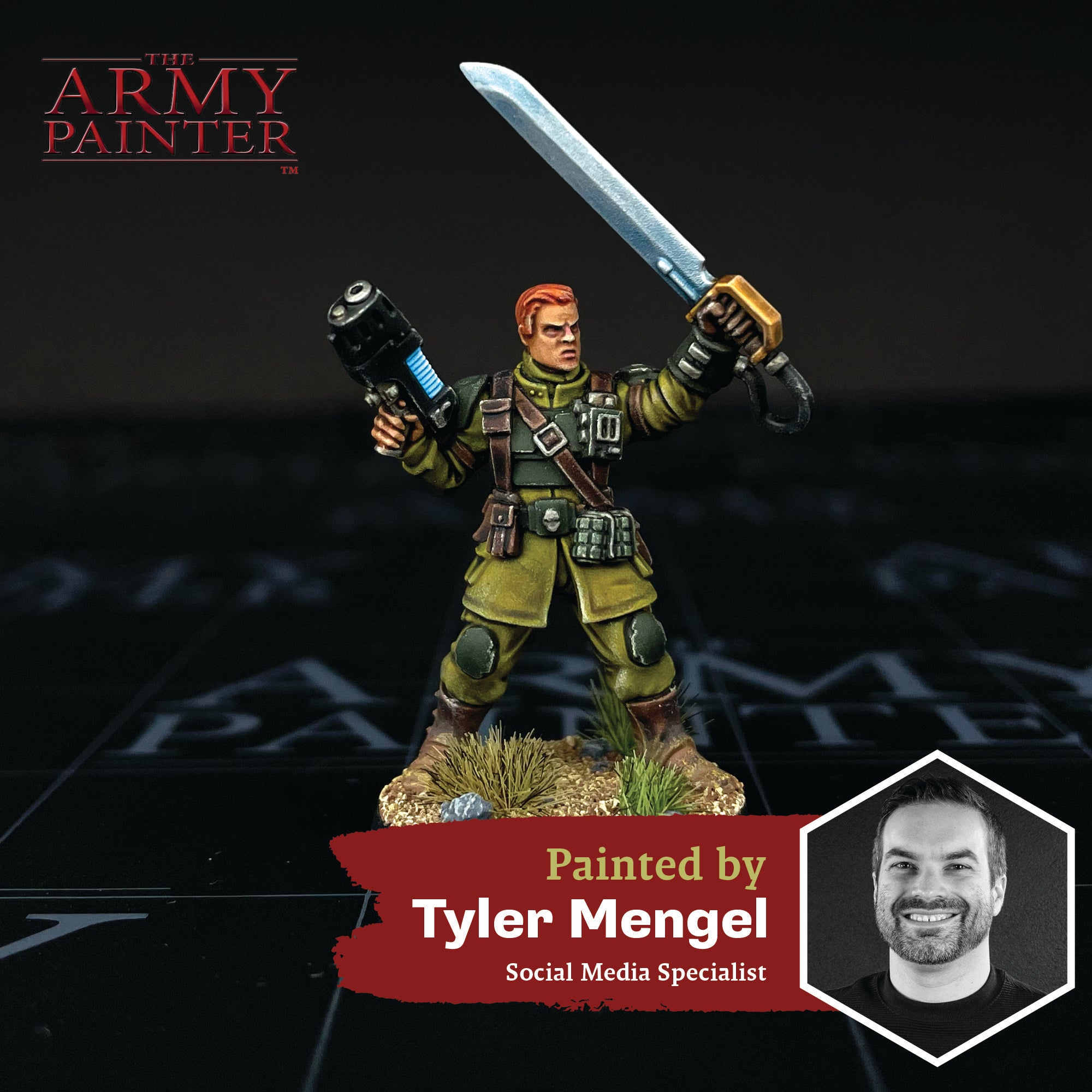
Welcome to the next instalment of The Army Painter Academy: a series where we break down how we paint a miniature step-by-step, complete with pictures for every bit of paint applied along the way.
This month Tyler Mengel joins us to show how he painted his all-green colour scheme on his Cadian Astra Militarum army for the Arena of Escalation. The backbone of the Imperium’s fighting forces in Games Workshop’s Warhammer 40,000 setting, the Astra Militarum, or Imperial Guard as they’re known, more than make up for their lack of elite training with their inexhaustible numbers. Who needs superhuman skills or superior armour when you can just throw more bodies at the problem? These armies then tend to require a lot of models, which can be quite daunting, but not when you approach it with Speedpaint, a dryrbush, and the unbreakable spirit of the famed Cadians themselves.
Tyler: When I first started my Astra Militarum I had one main goal in mind – speed. I knew a Guard army would include a lot of infantry and tanks, much more than I am used to painting in fact, as I usually pick more elite armies that favour my slower, more methodical painting style. Sometimes, I like to pick challenges or new ways of painting when starting a new project though, so I can learn something new, or even just try my hand at it. For these guys that meant finding a way to paint a lot models quickly, but still be happy with them as a whole.
Luckily, that was easy, with a combination of Speedpaint, drybrushing, and some selective Washes. I decided to go for a colour scheme that was mainly varying shades of green. This was definitely not influenced by a recent re-watch of Band of Brothers at all. Definitely not. I ended up going with a Warpaints Air colour for the armour, despite applying it with a brush, so that it would match my tanks, which I planned on tackling with an airbrush. This whole process was a rather unique way of painting for me and was actually influenced by how I’ve started to paint scenery. Apply a bunch of basecoats, in this case with Speedpaint, do an all-over wash, and then an all-over drybrush! This grimy and dusty look is perfect for an Astra Militarum army that’s been out in the field for weeks on end and is quick and easy to do, especially on groups of 5 models at a time.
My process has evolved a bit since the first unit many months ago, finding better ways to apply certain colours for a cleaner look and adding in a few more details here and there, but it’s still super-fast, allowing me to knock out 10 guys in a week easily! I’m looking forward to adding more to this army in the future since it’s so quick and easy.
This tutorial is broken down into Stage 1, which has most of the initial Speedpaint applications, then Stage 2, before moving onto more specific colour segments. Each section is further broken down into manageable steps by applying one colour at a time. If you’re on a desktop, simply click the arrows at the bottom of each section to scroll through the steps or scroll to the side on your mobile phone.
Let's get painting!
With that, your model is done!
Transfers were applied to all the models and then they were weathered with a bit of sponge and some Warpaints Air Militia Green for chipping, and a bit of Warpaints Fanatic Wash Strong Tone in a splotchy pattern for dirt and grime.
These models were based in a simple dirt and grass scheme, with some of the colours used for the dirt applied thinly to their boots to further emphasize their rough and rabble appearance and tie them into the basing, but you can use whatever basing scheme suits your collection.
With that, your models are done and ready to take to the field of battle in the grim darkness of the far future!
Be sure to tell us what you thought of this tutorial format, if you have any suggestions for improvements in the future, or even which models you want us to tackle.
If you paint your own model following one of these guides, tag it with #thearmypainteracademy to share your work!
